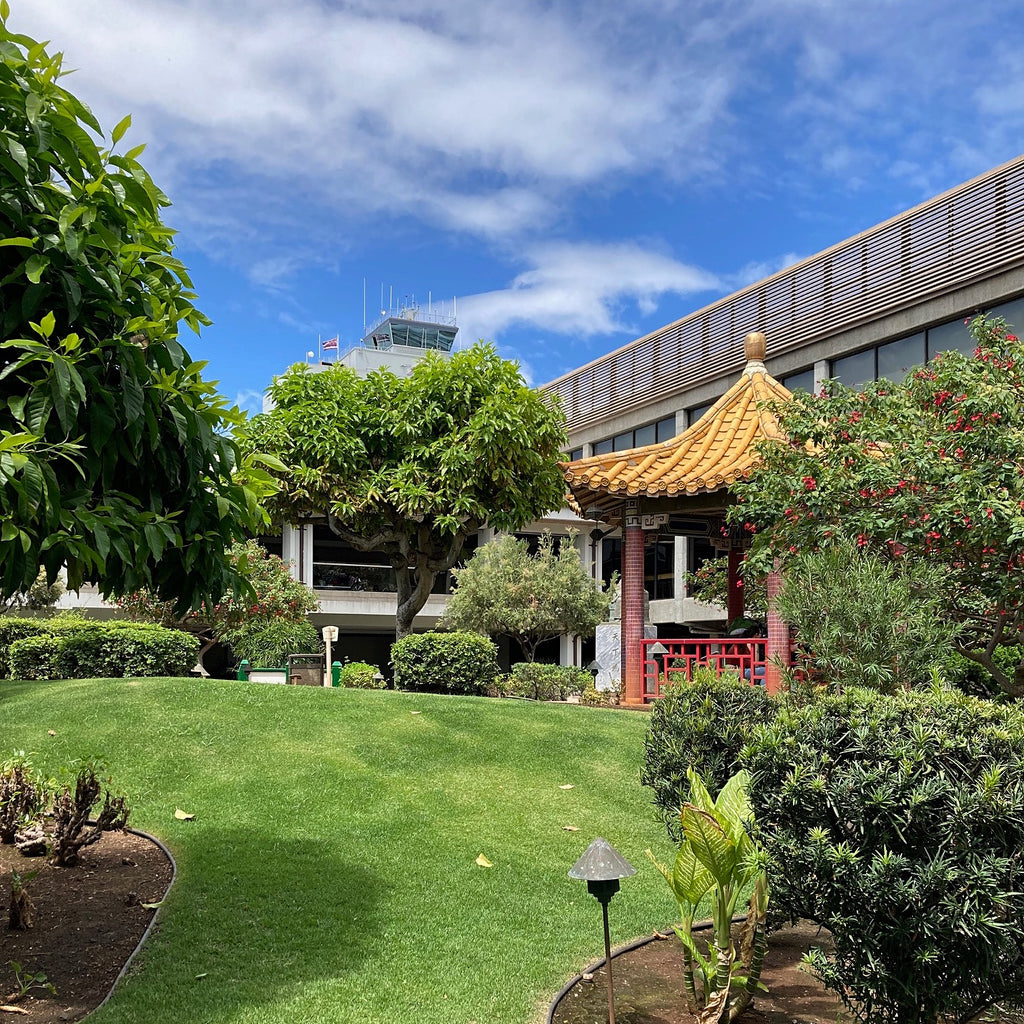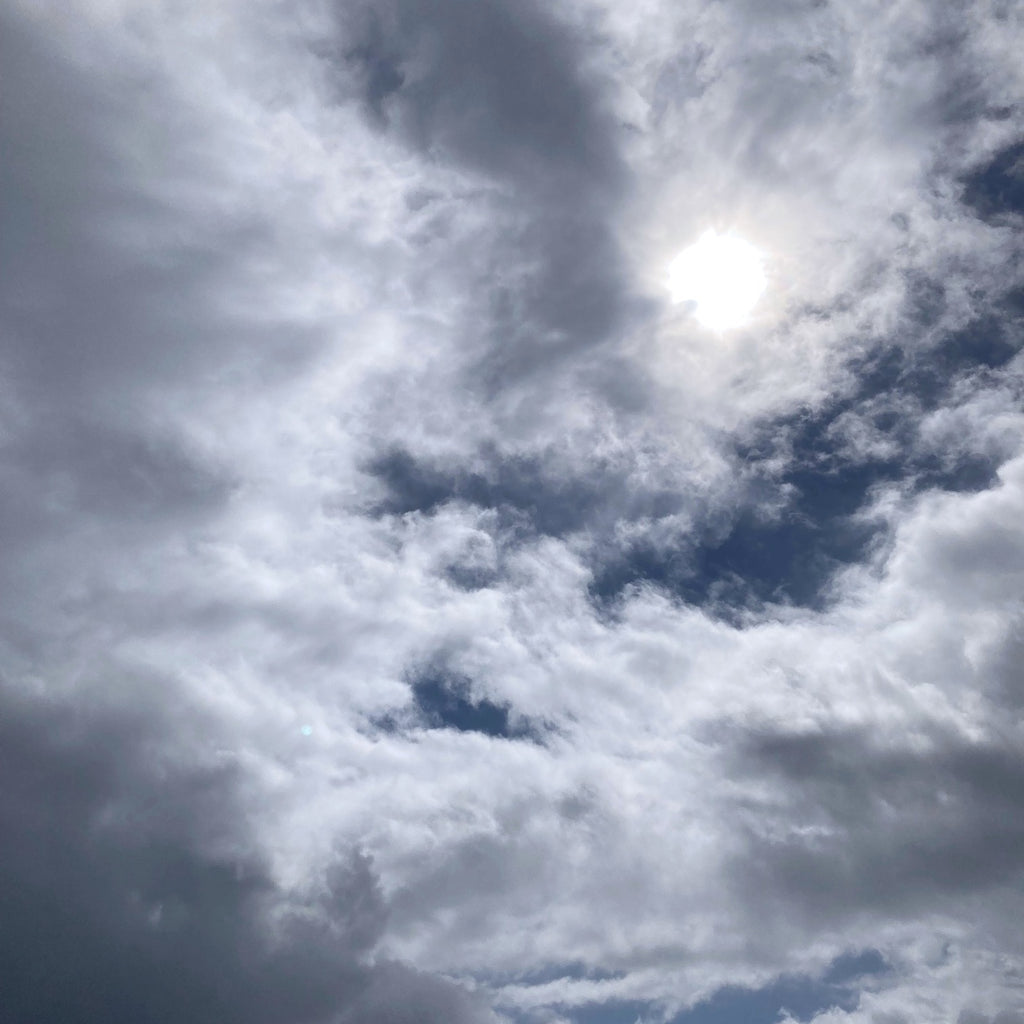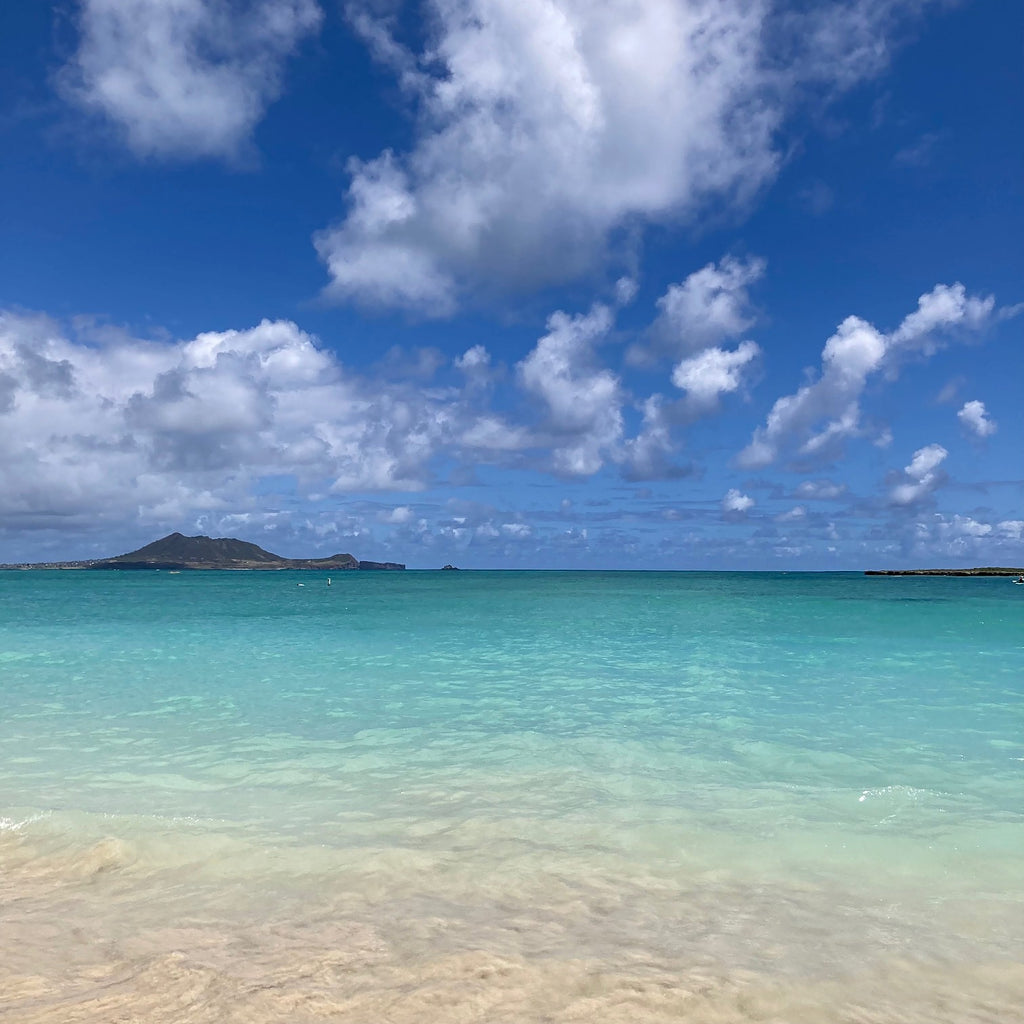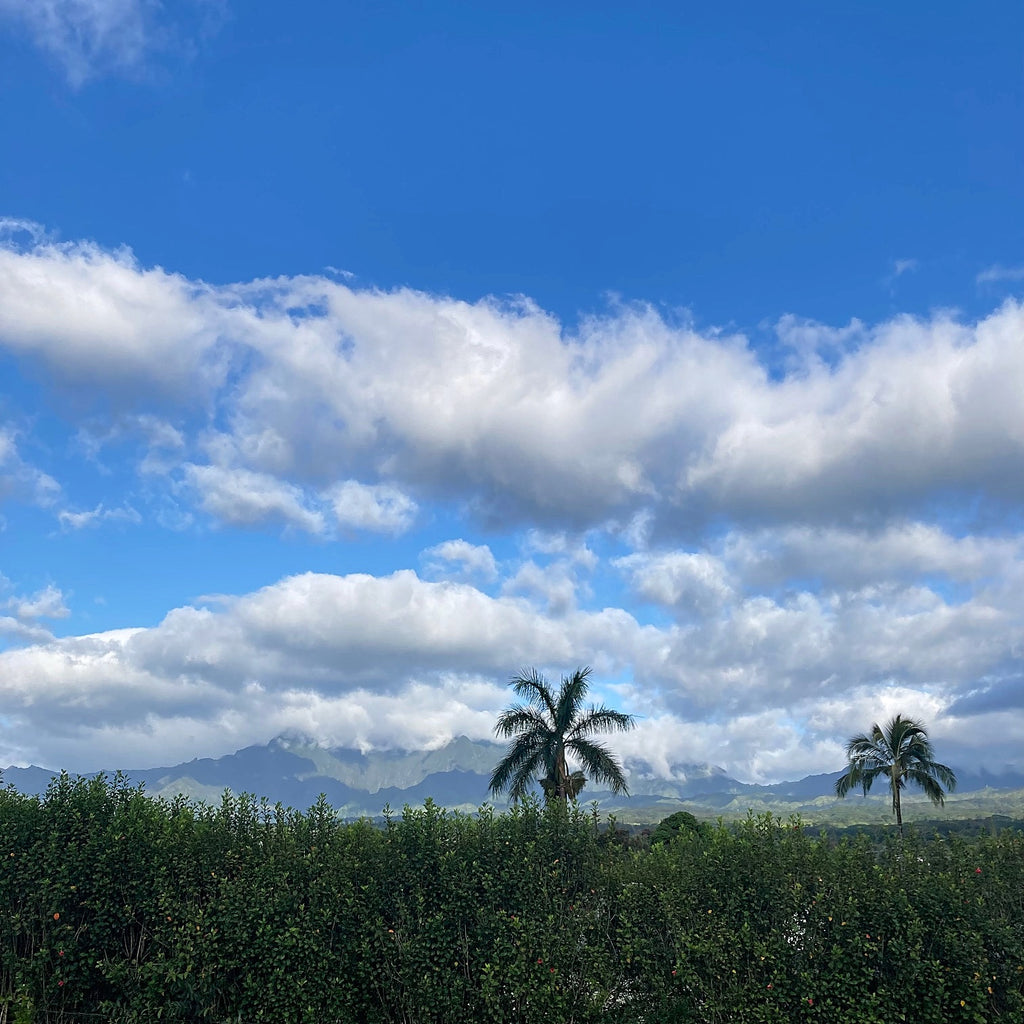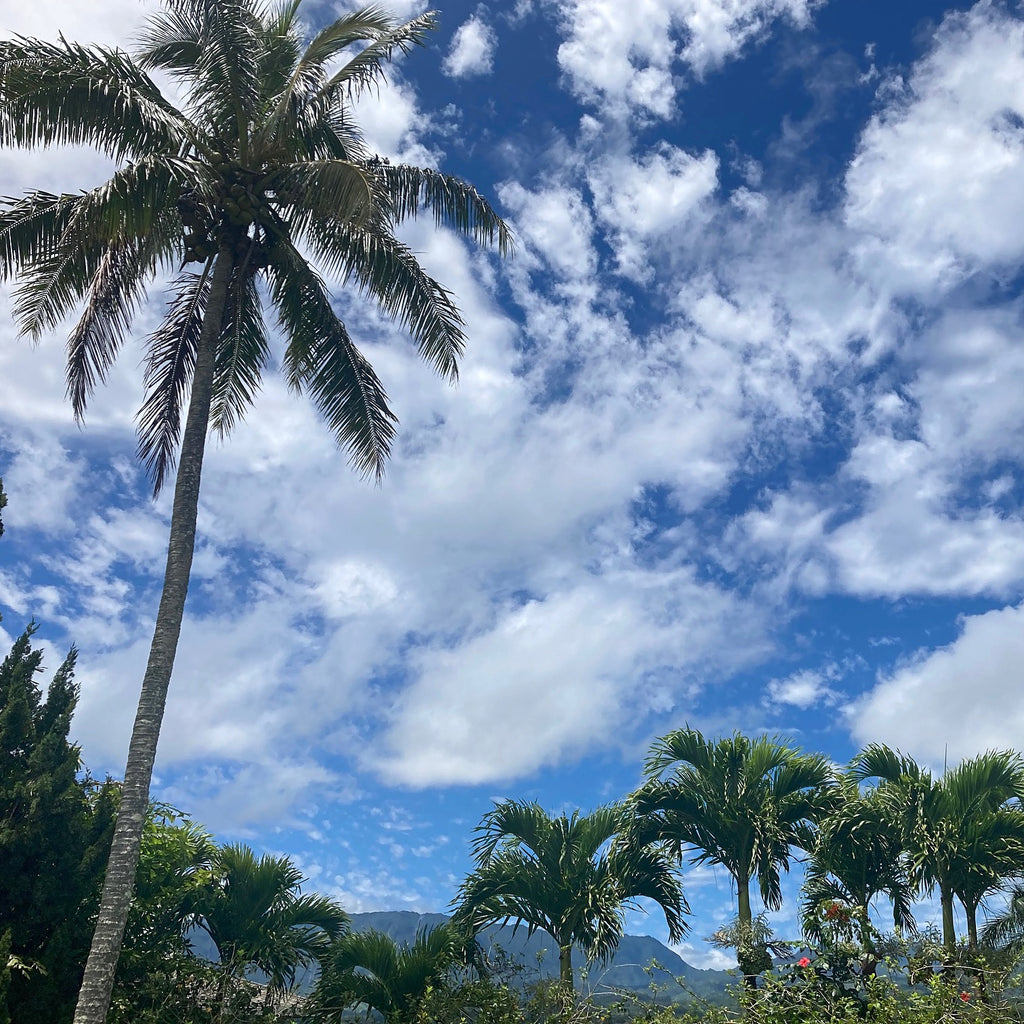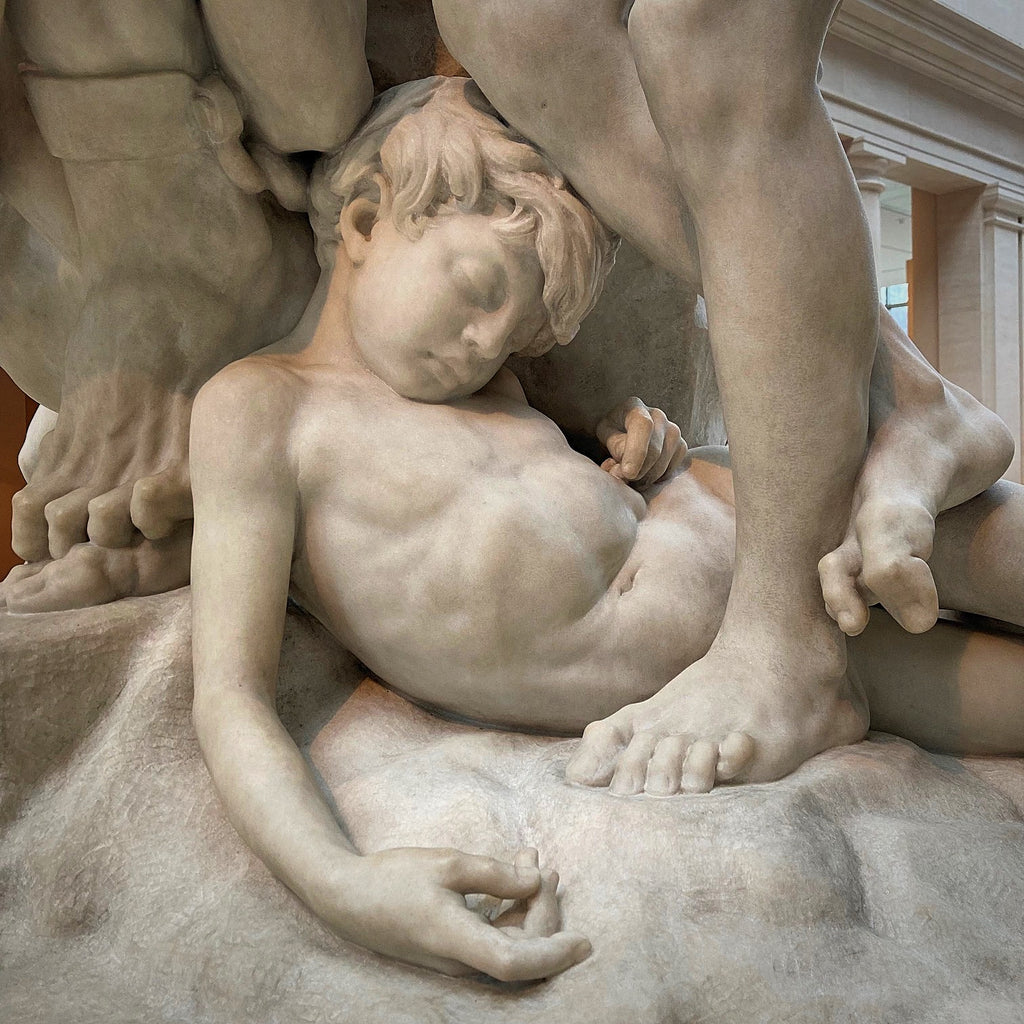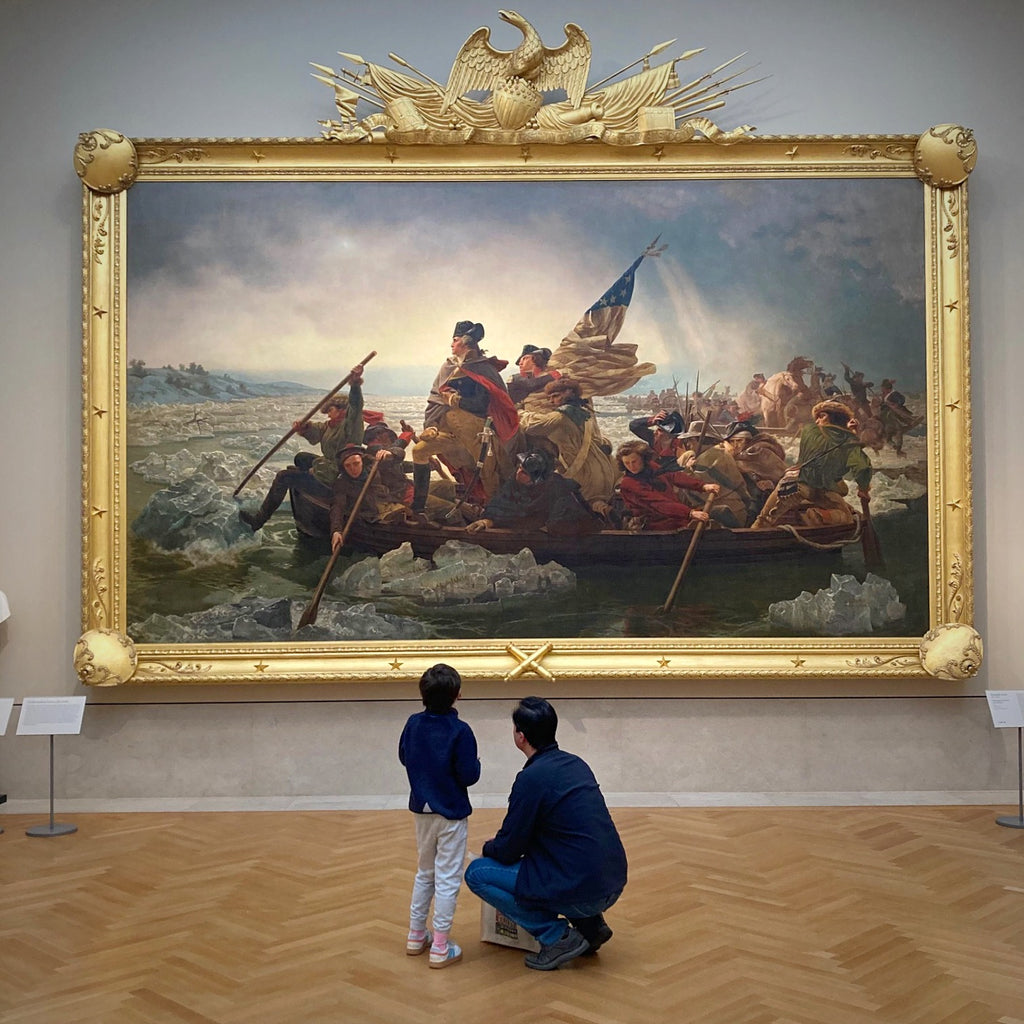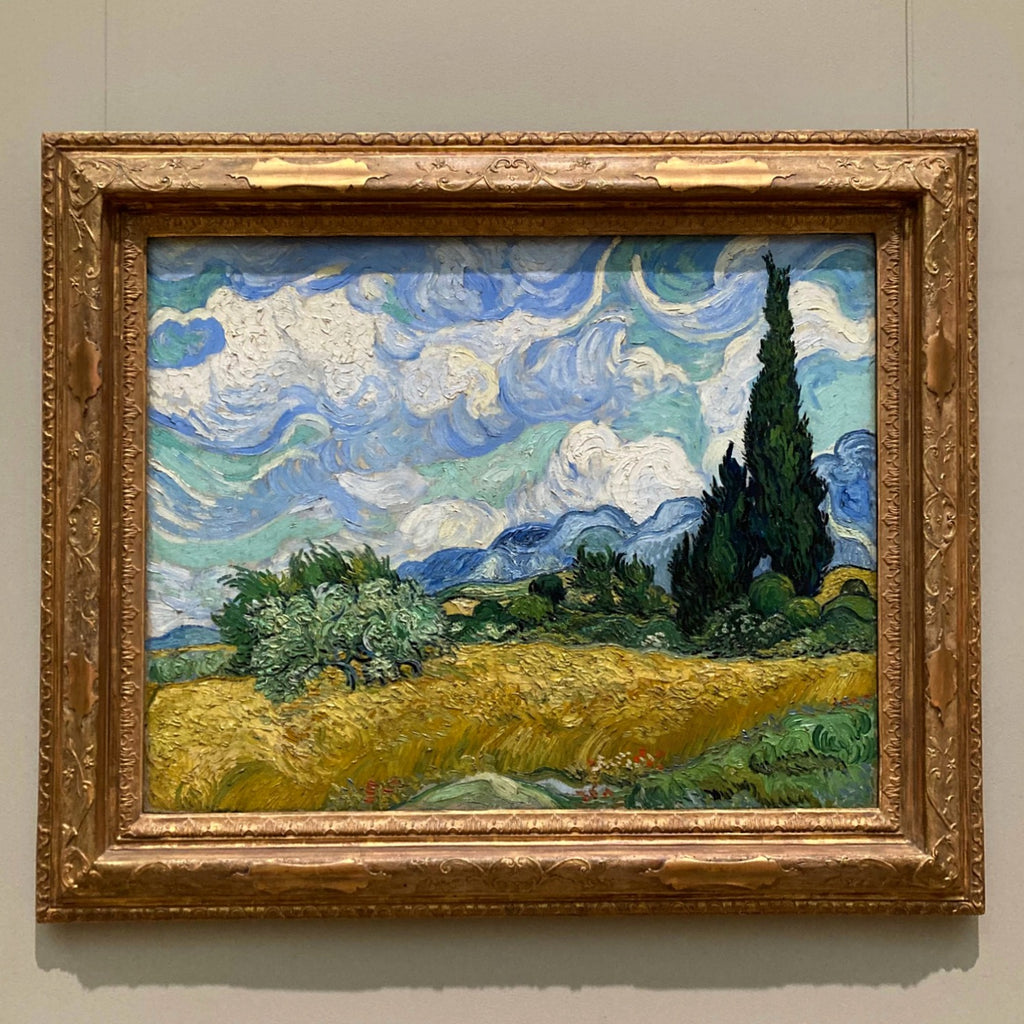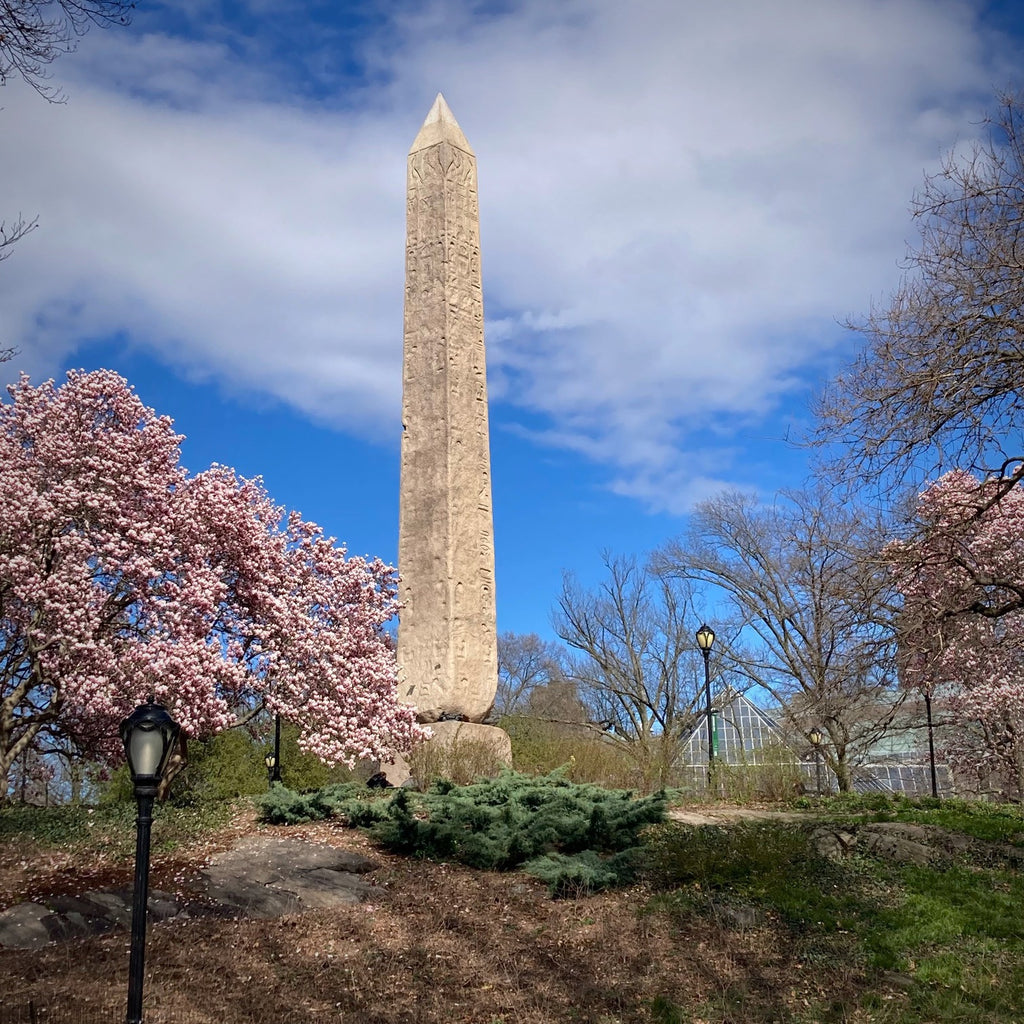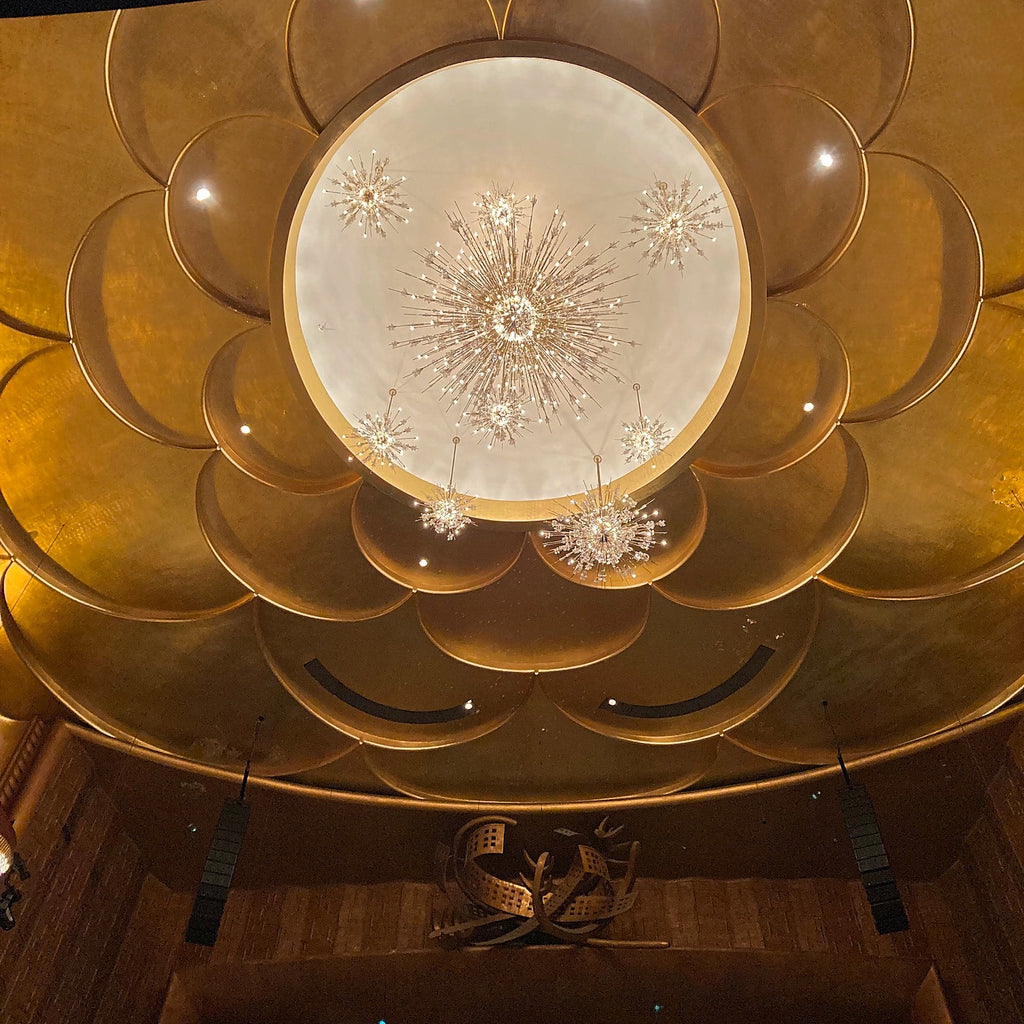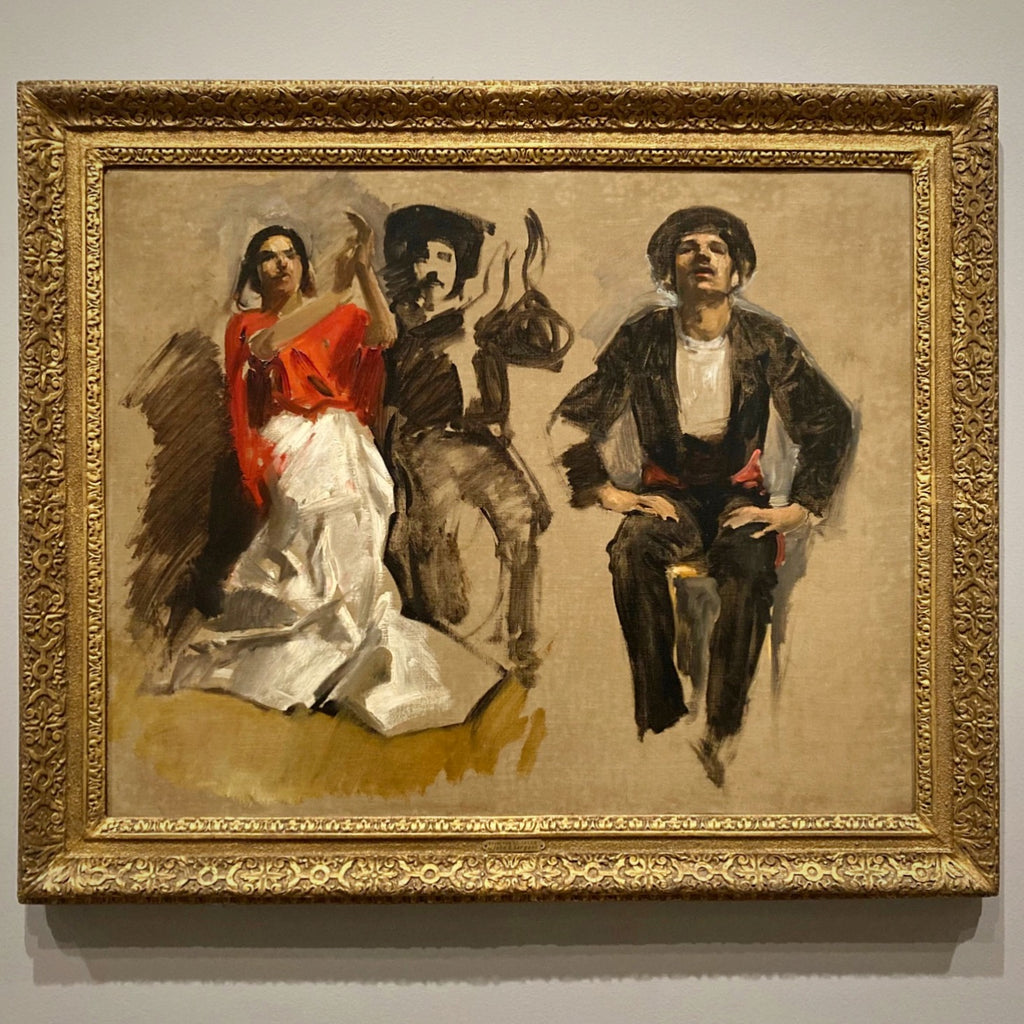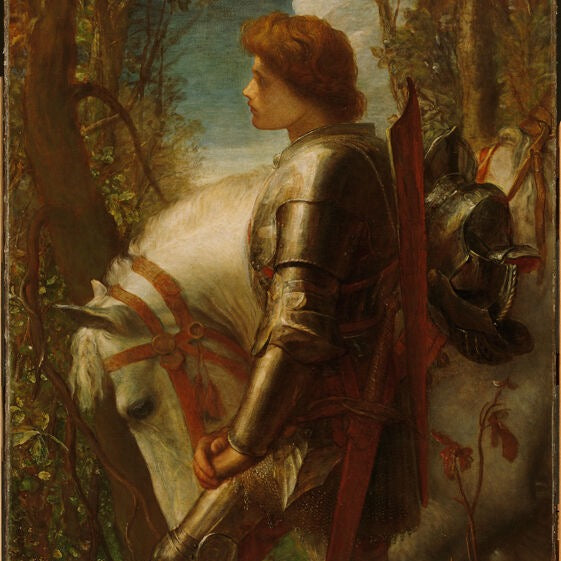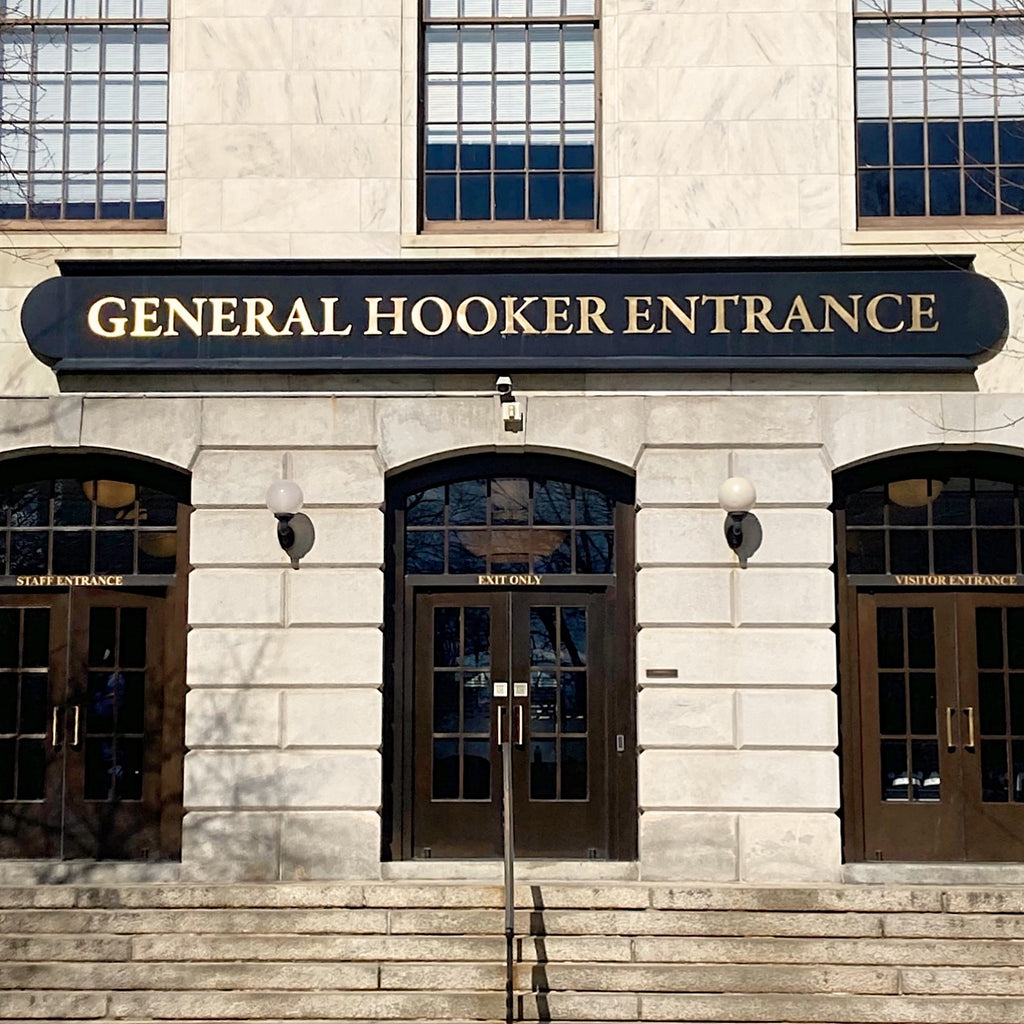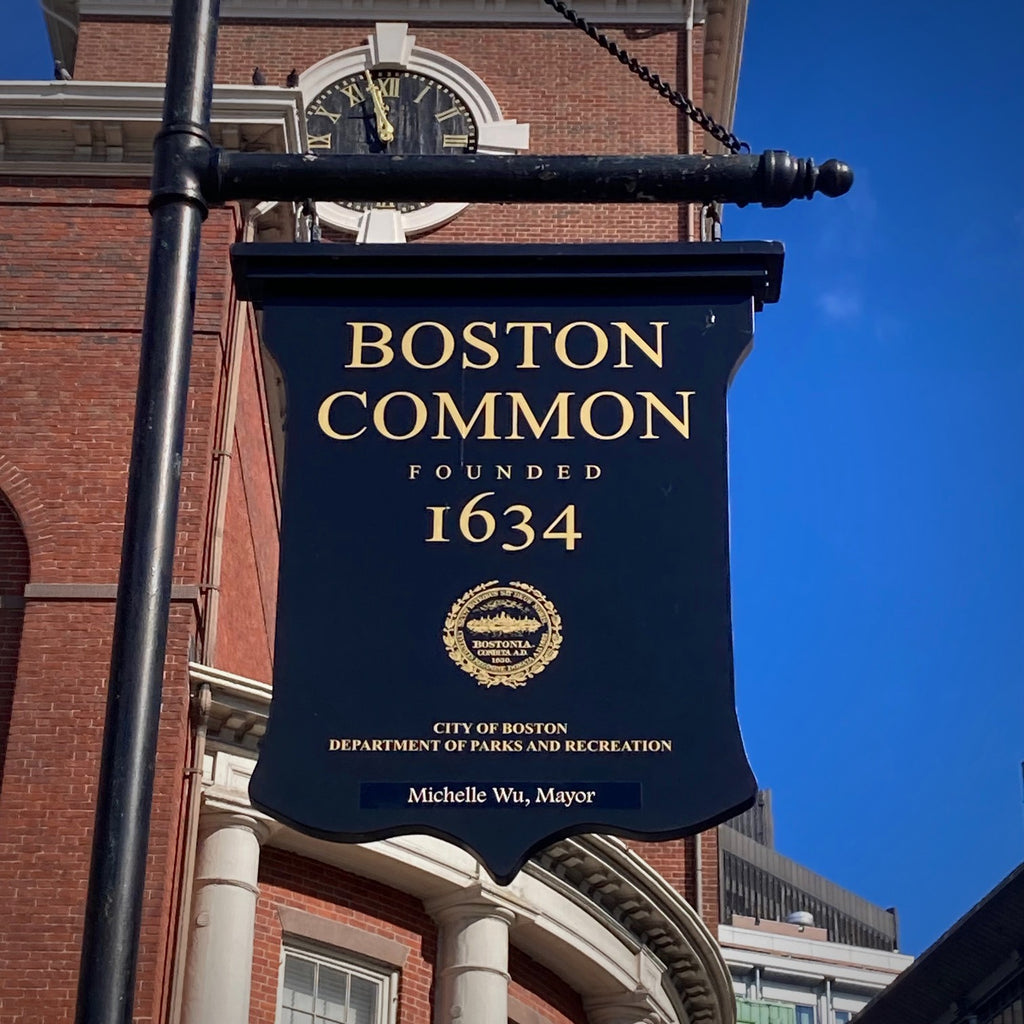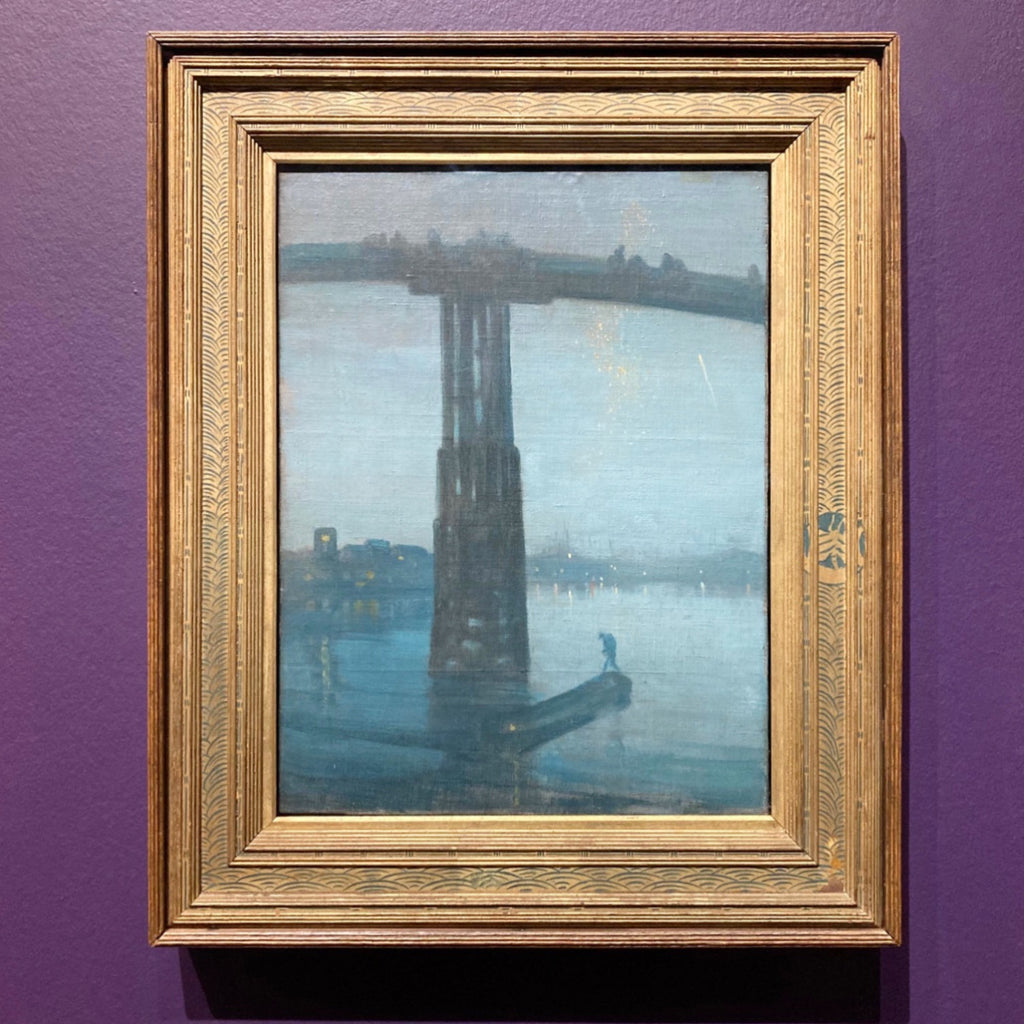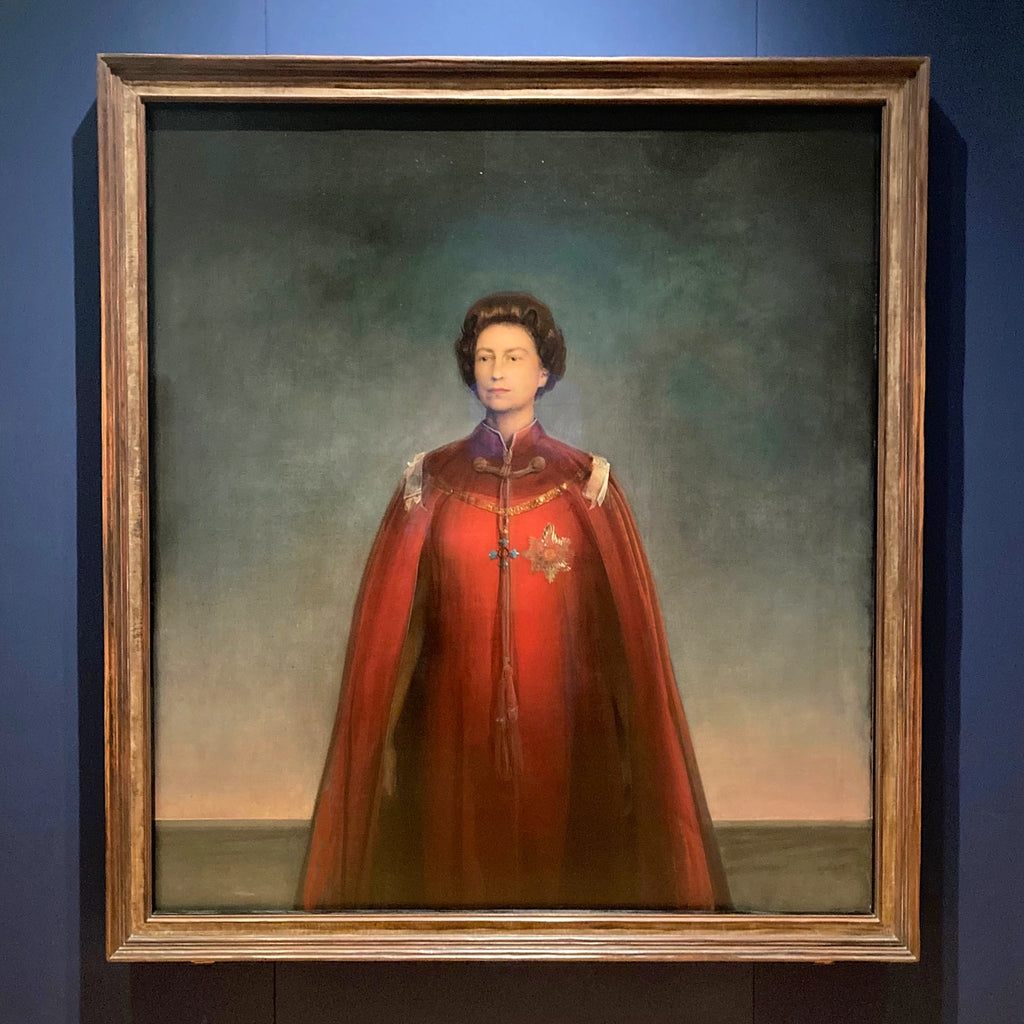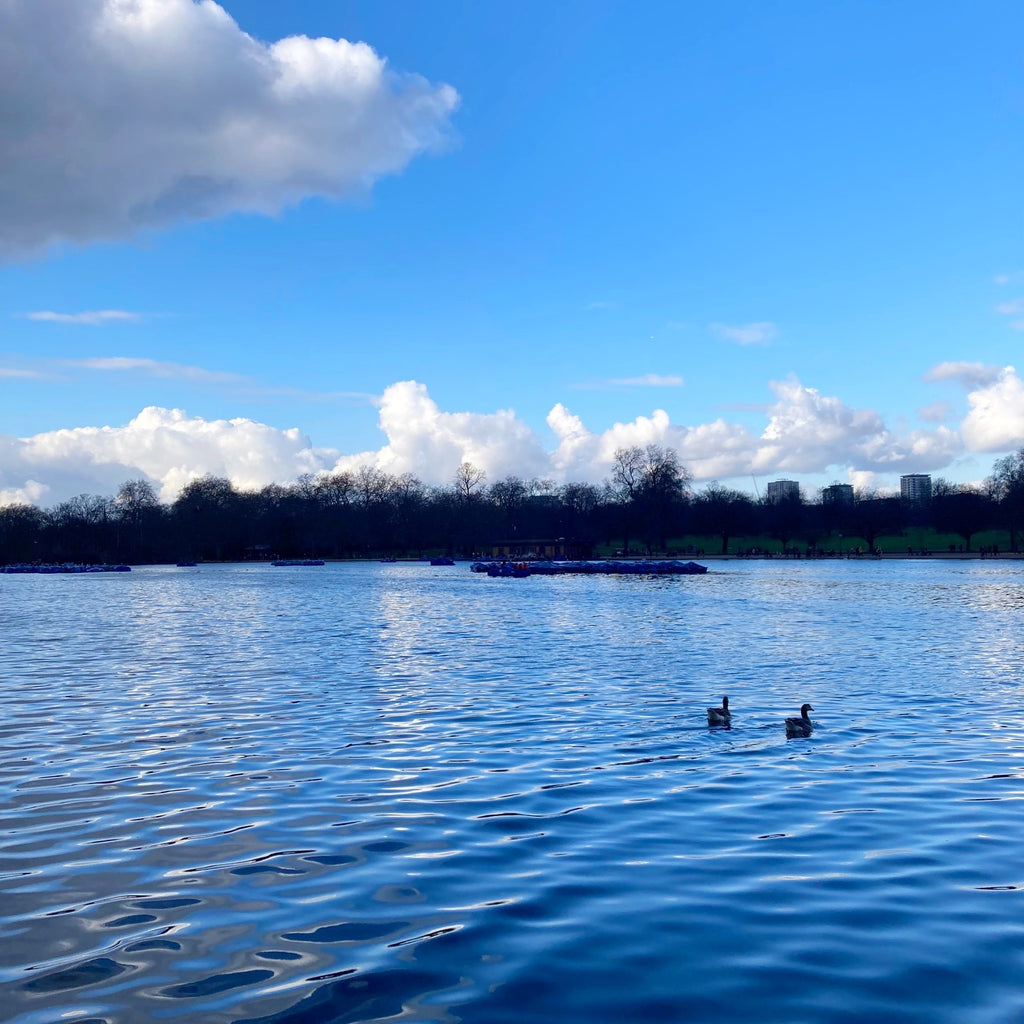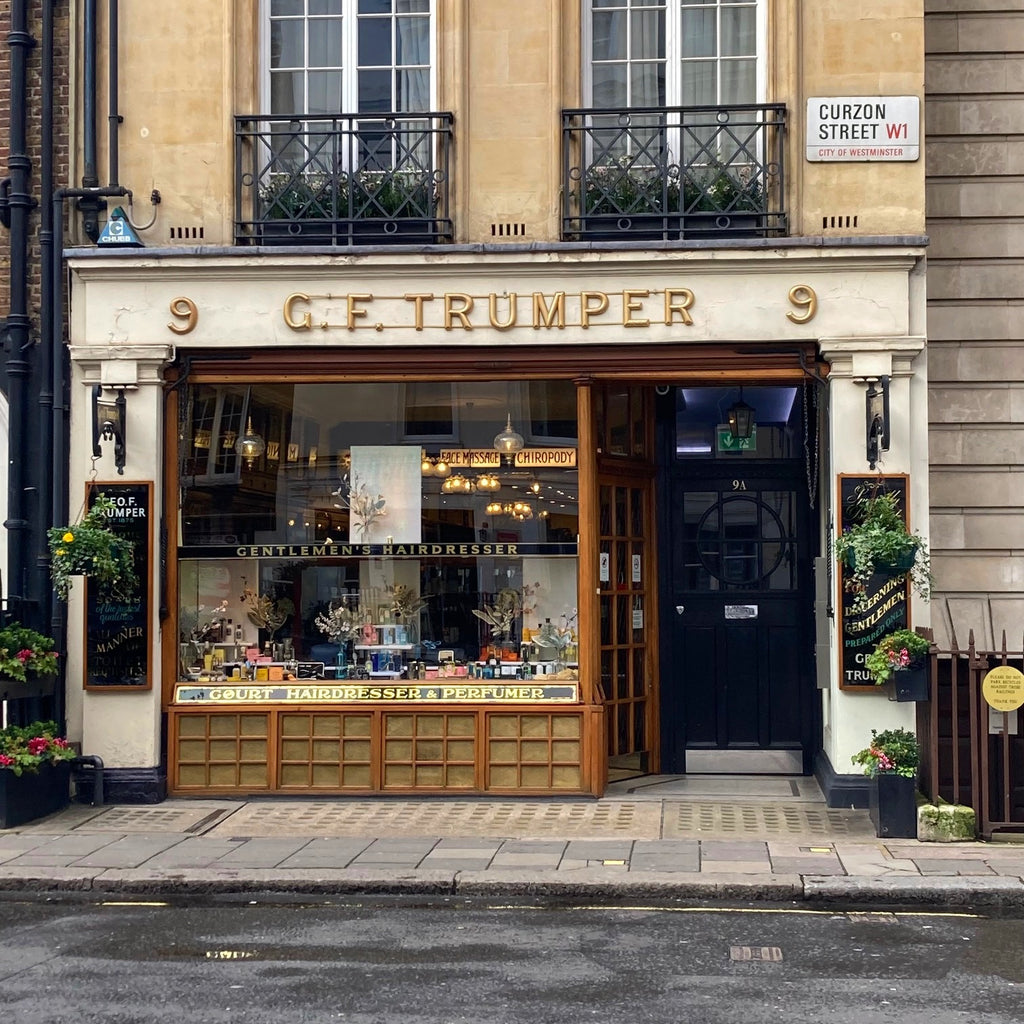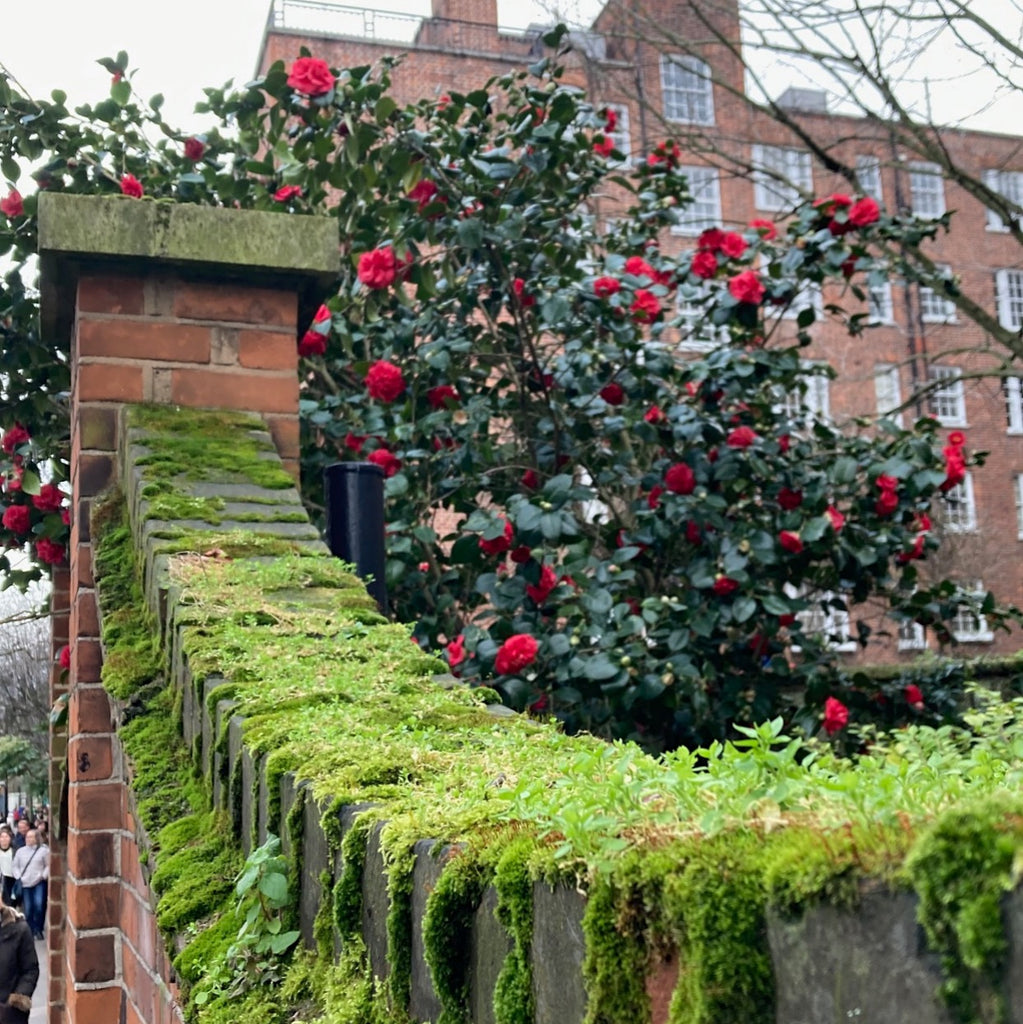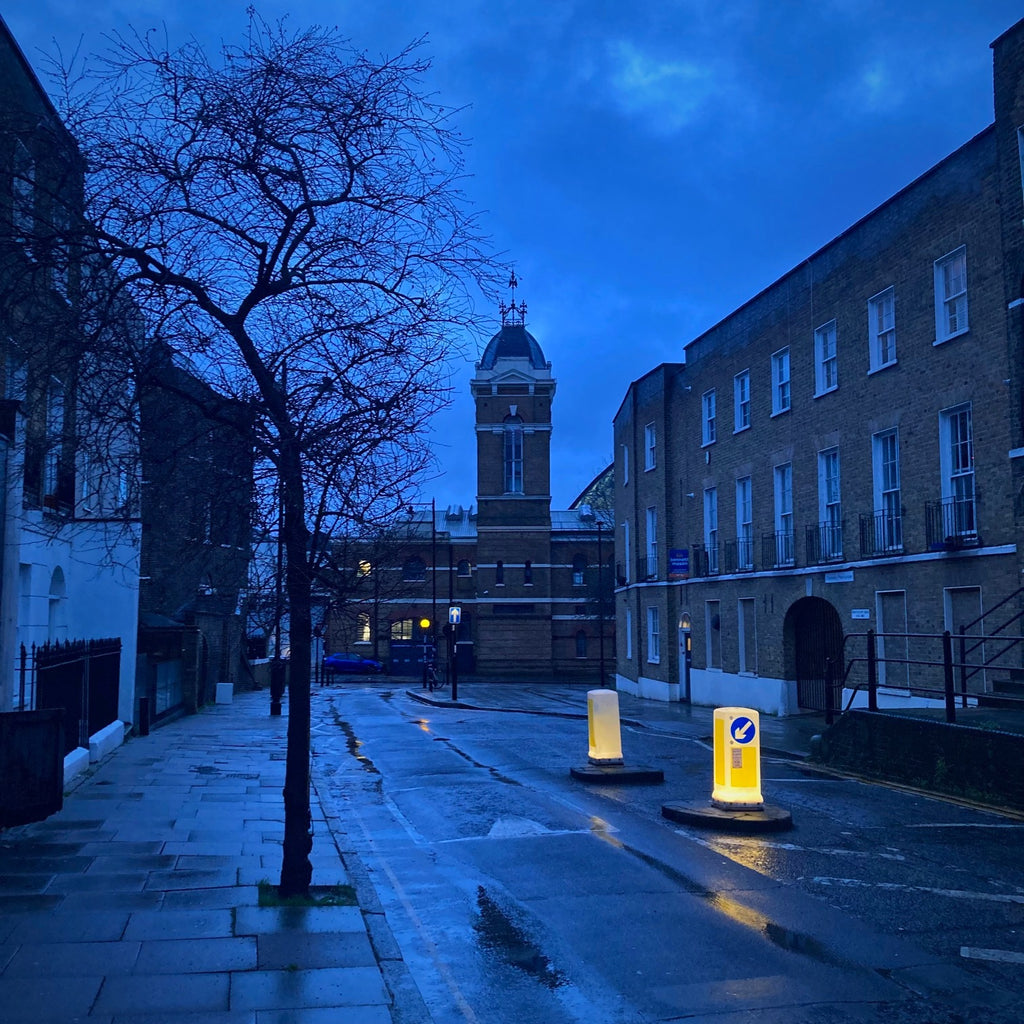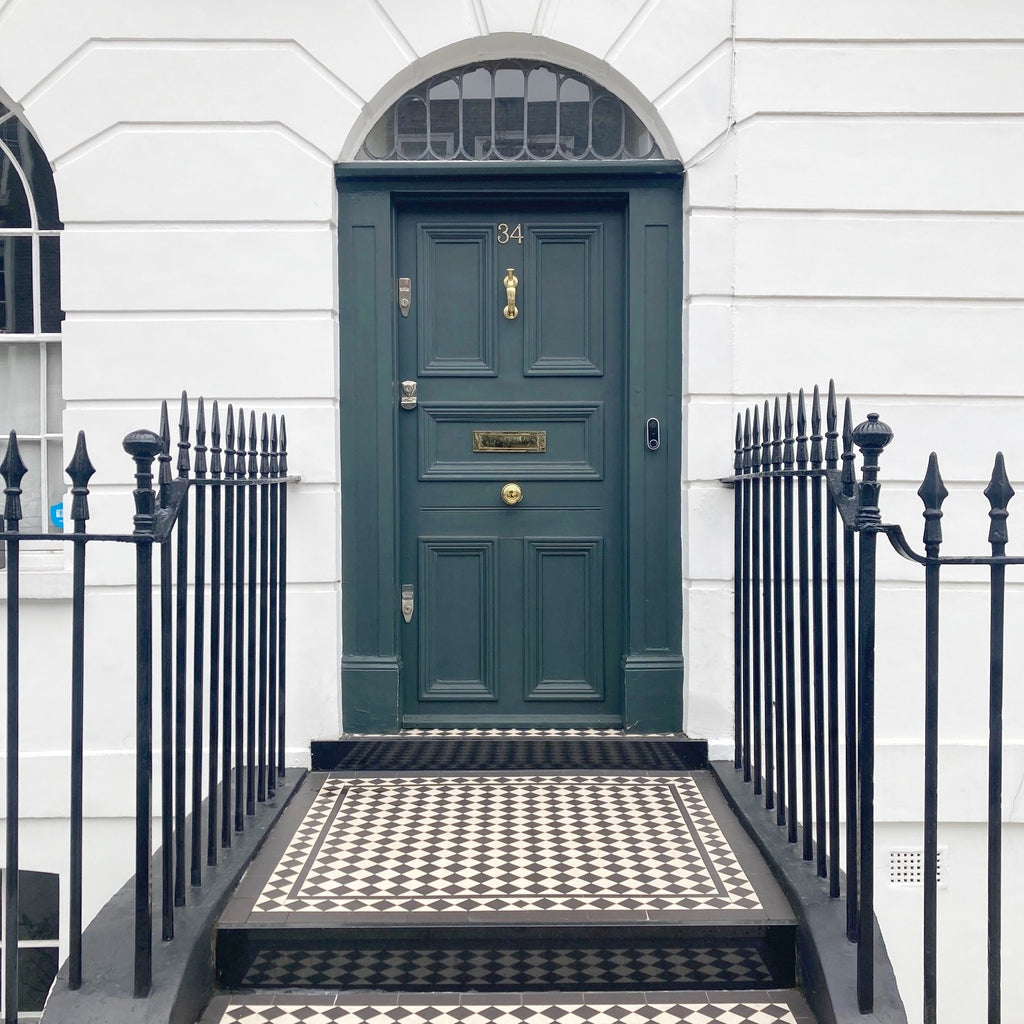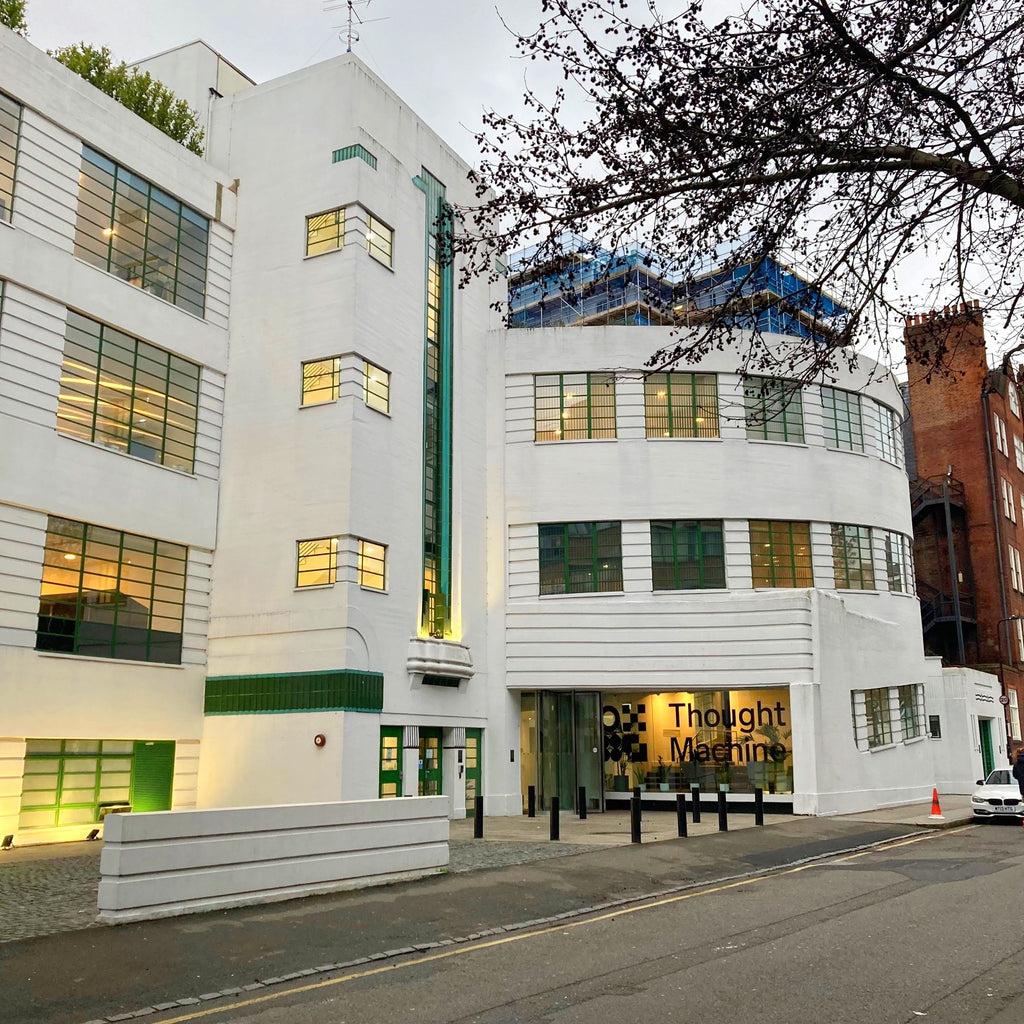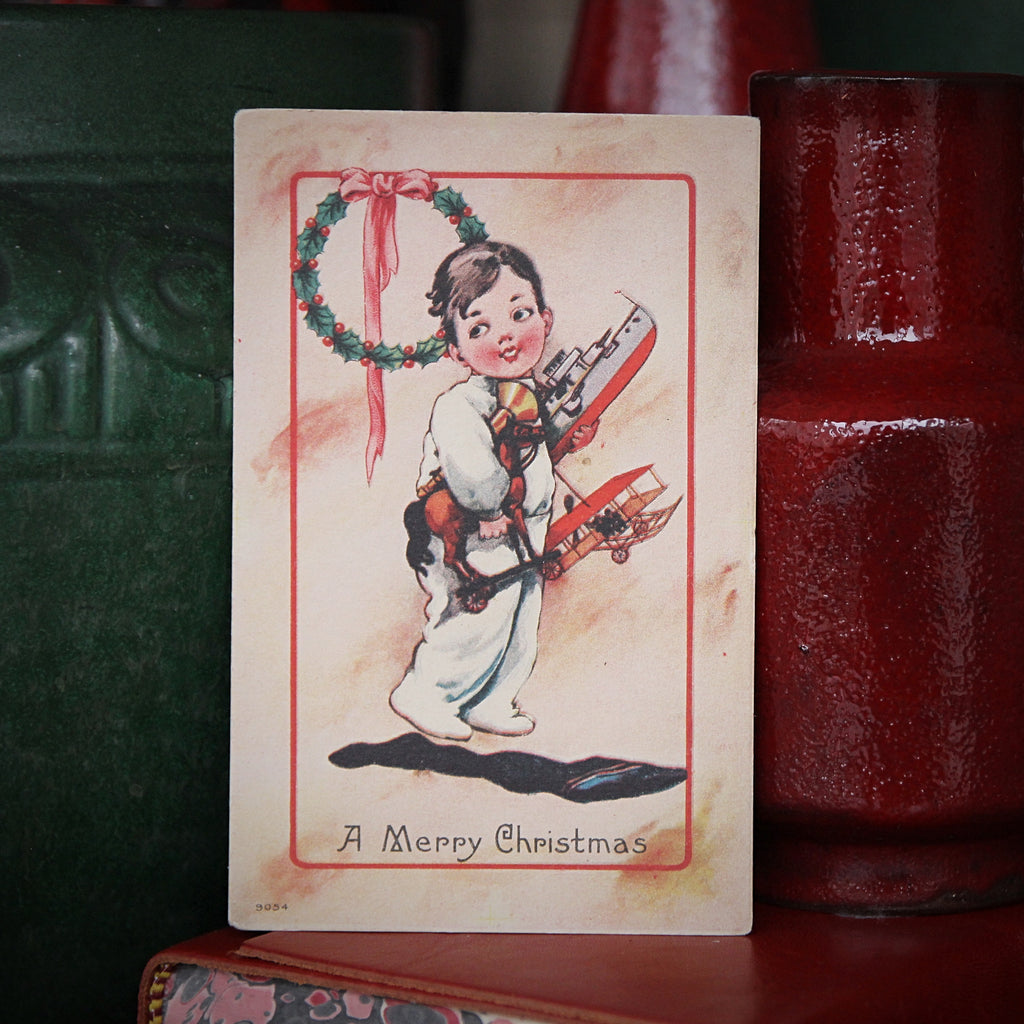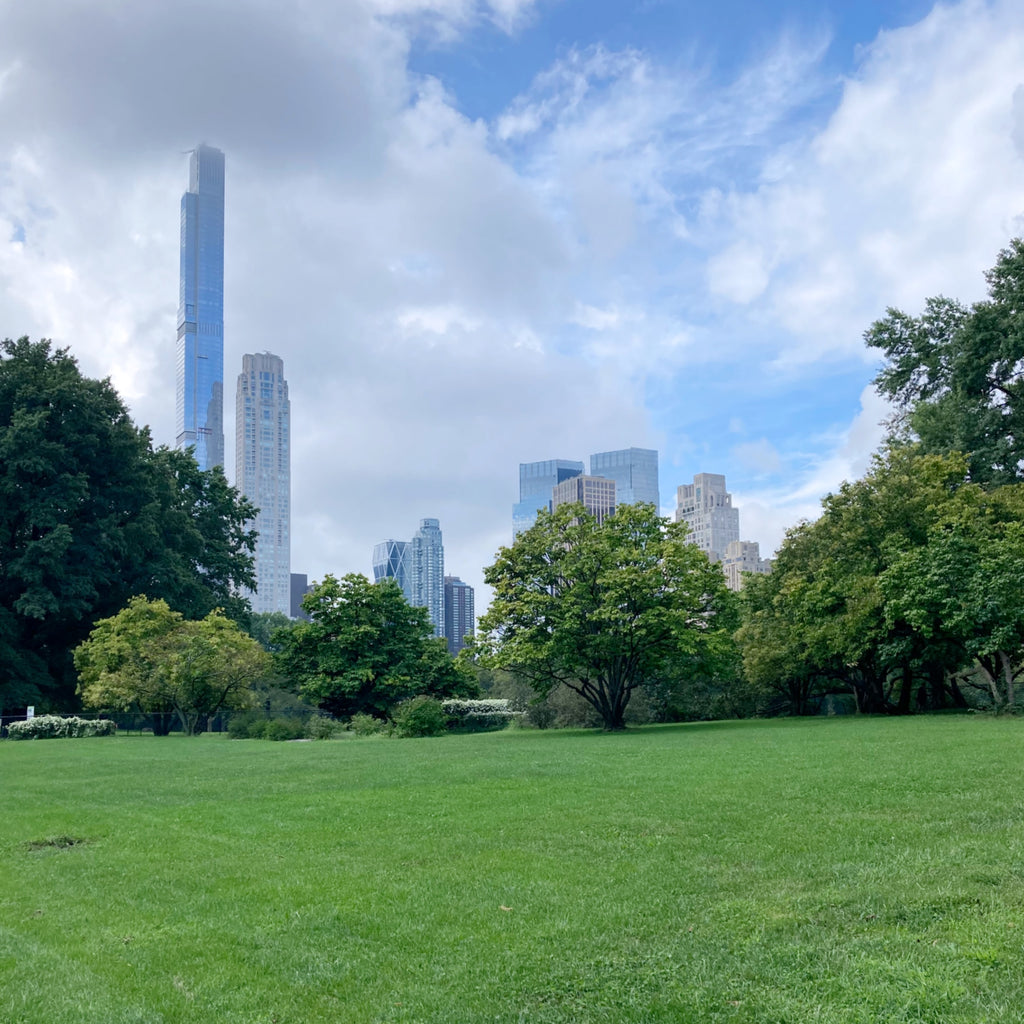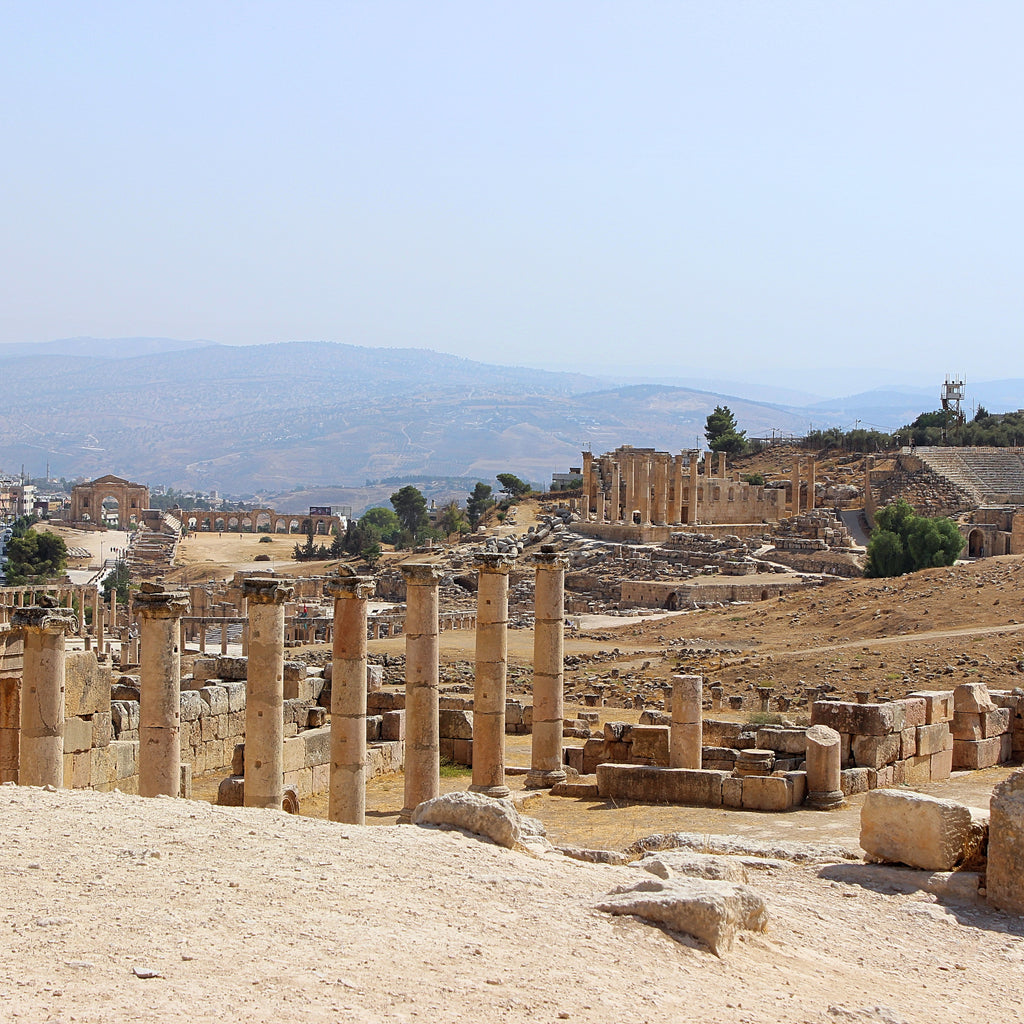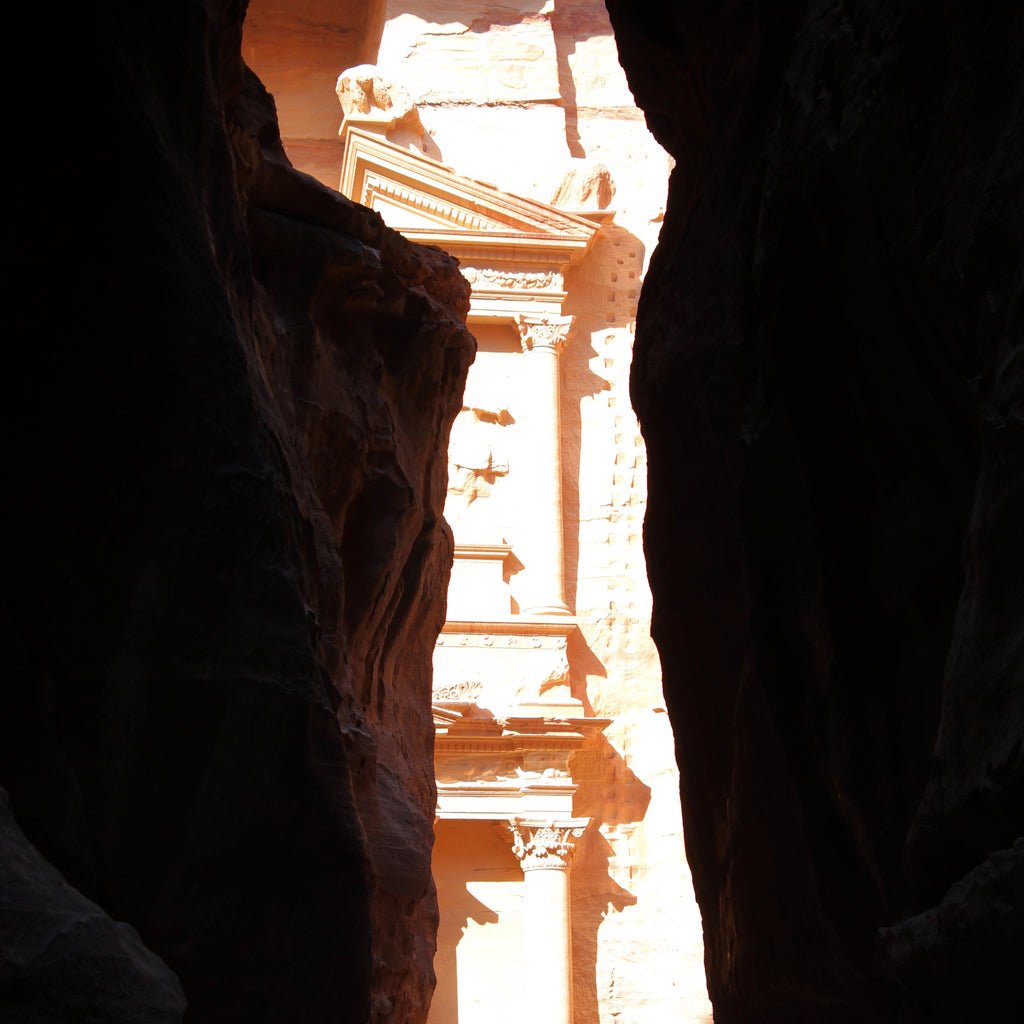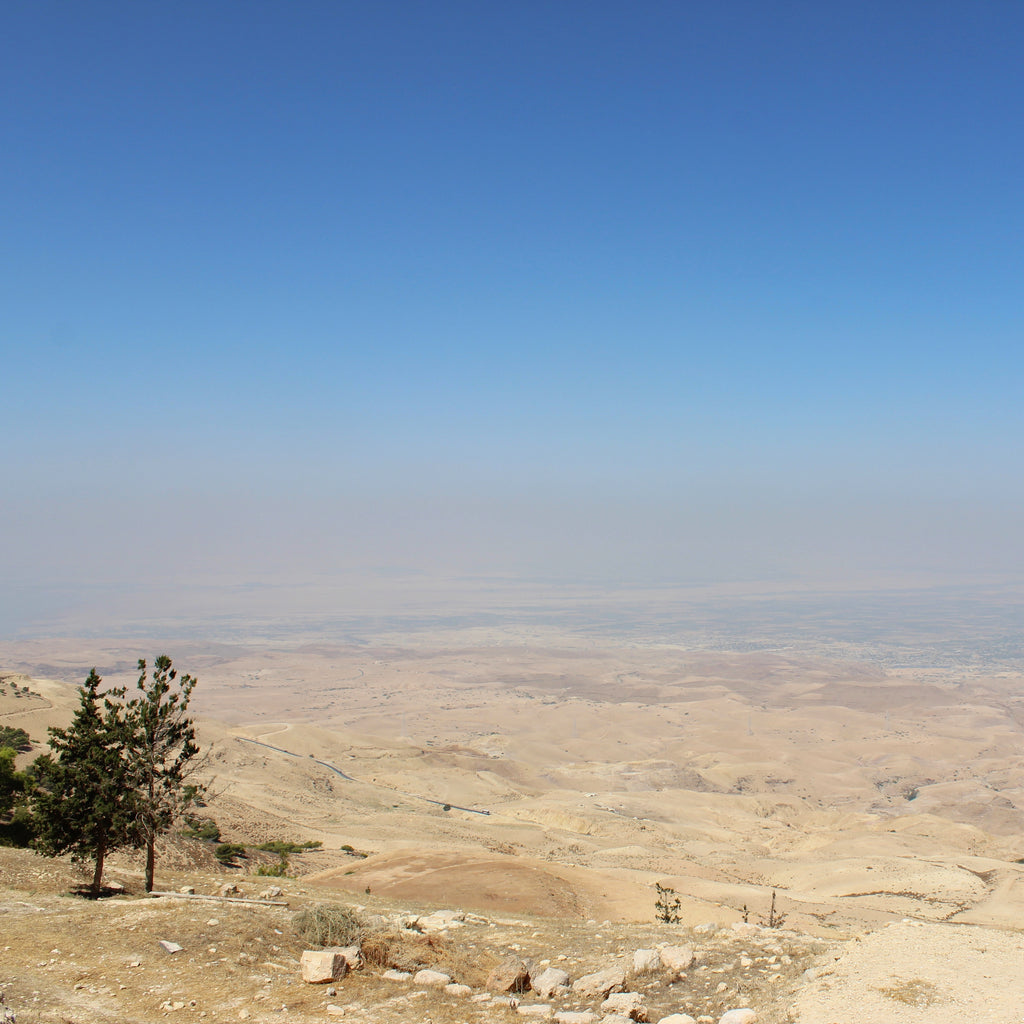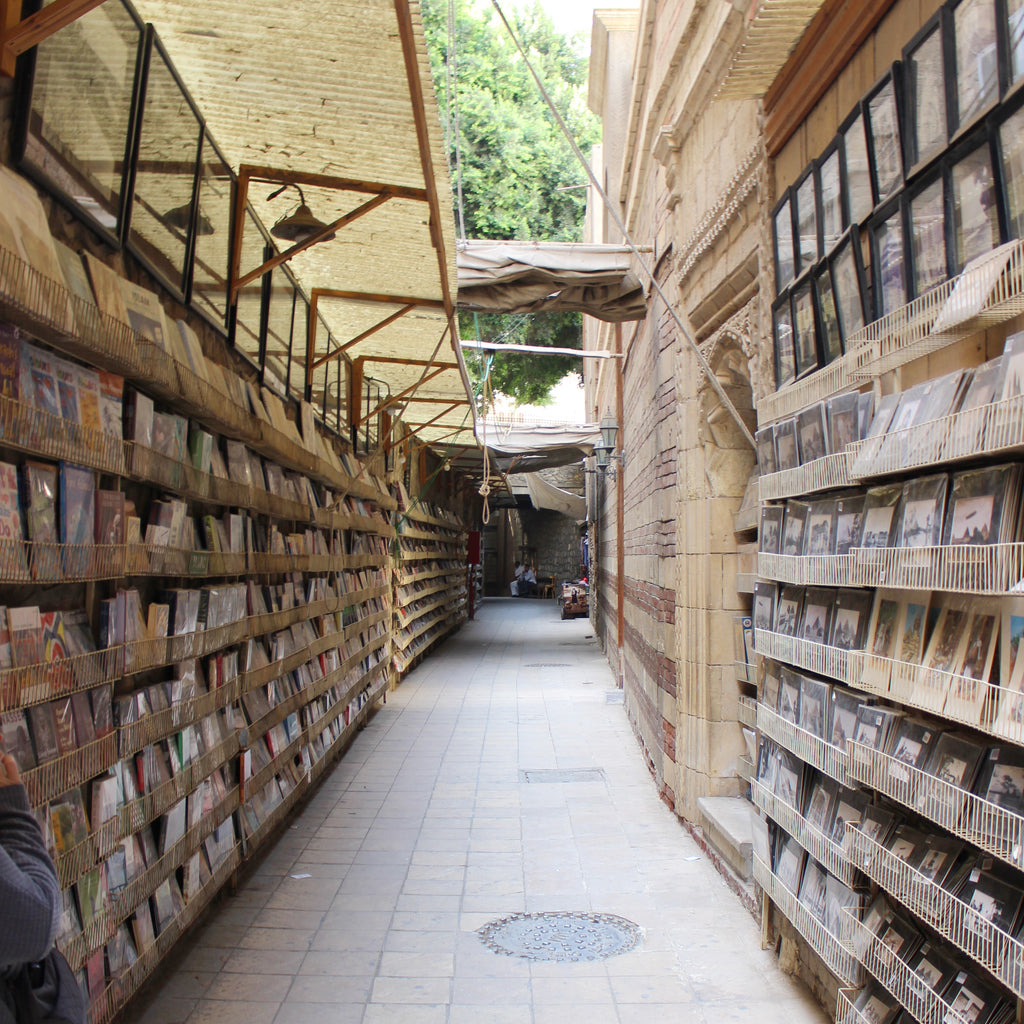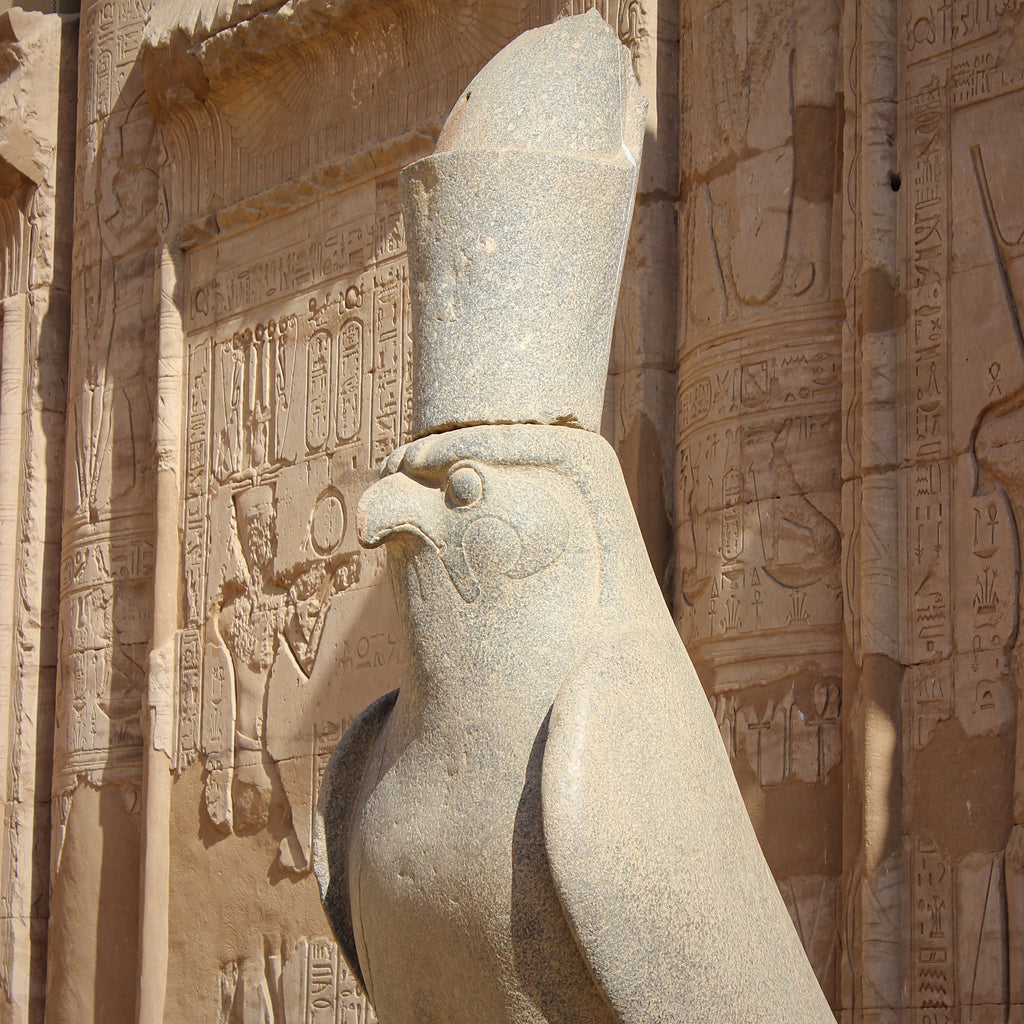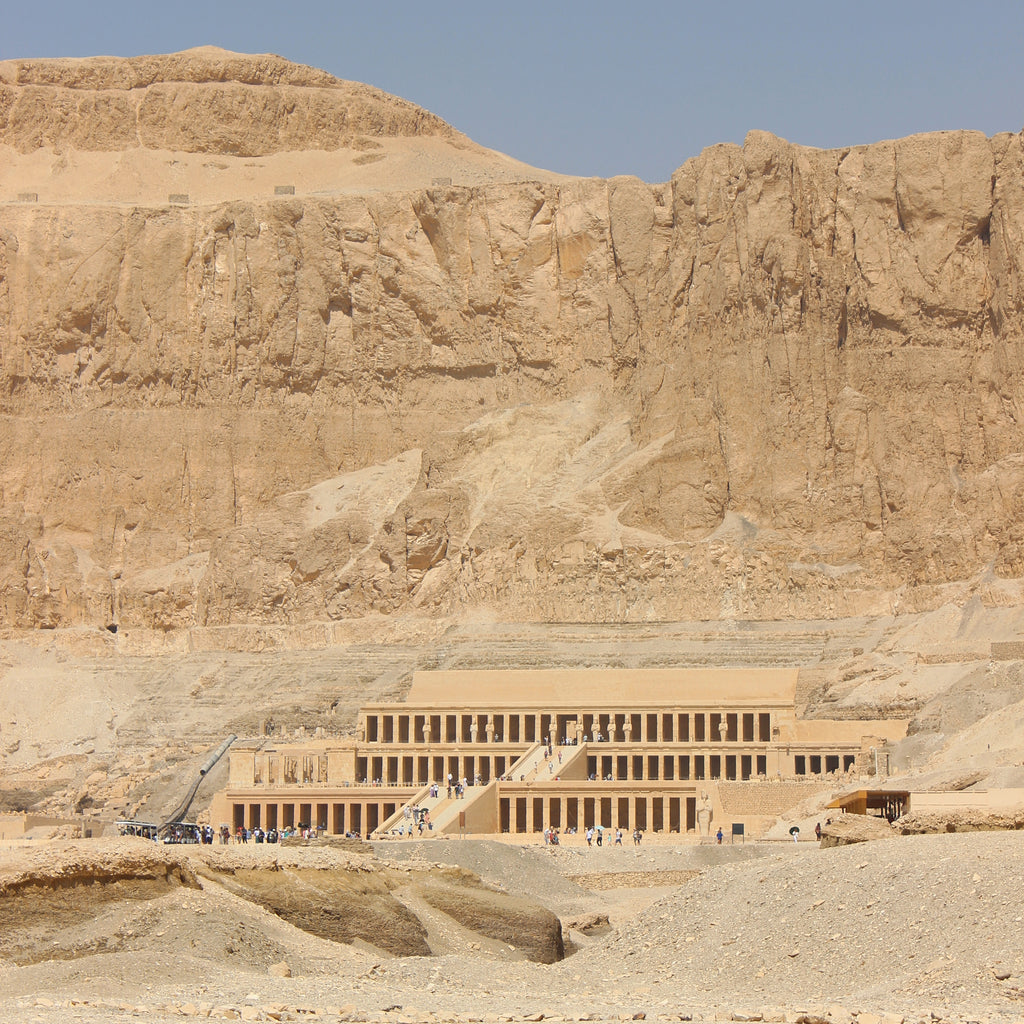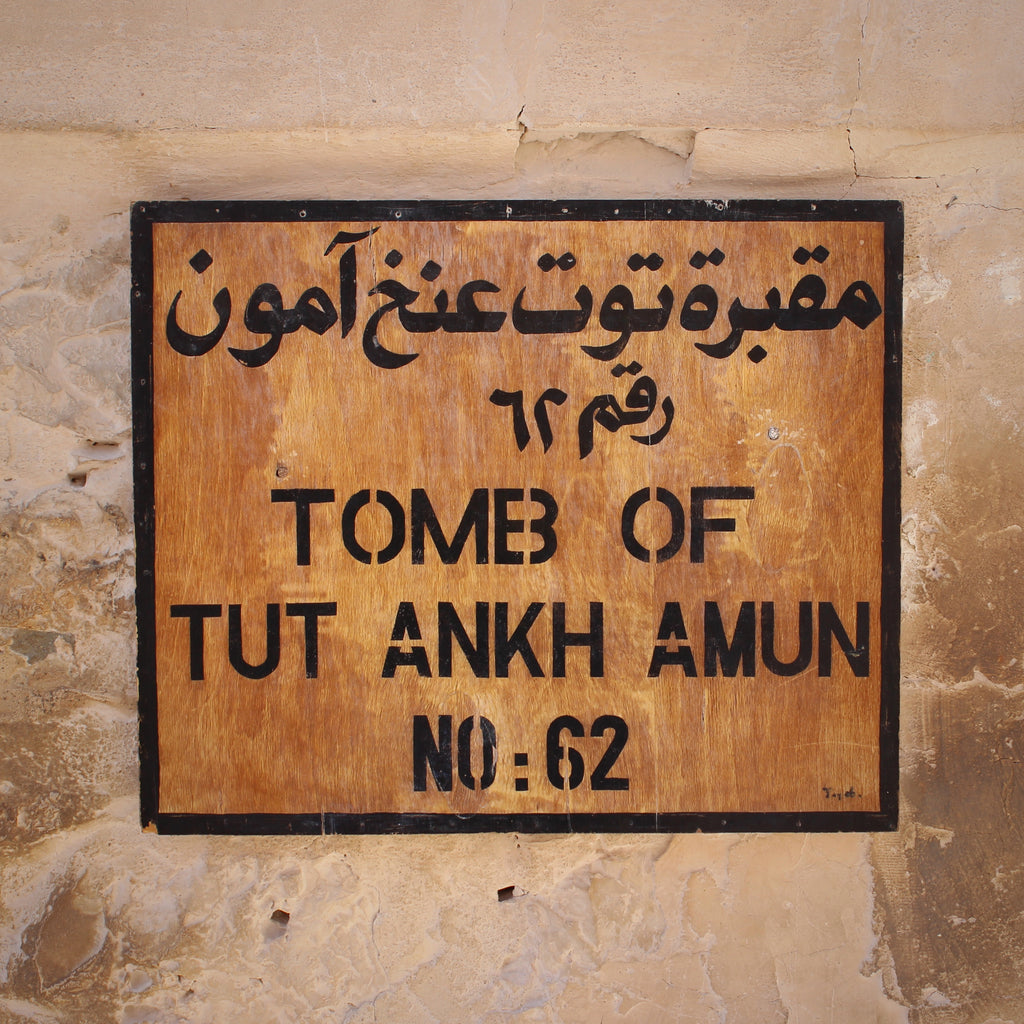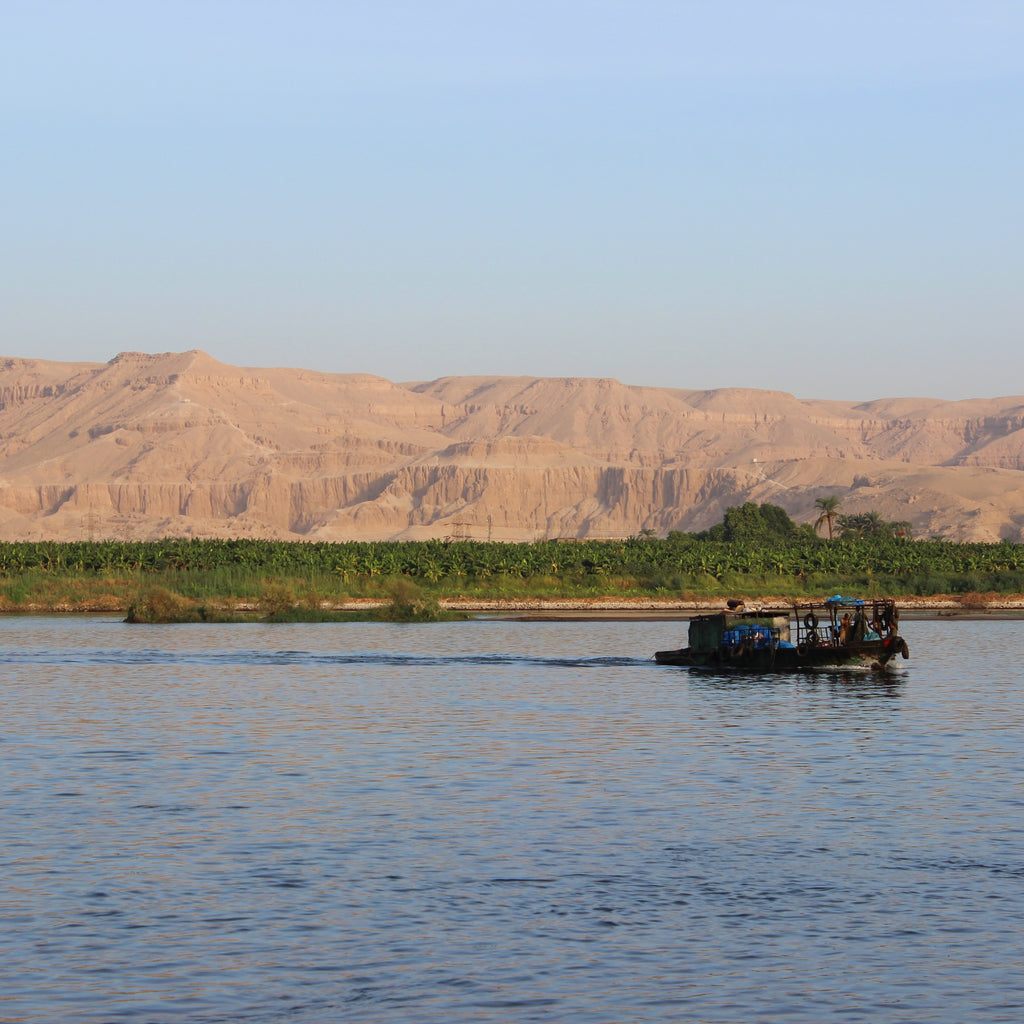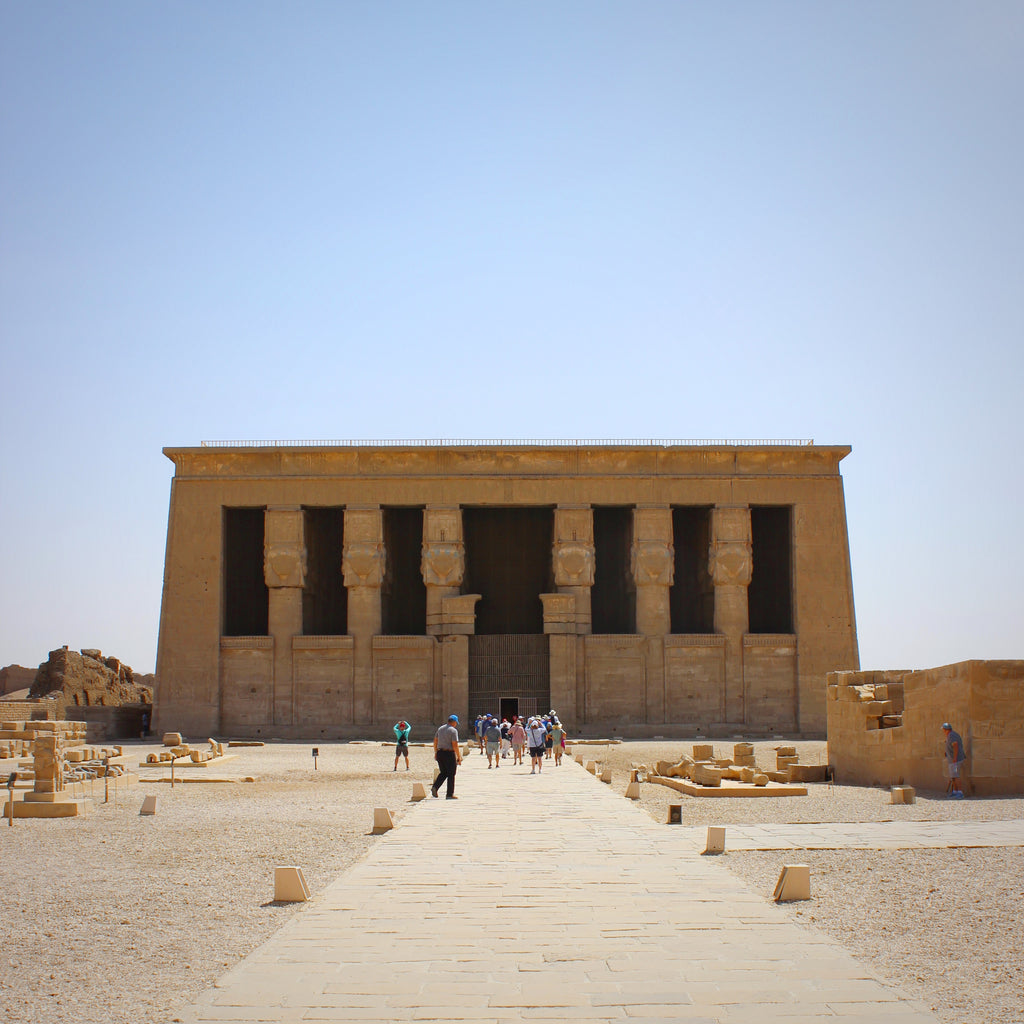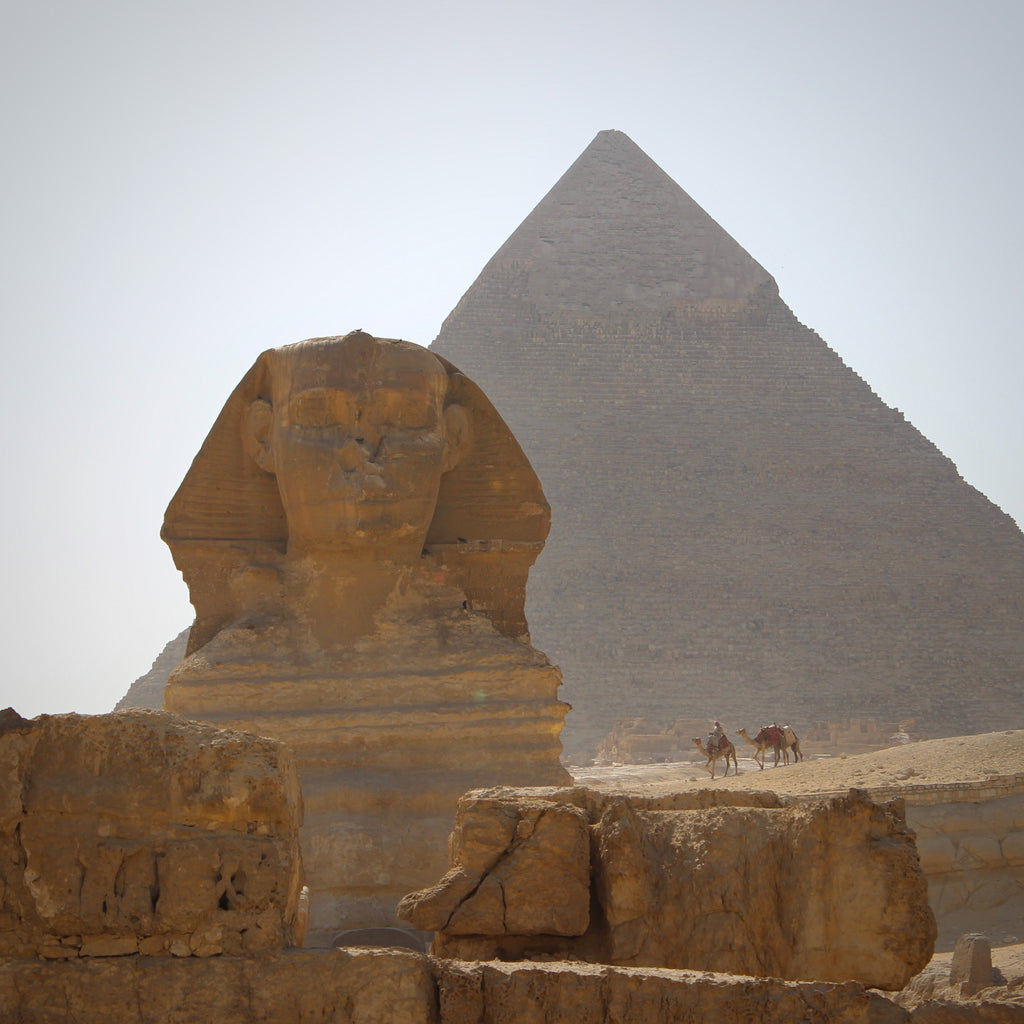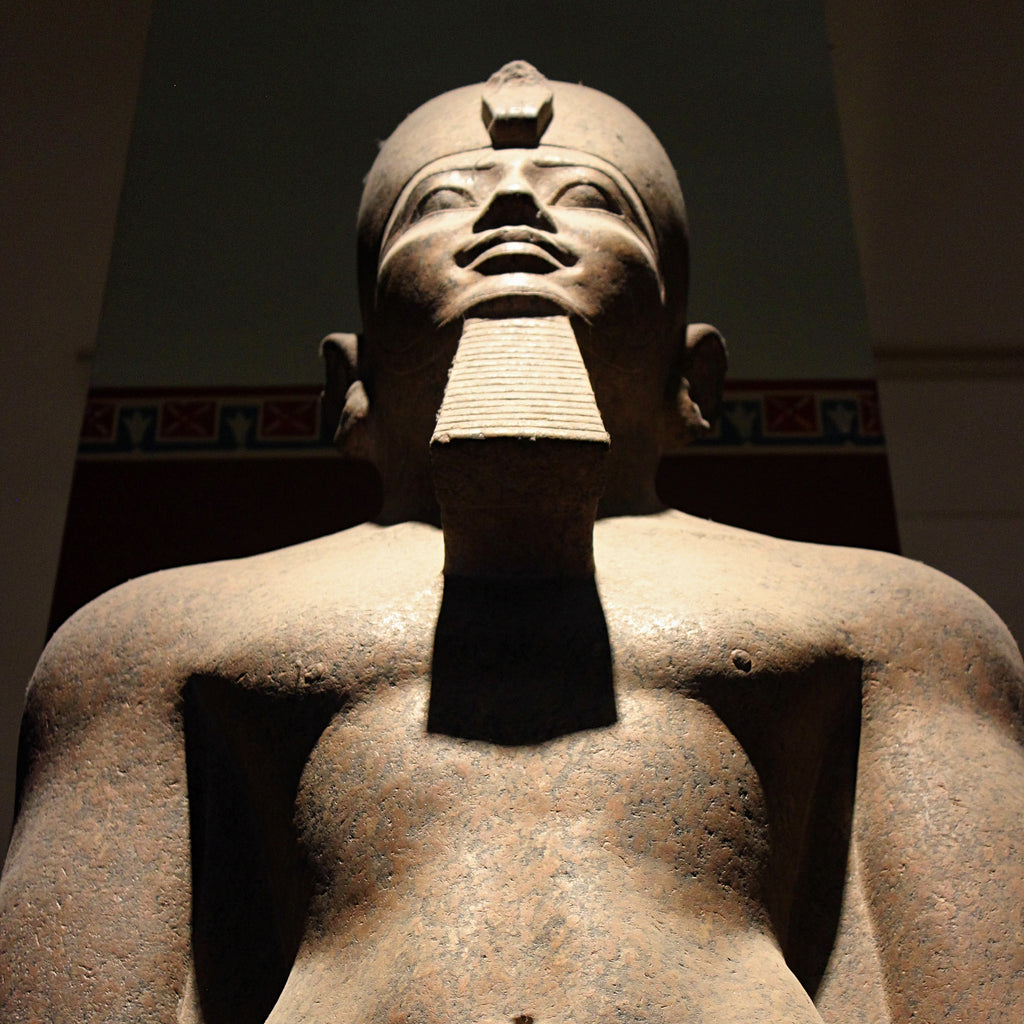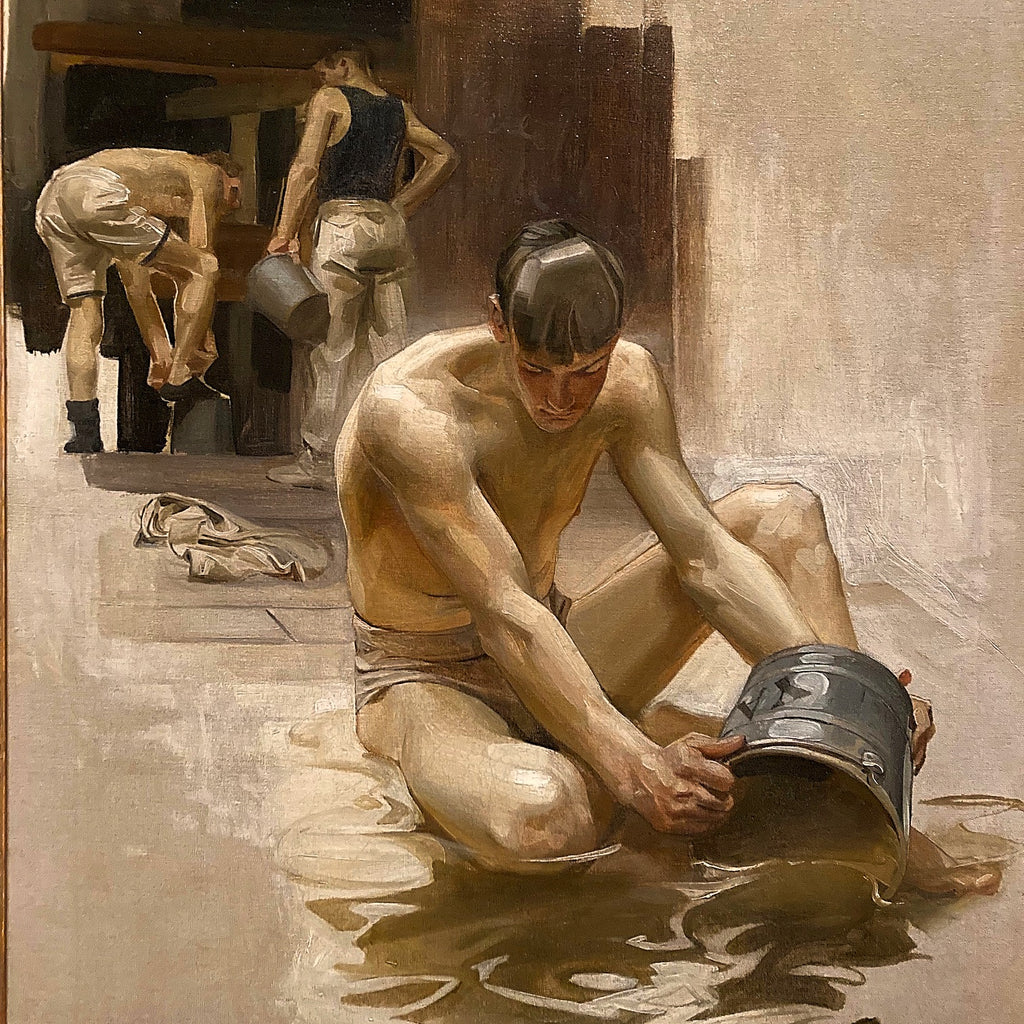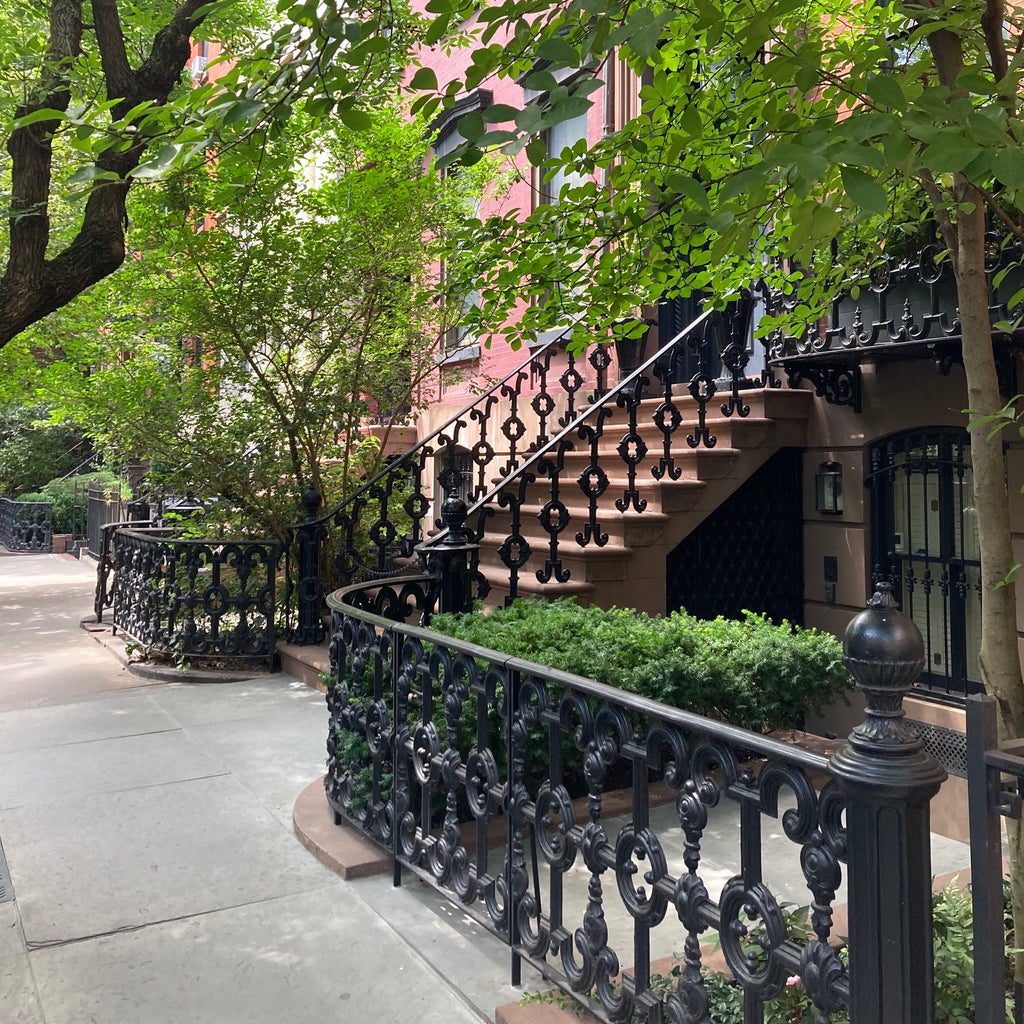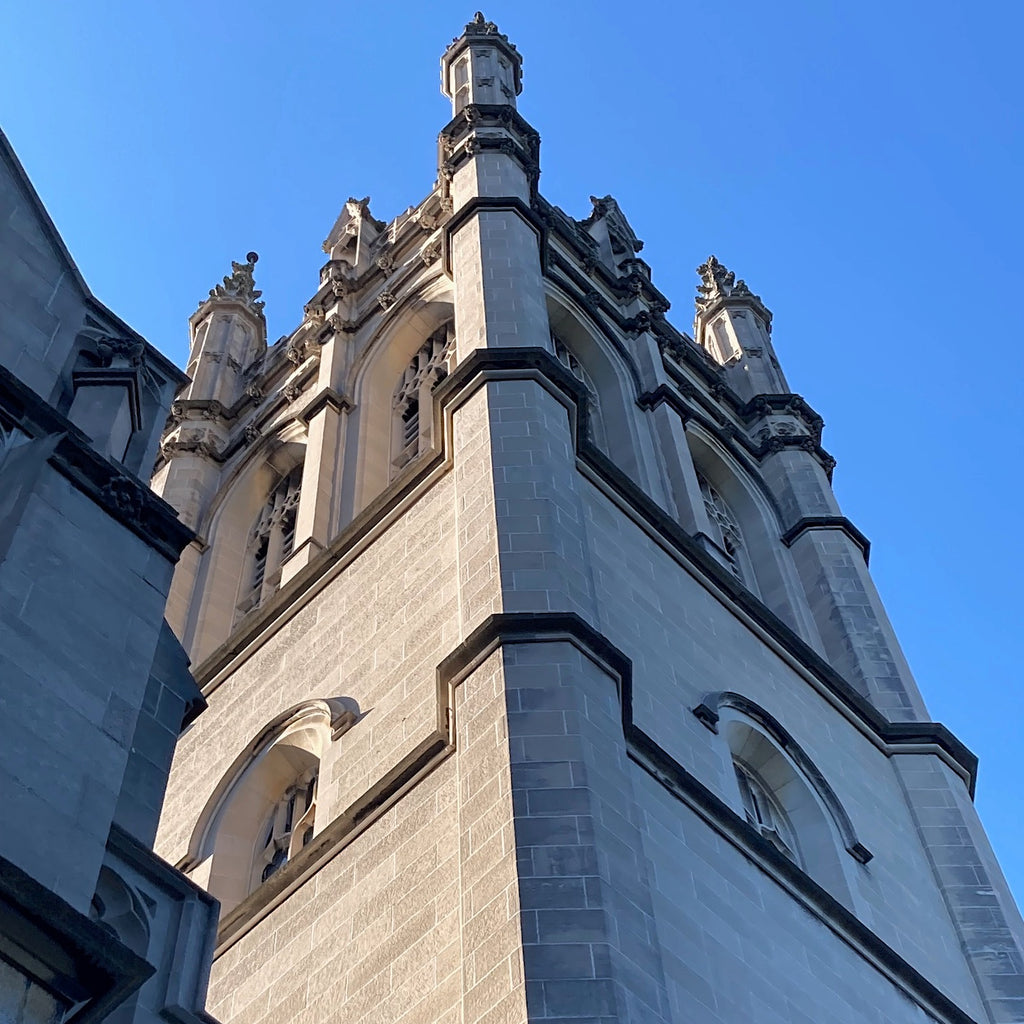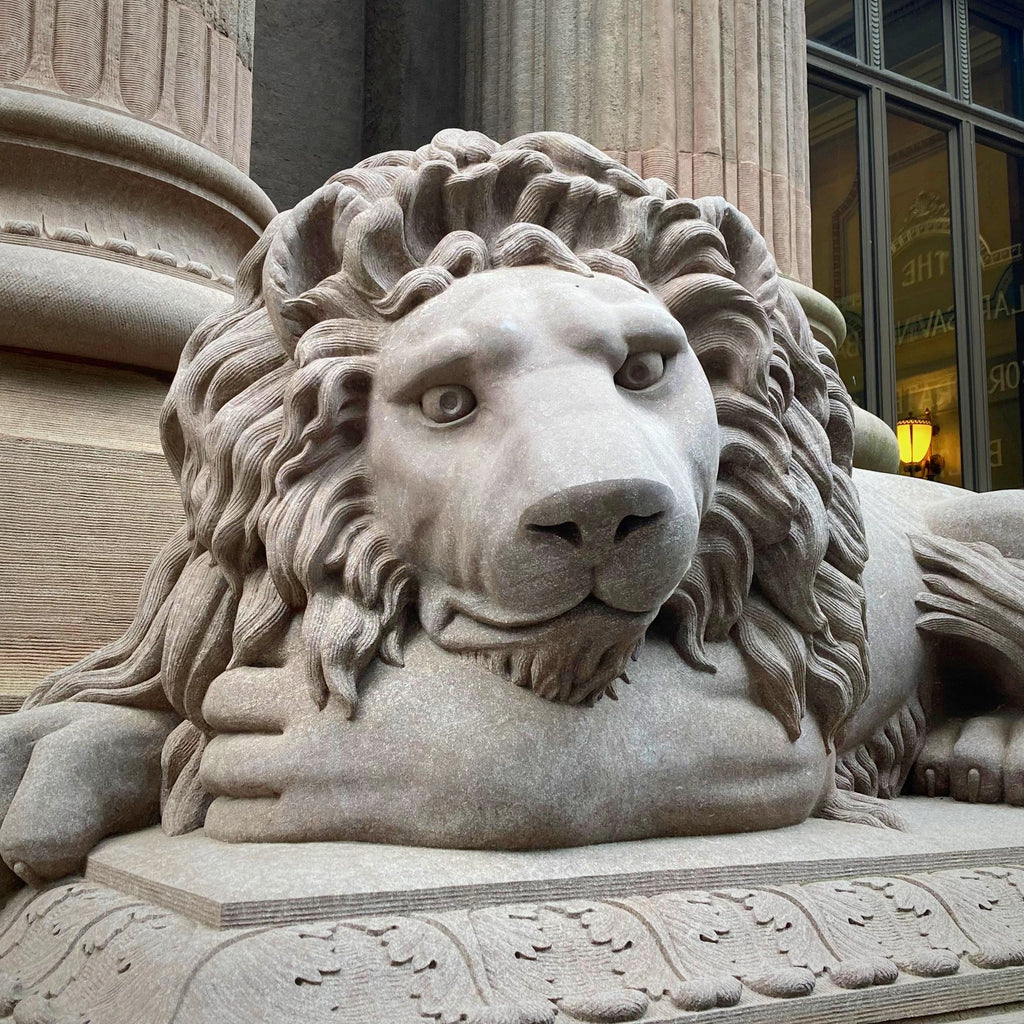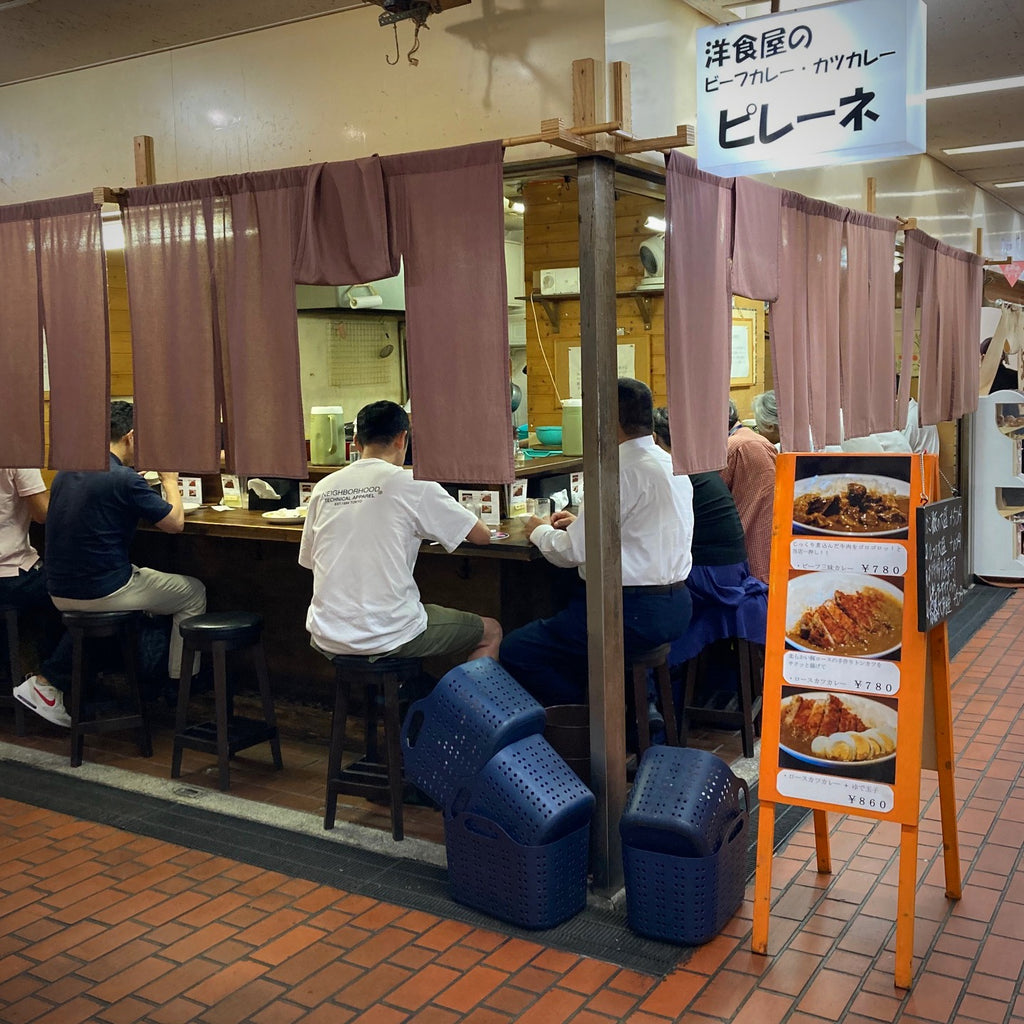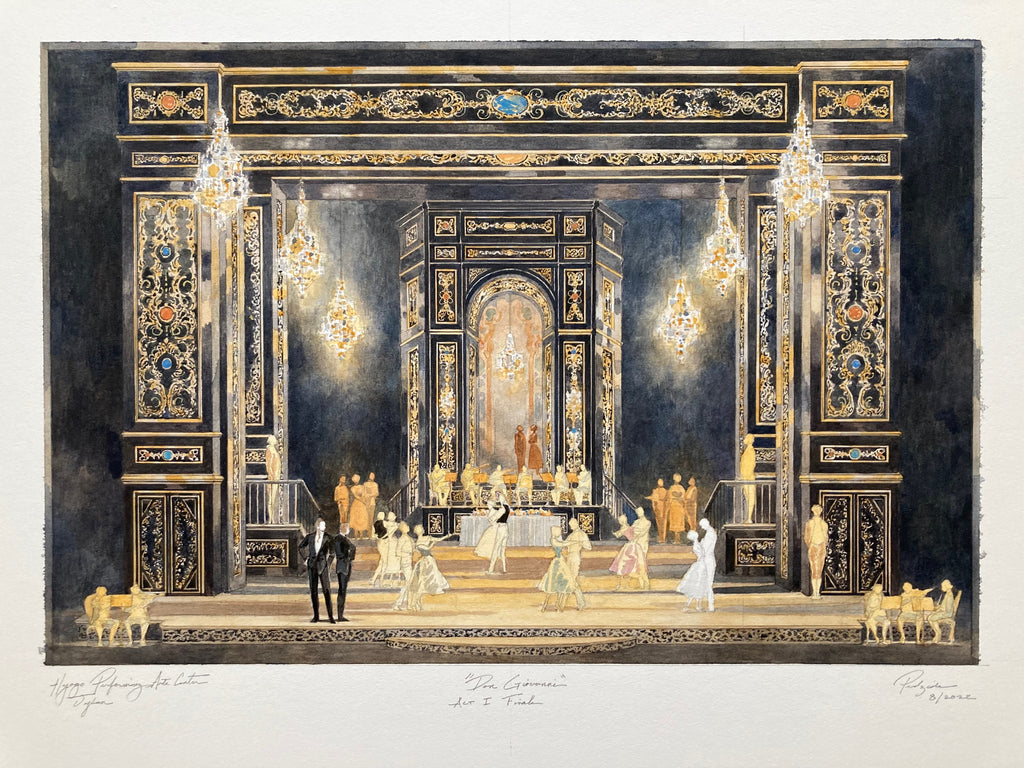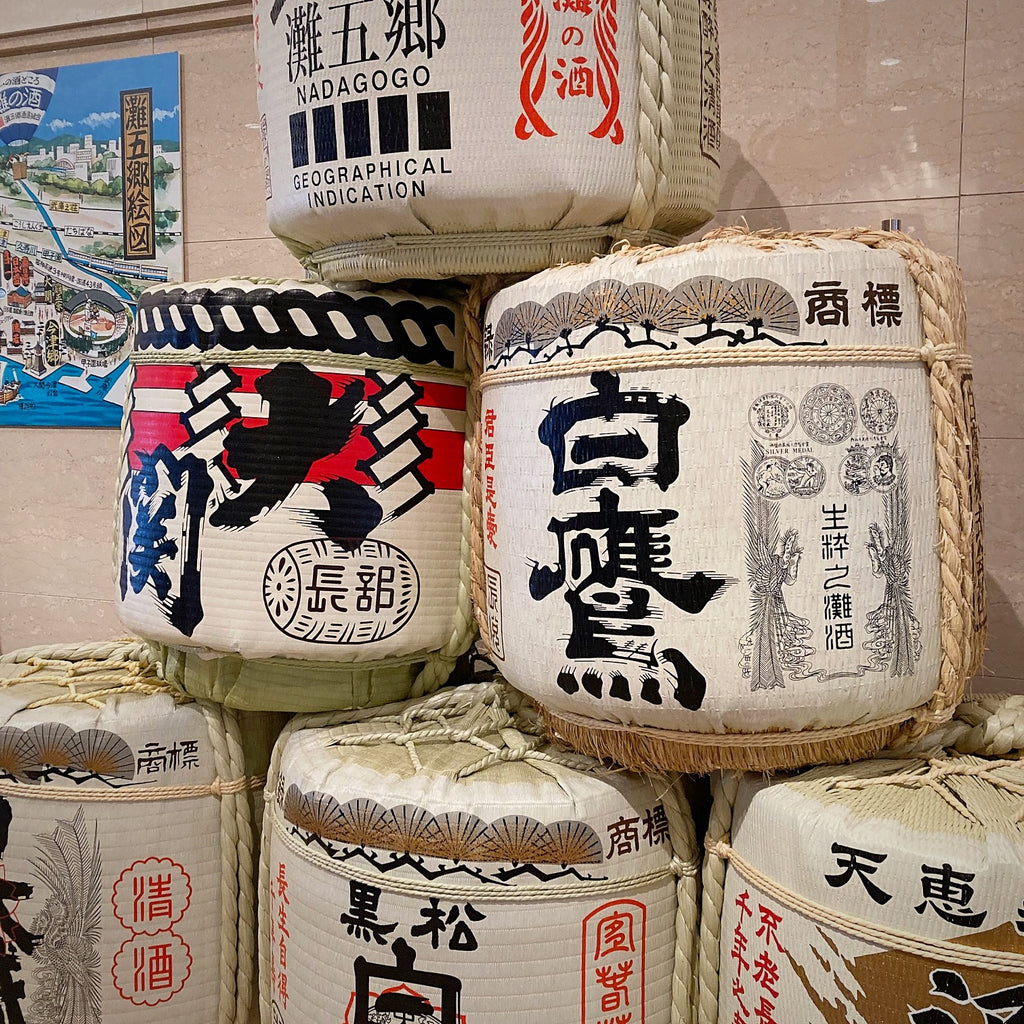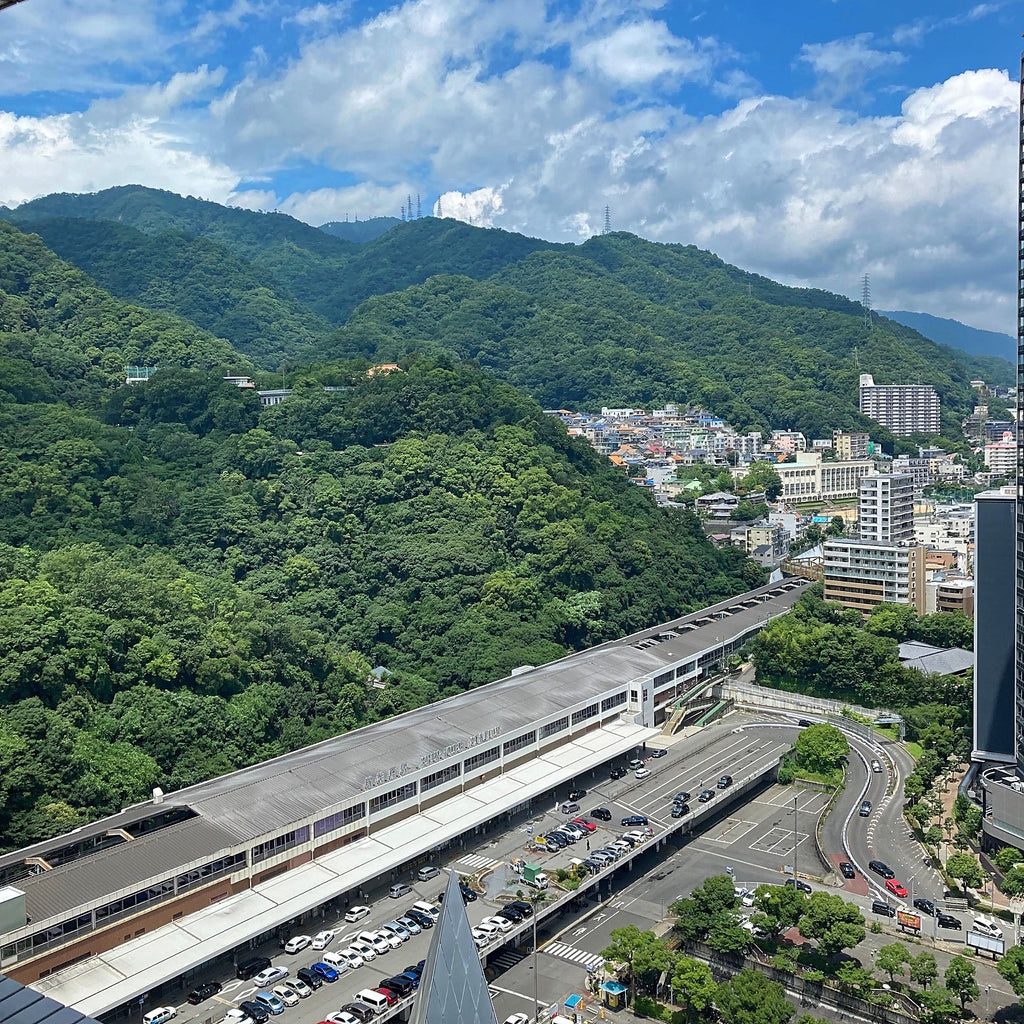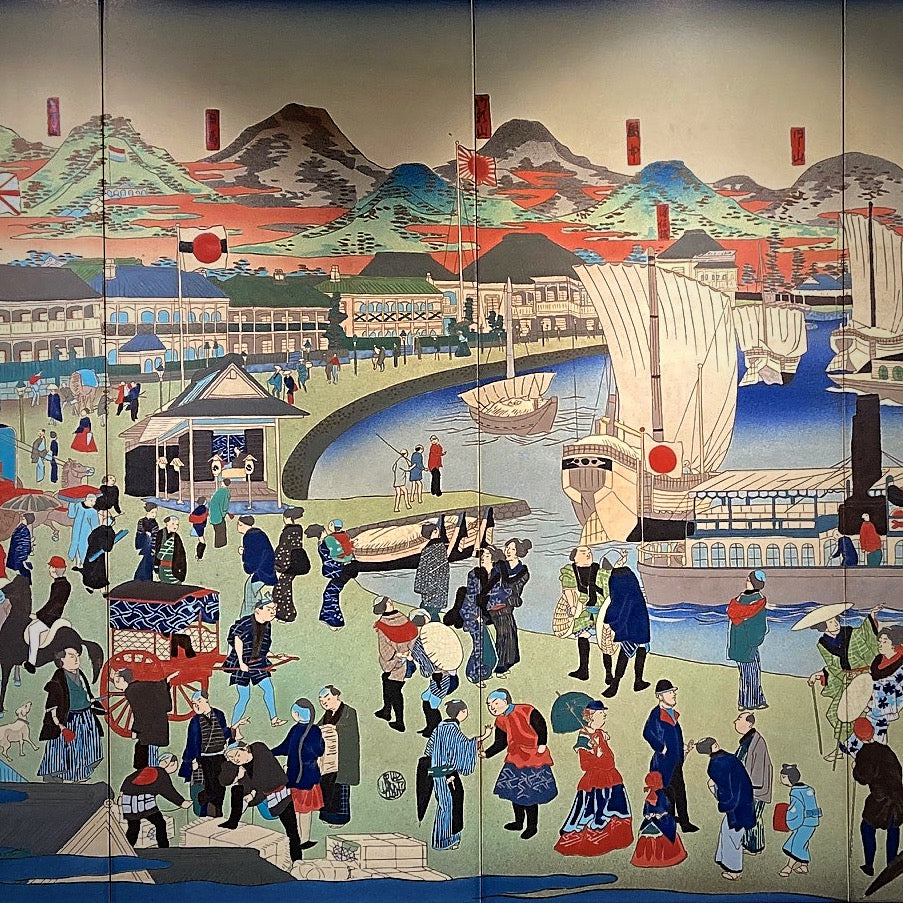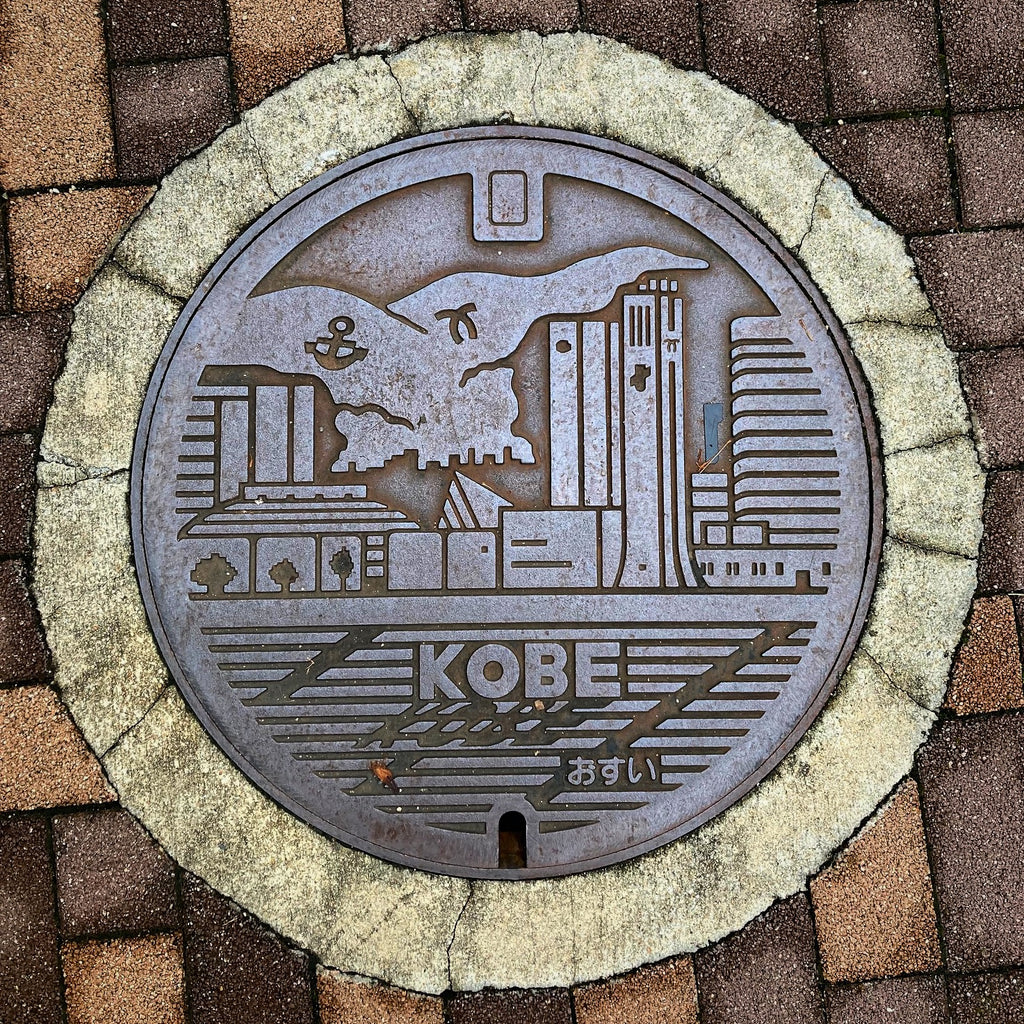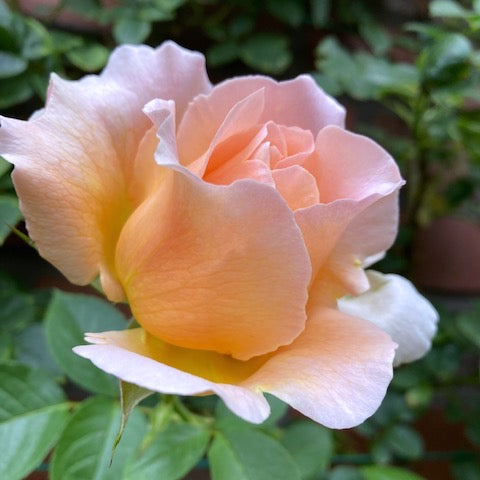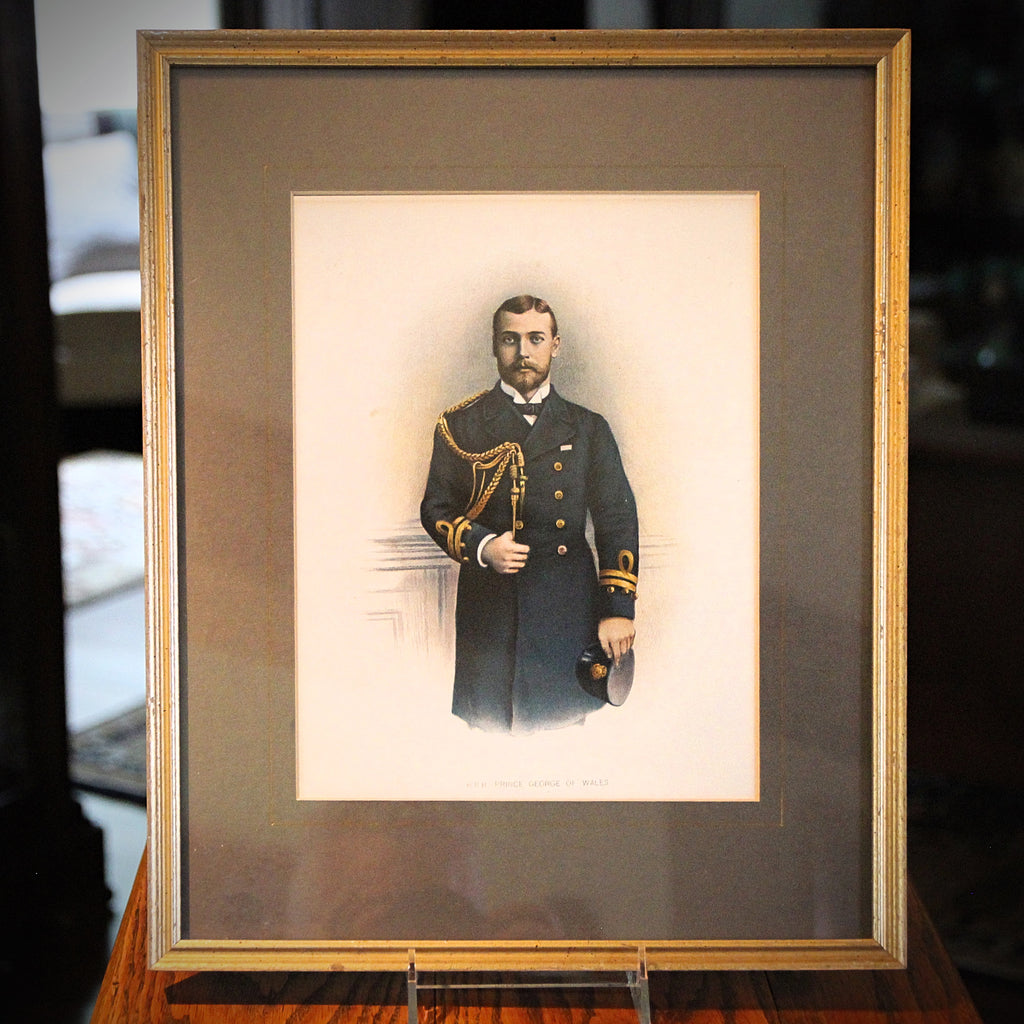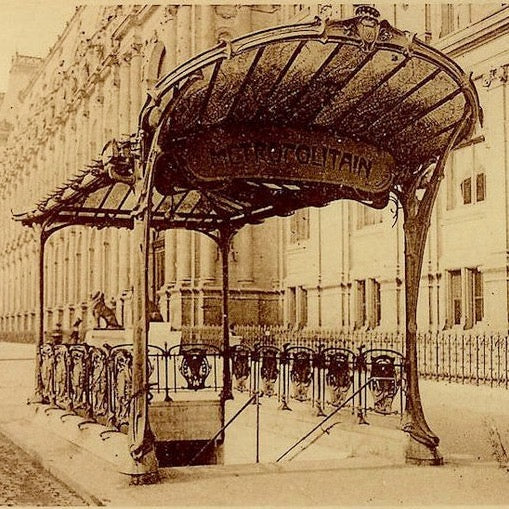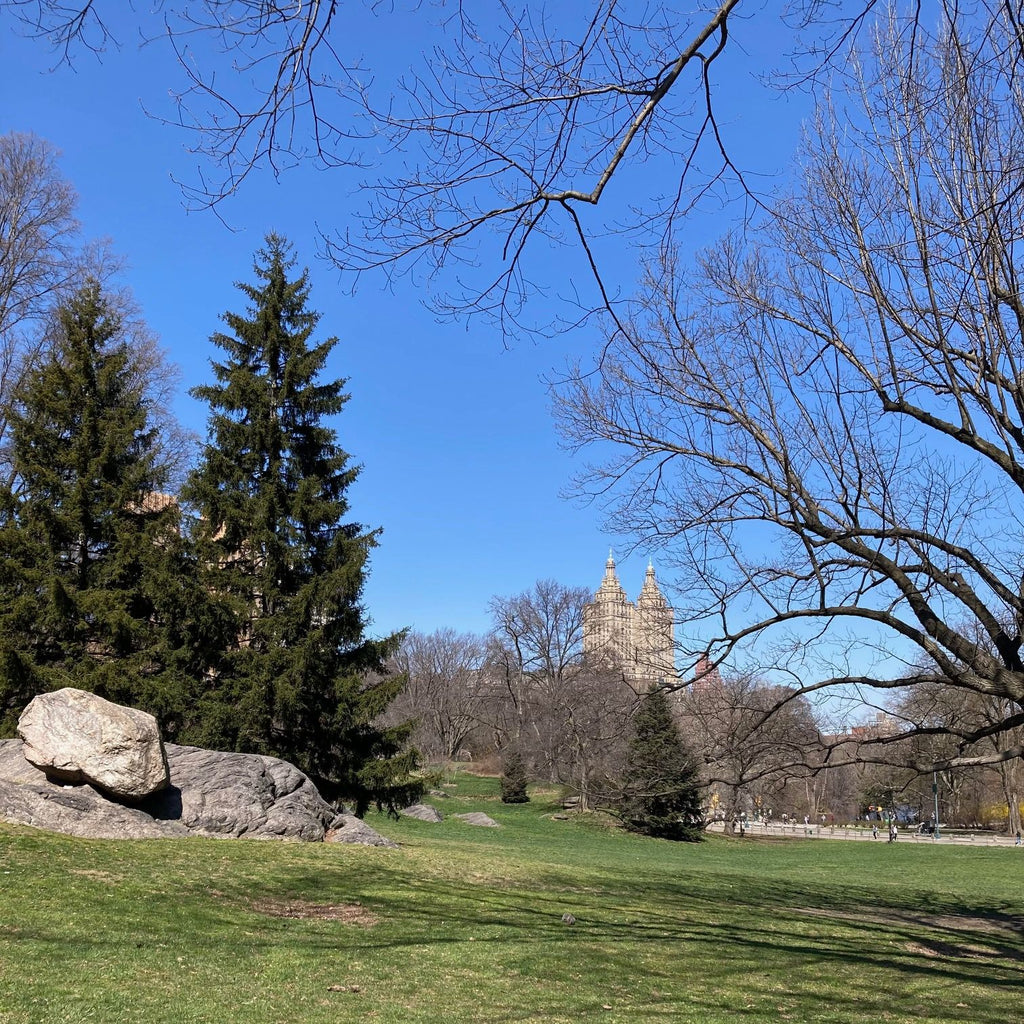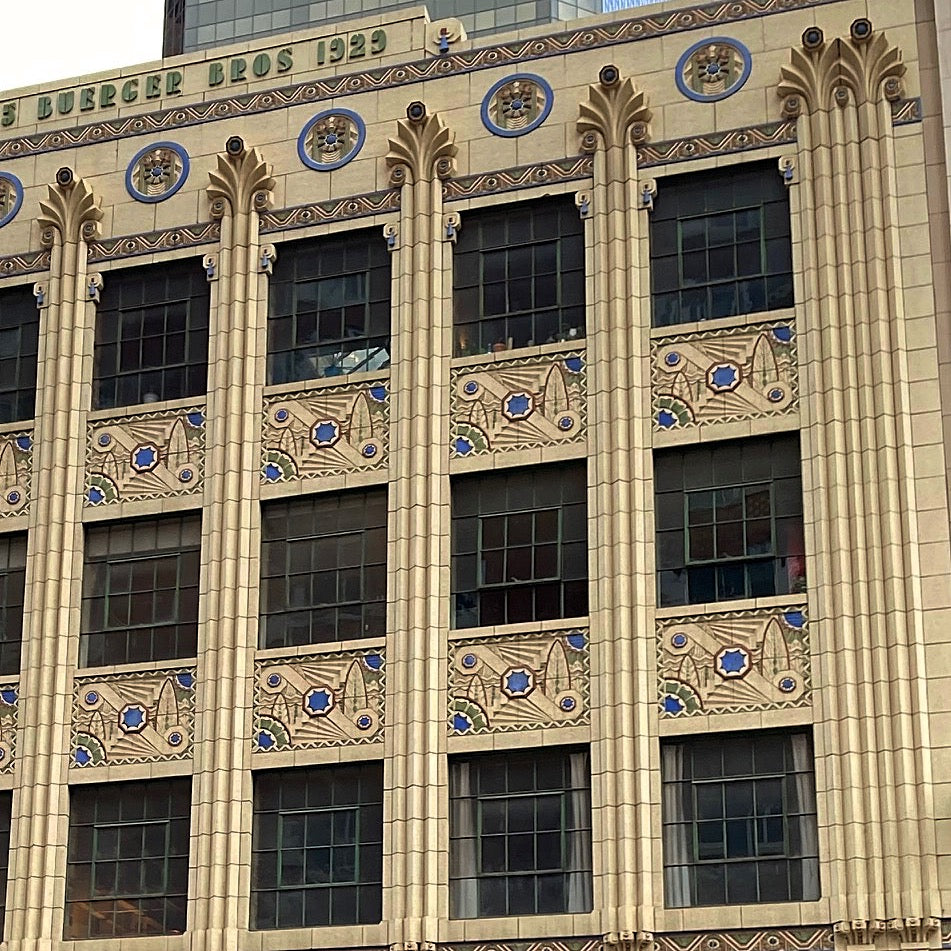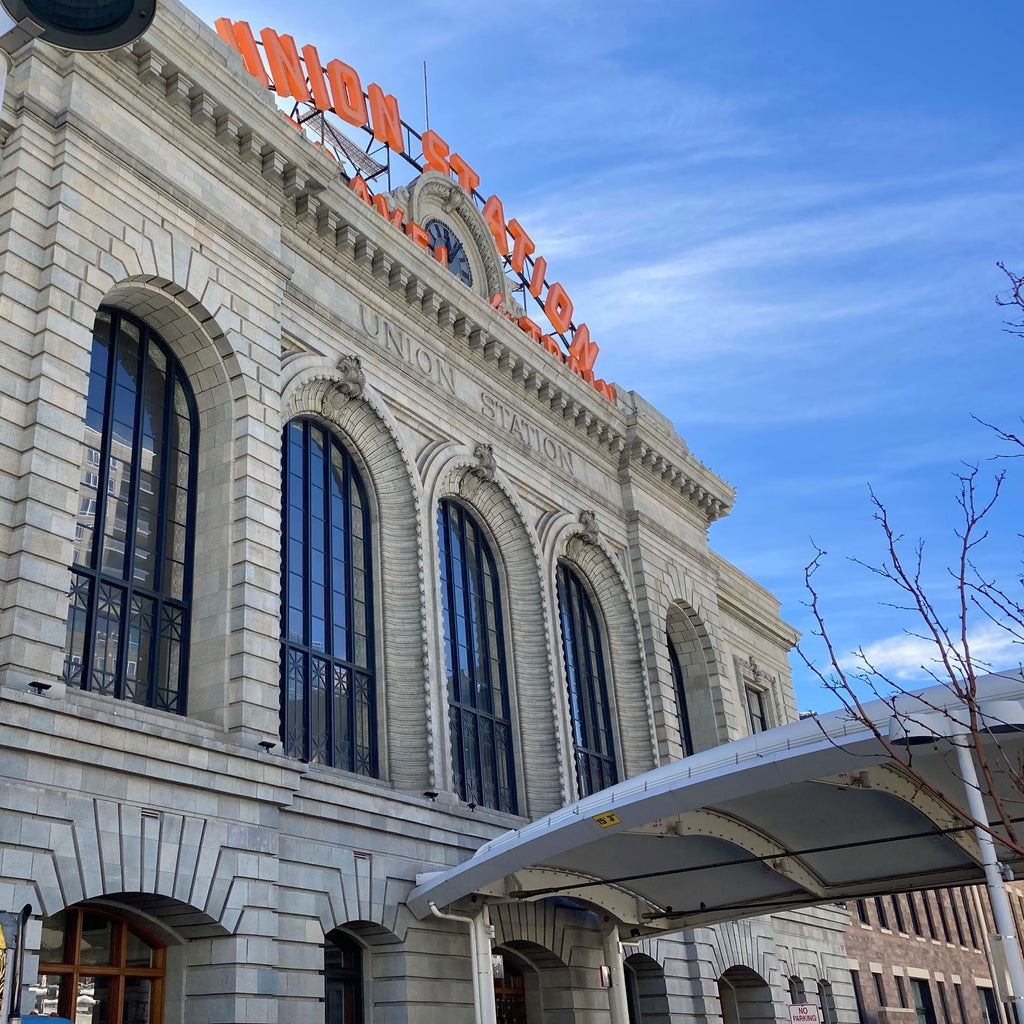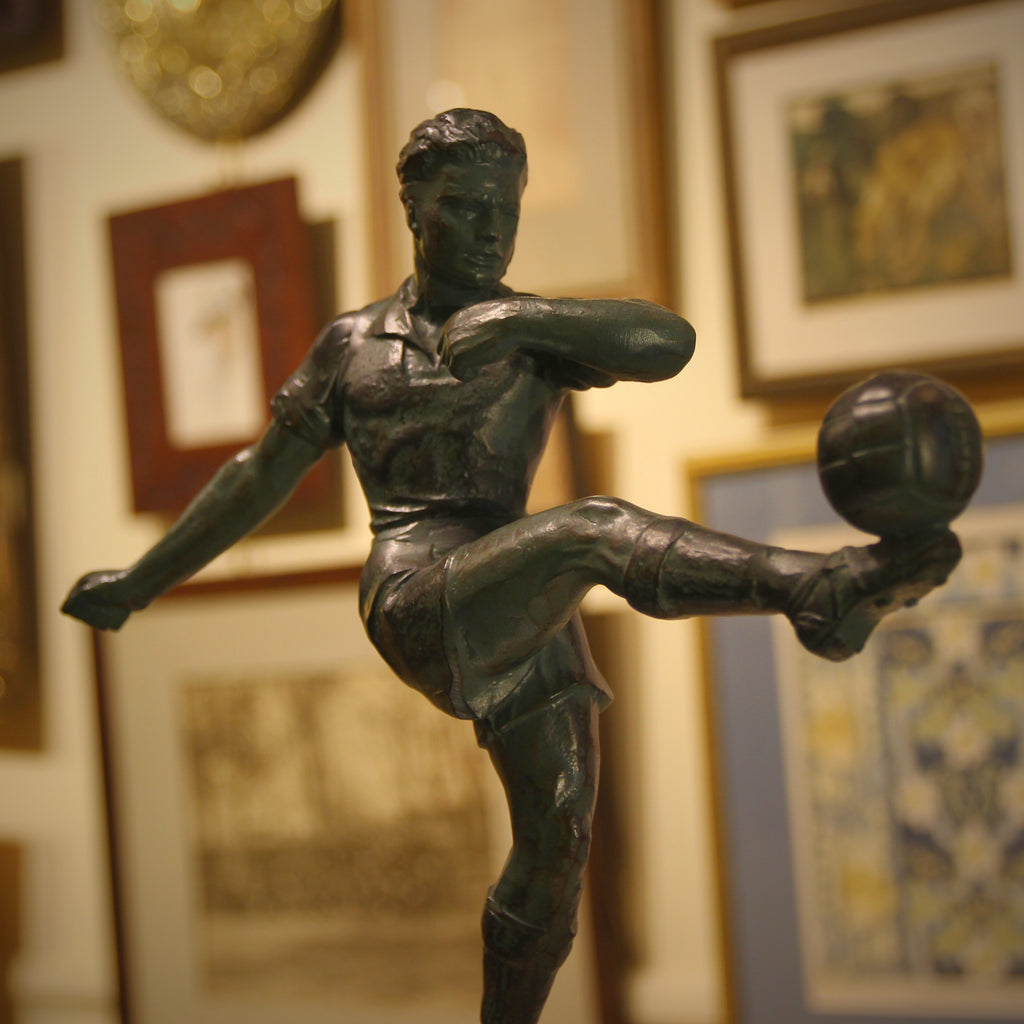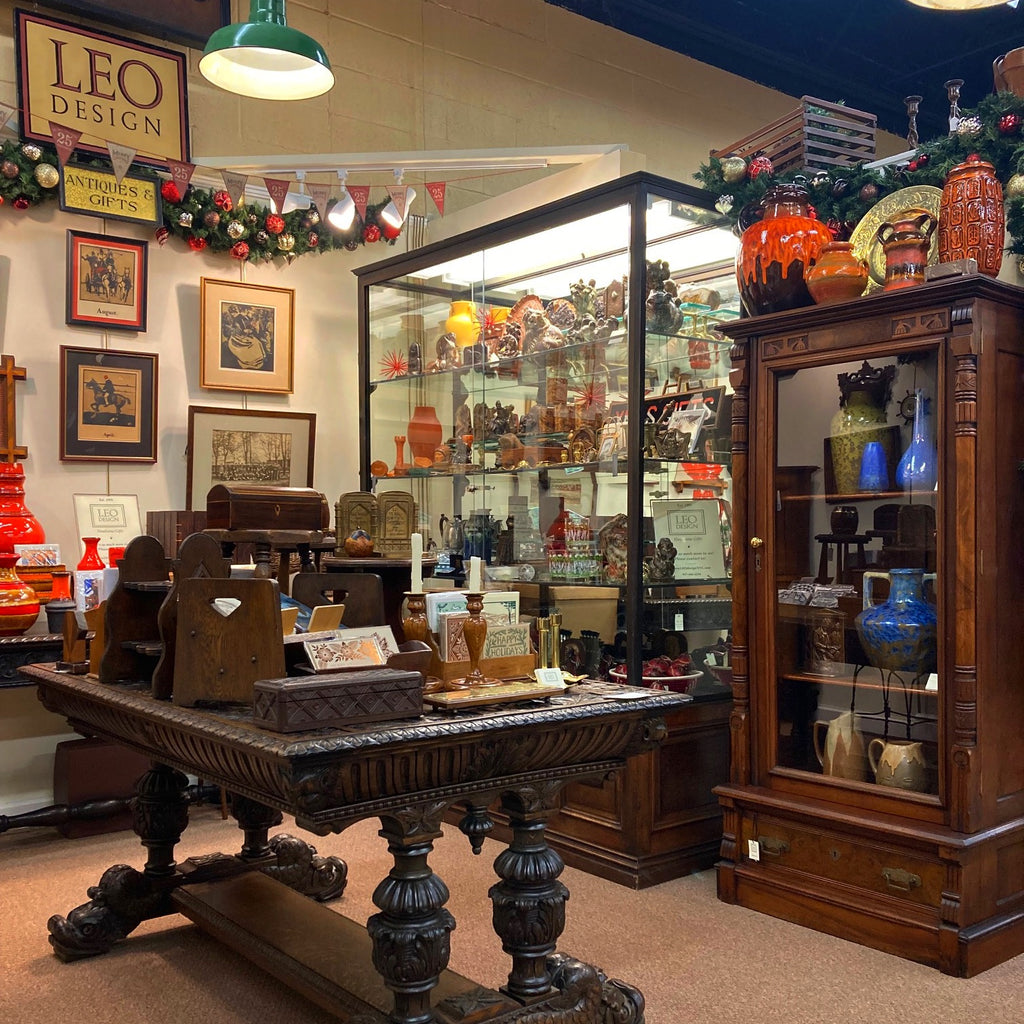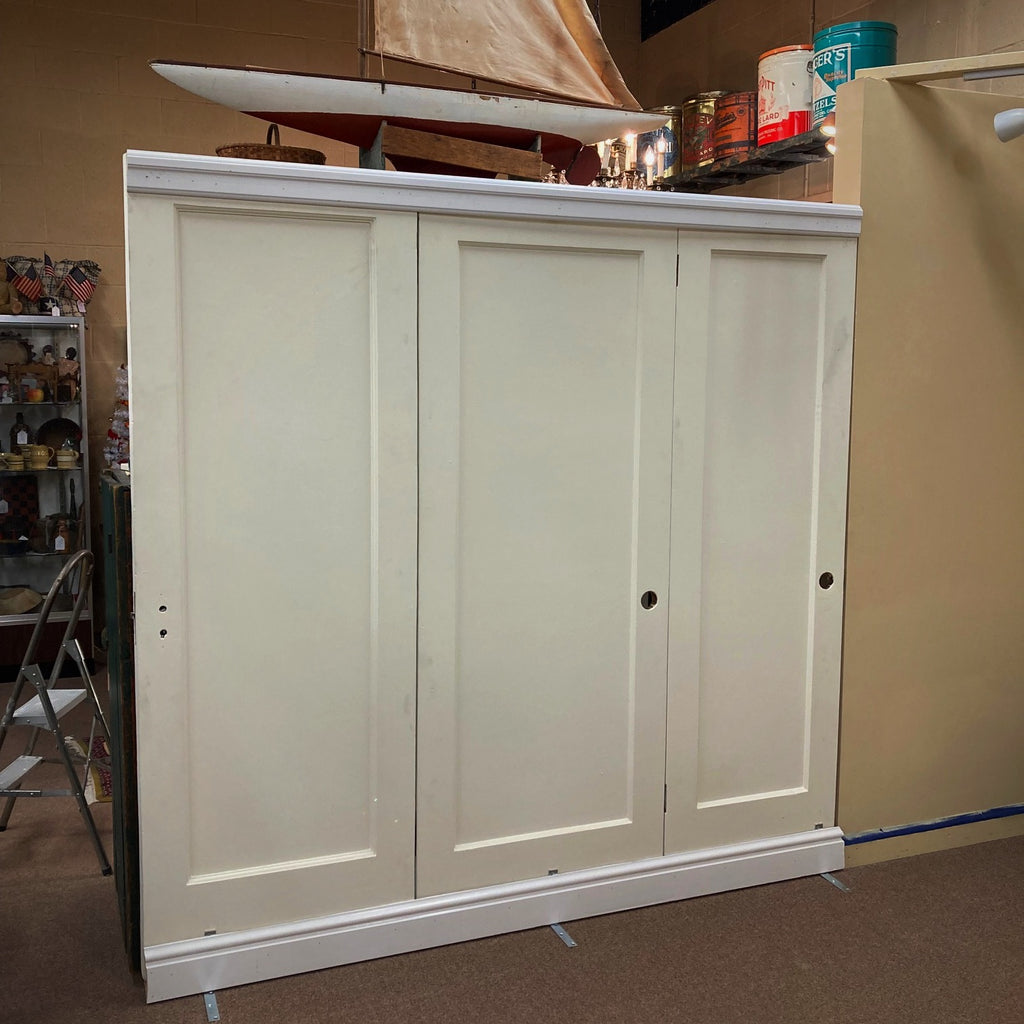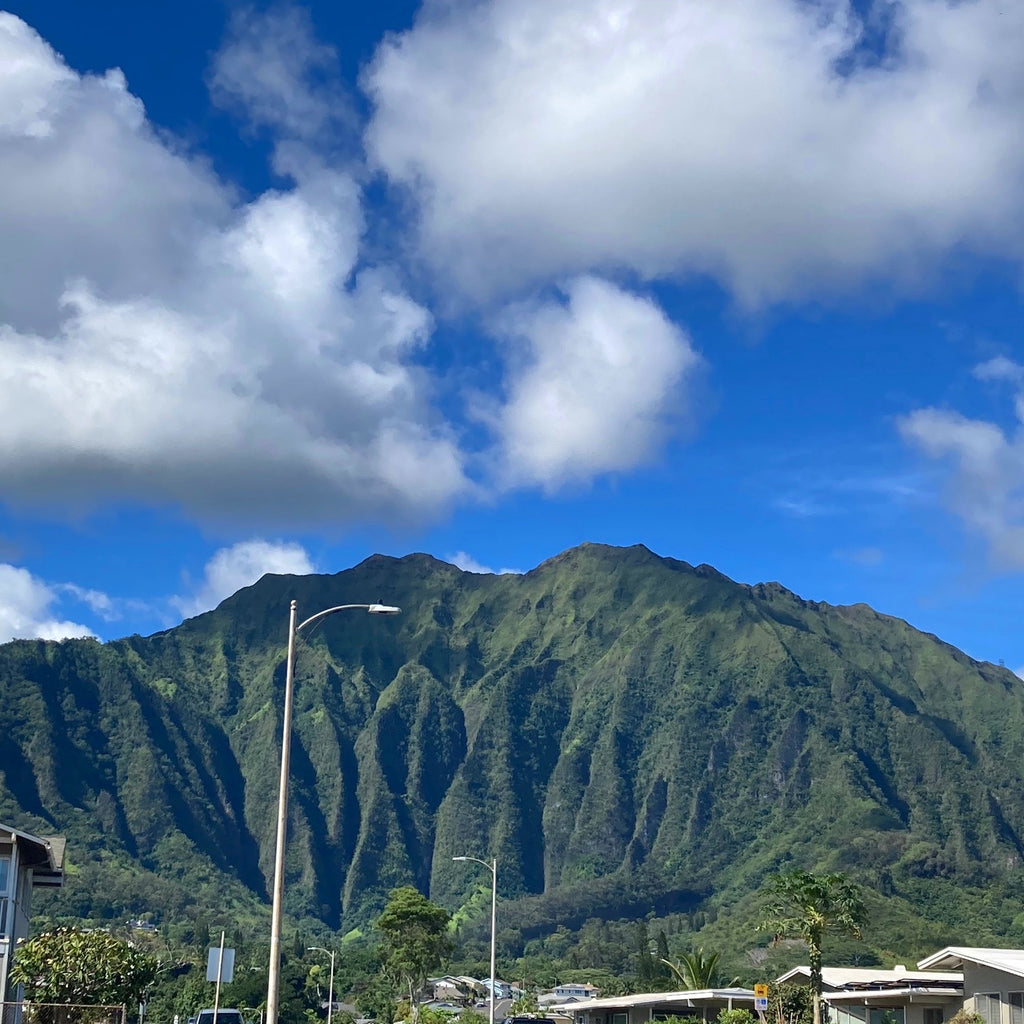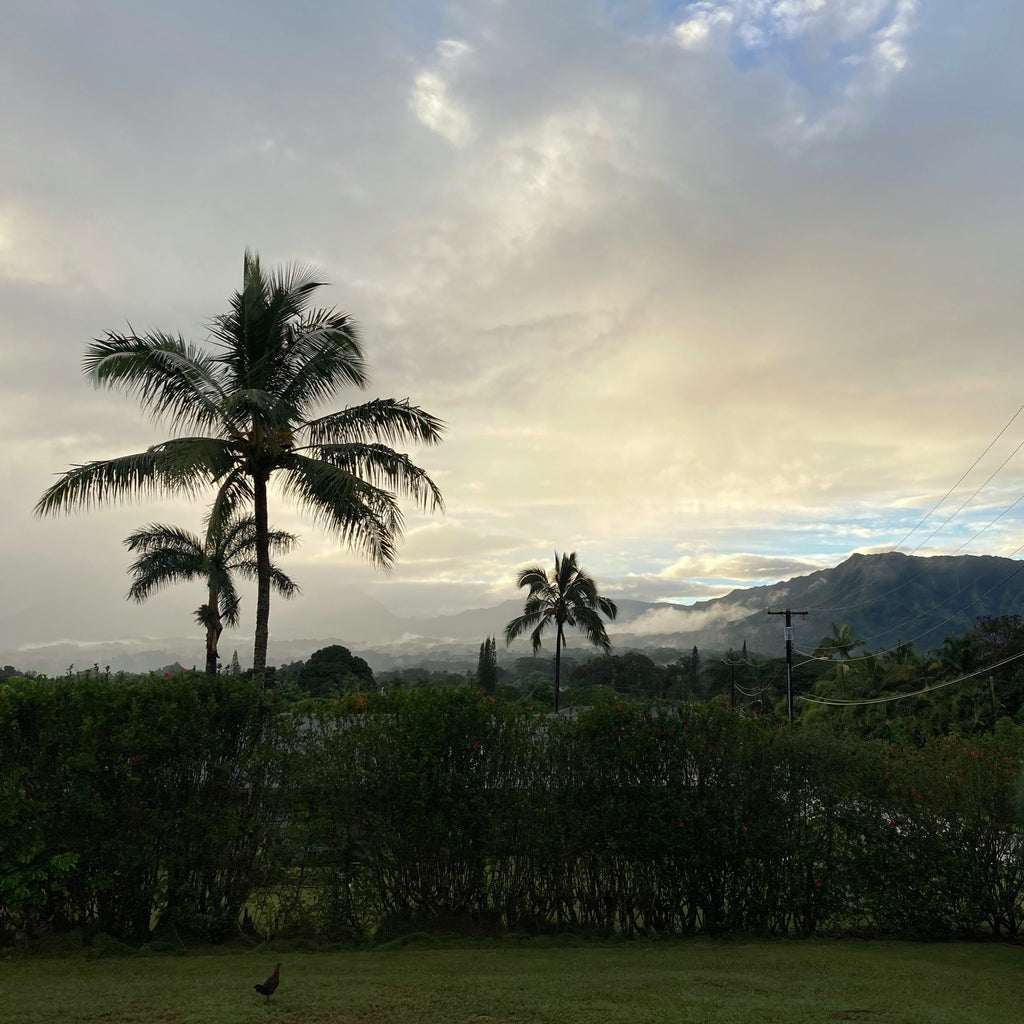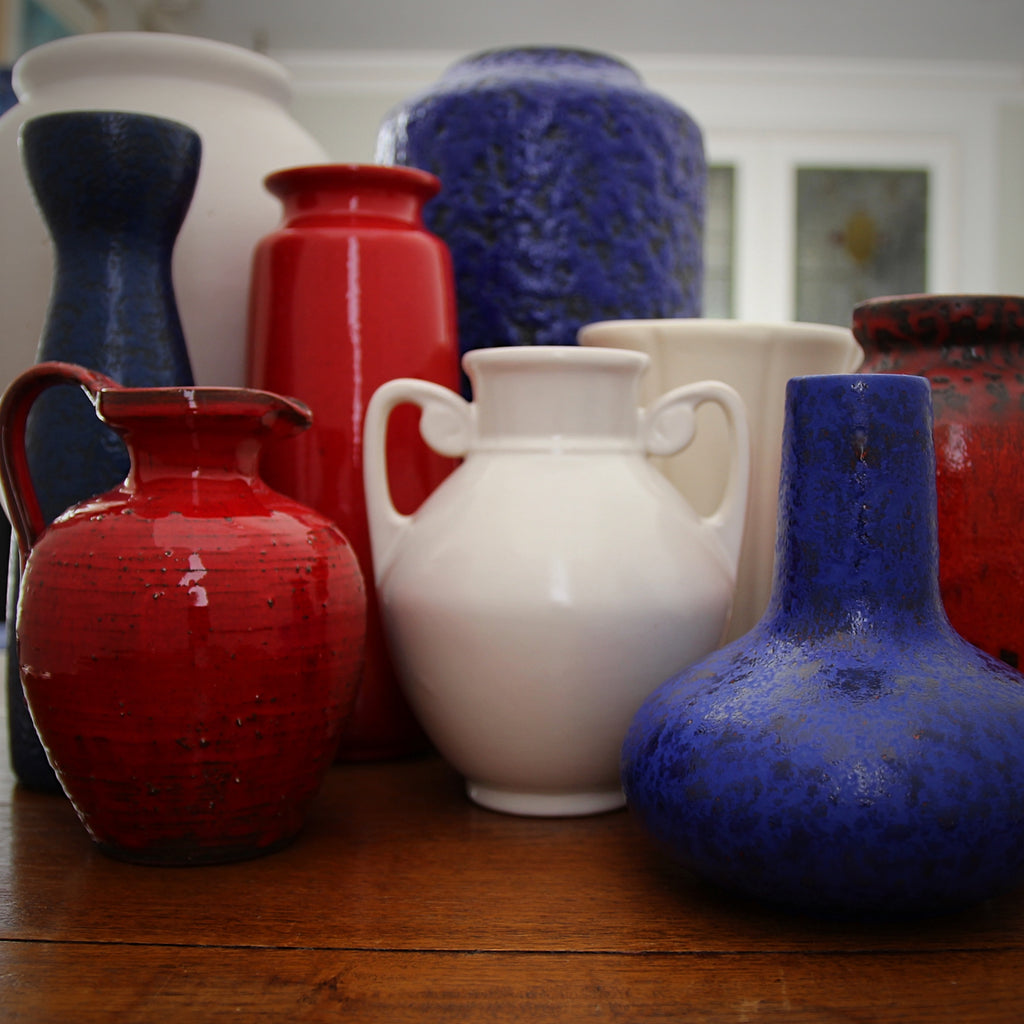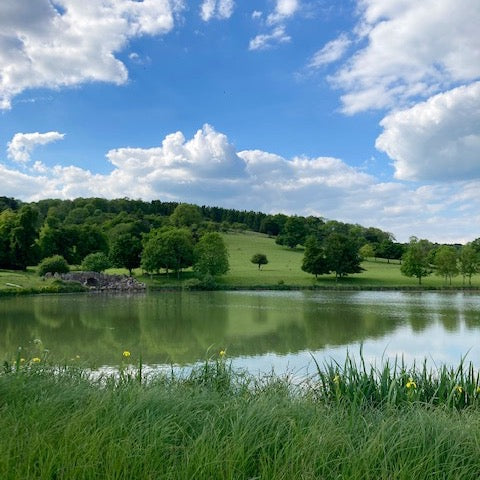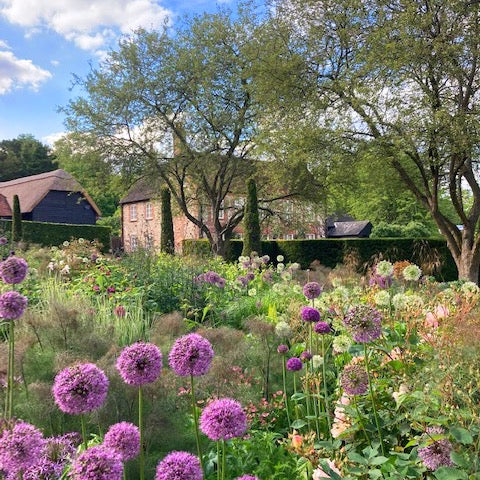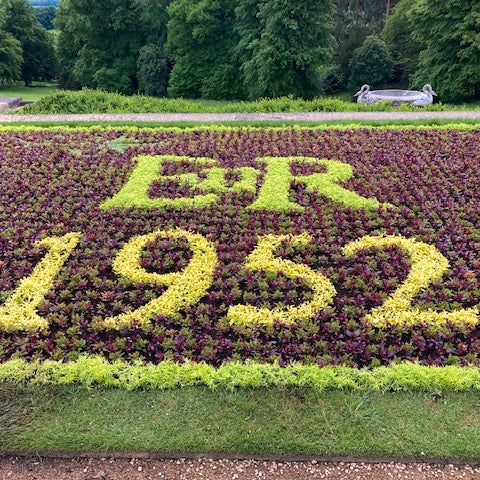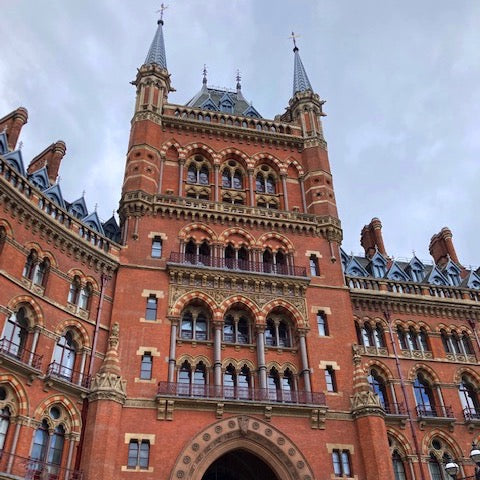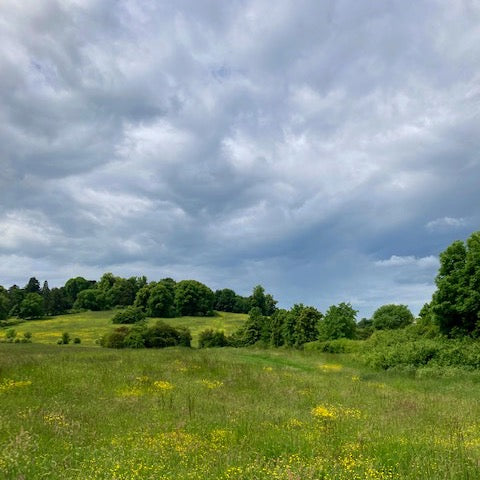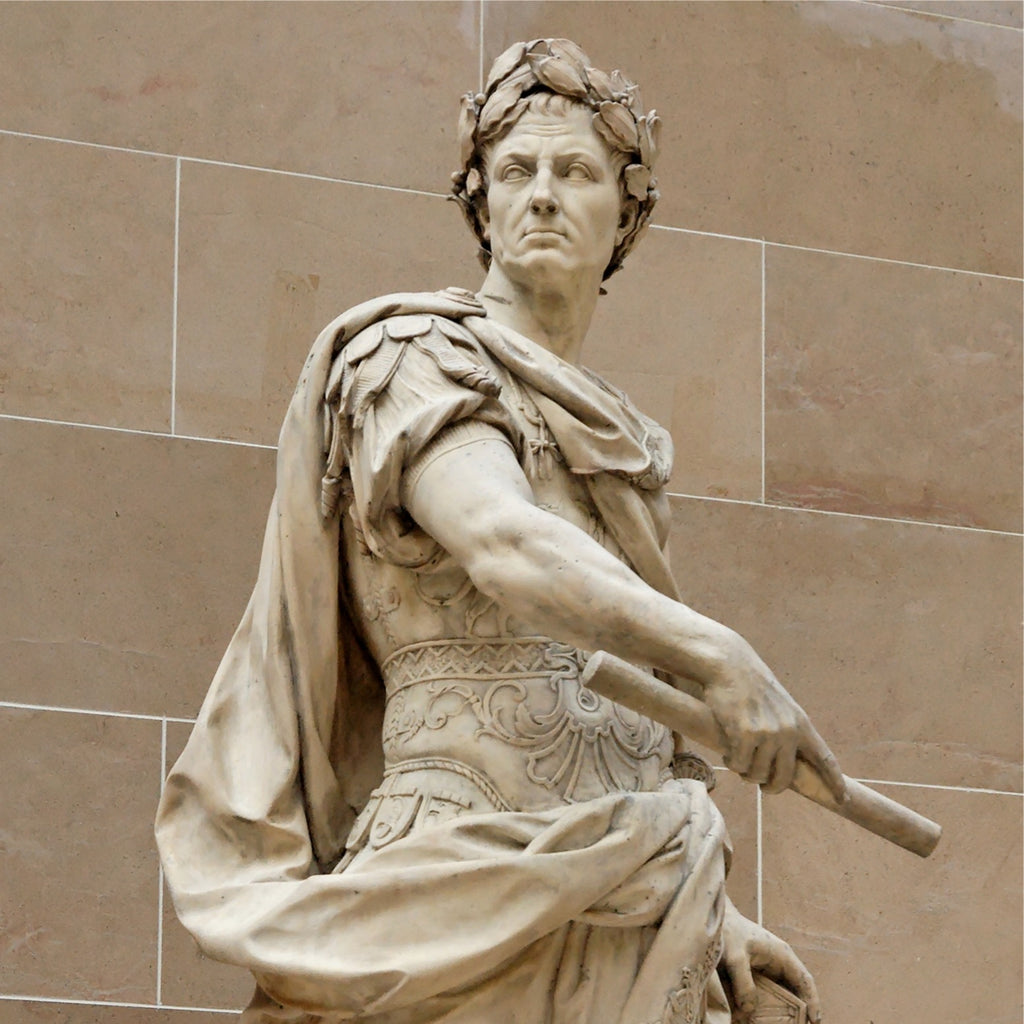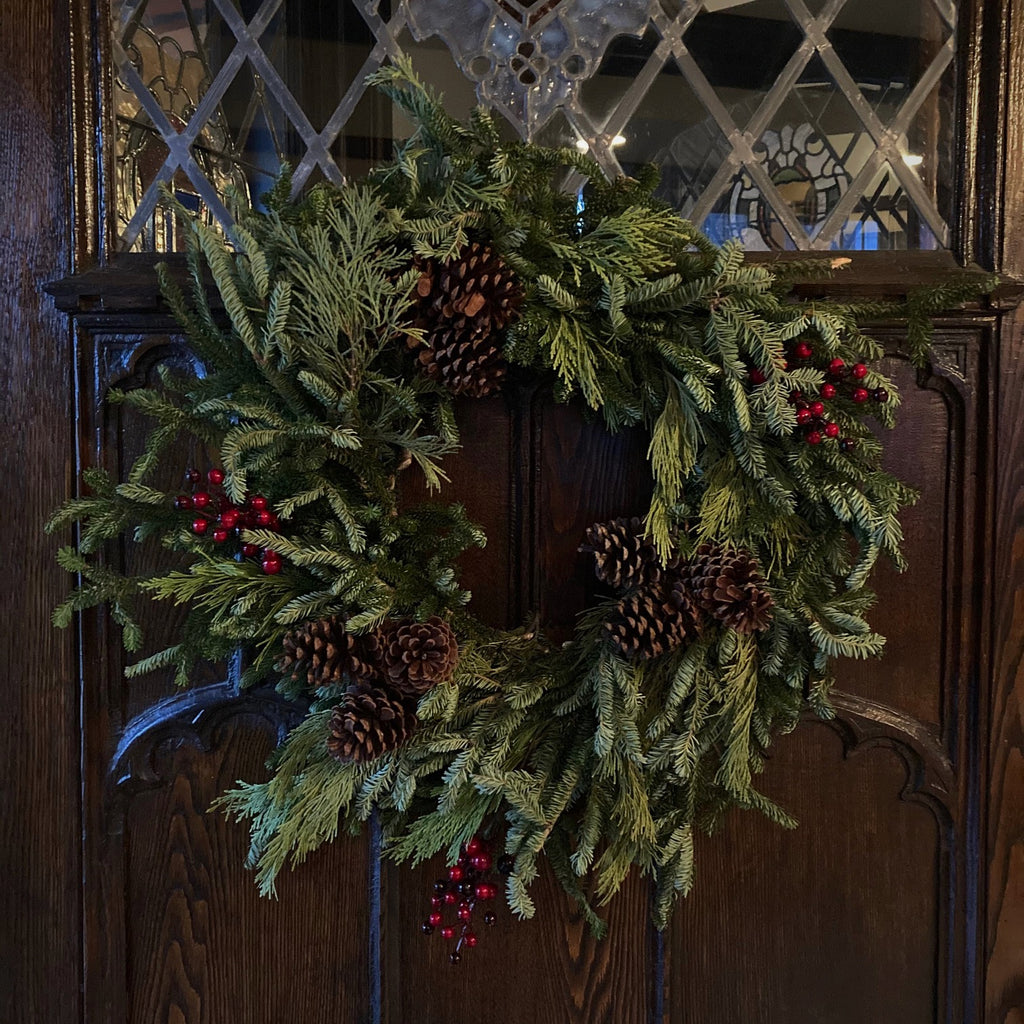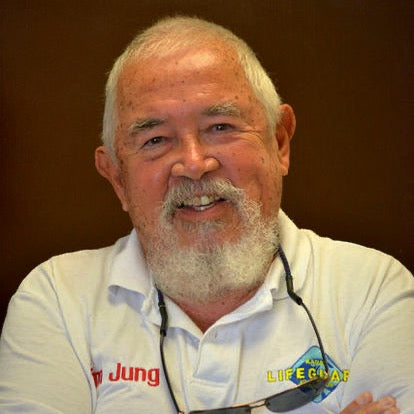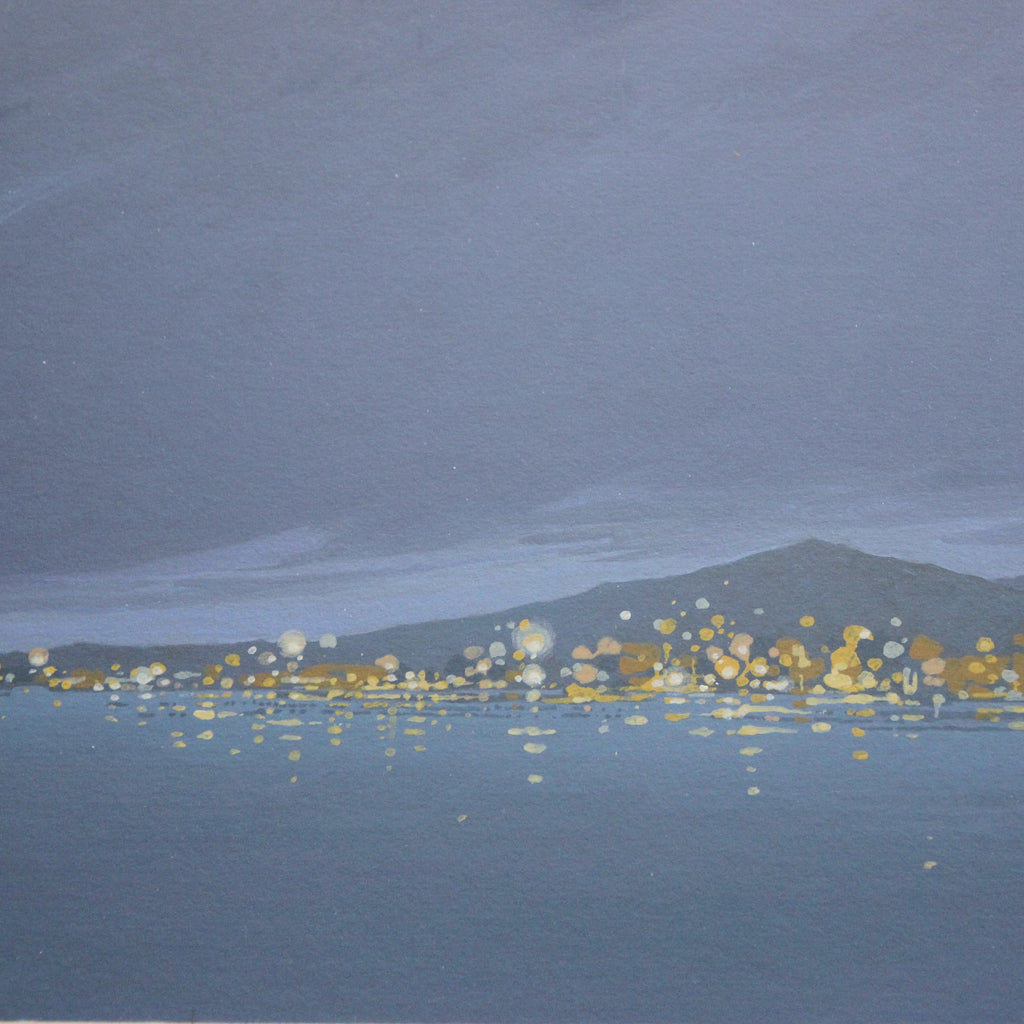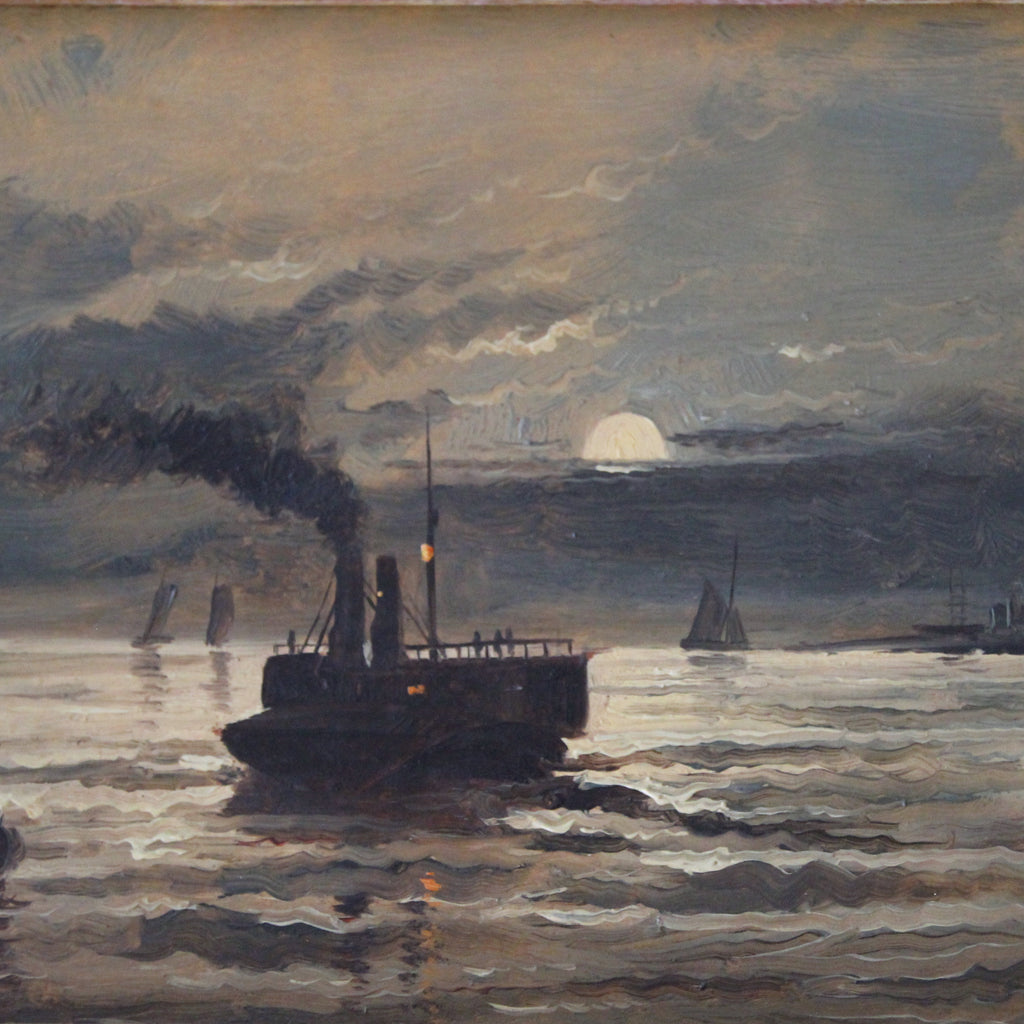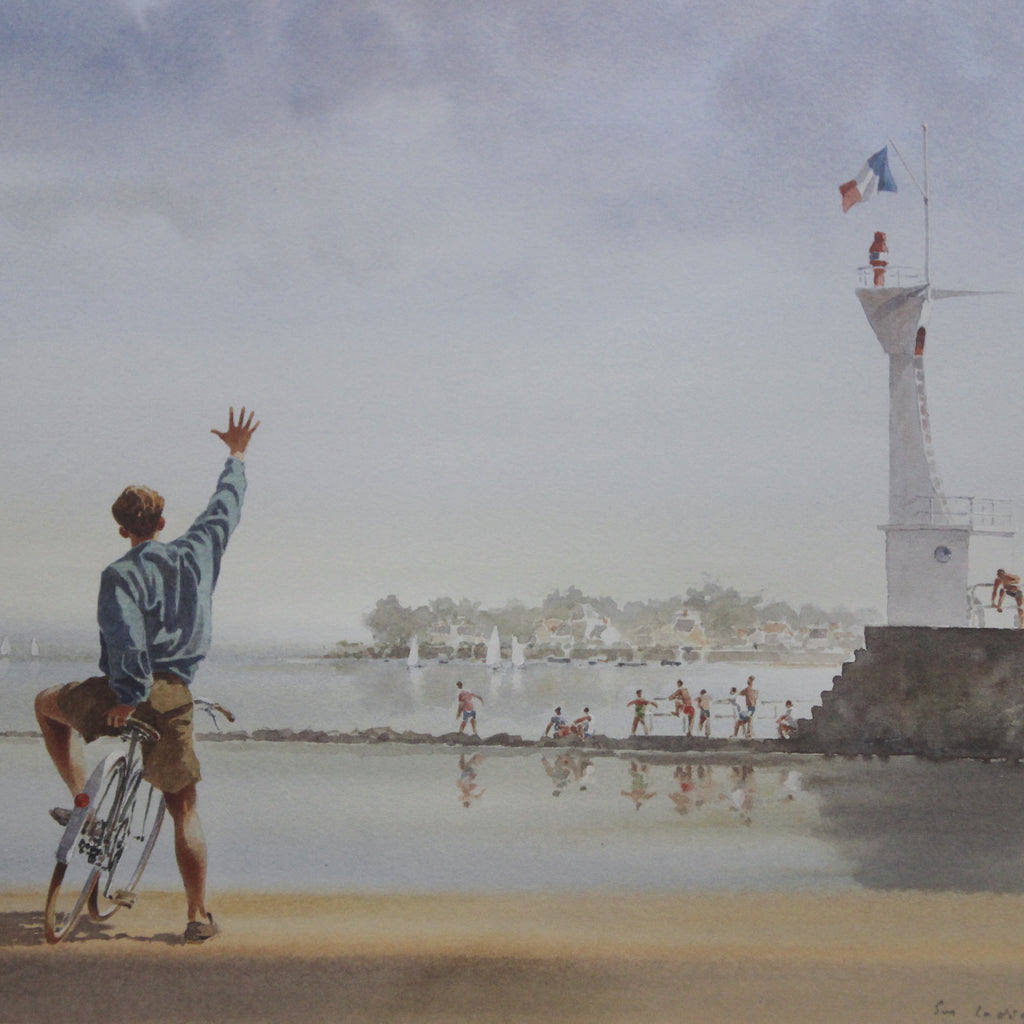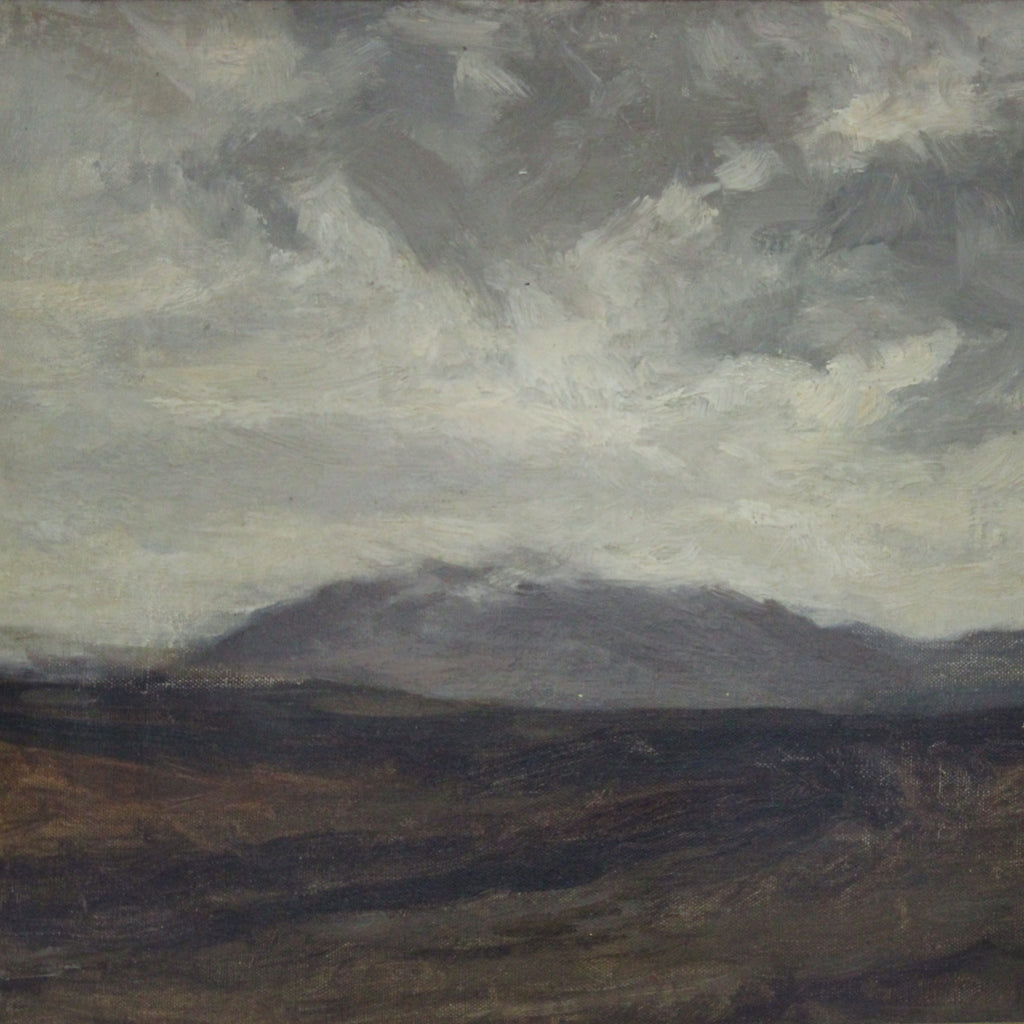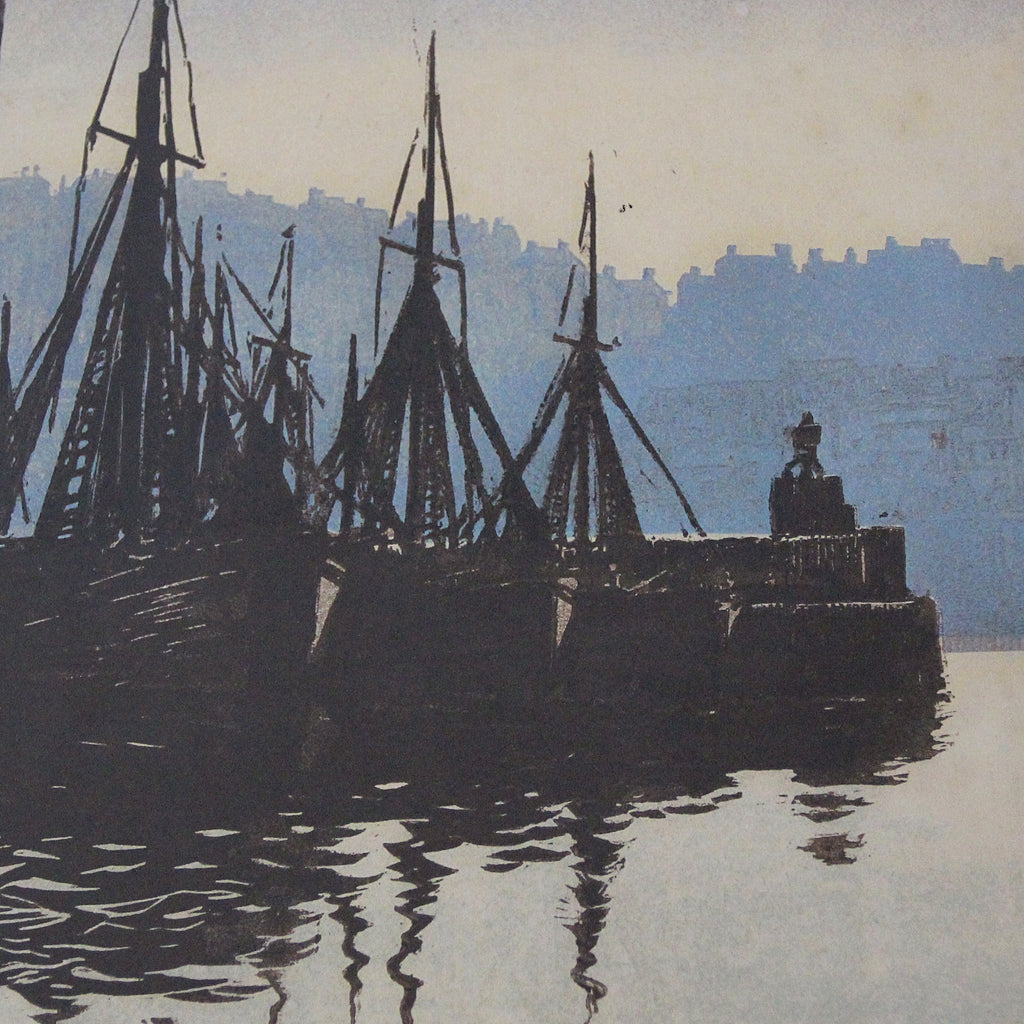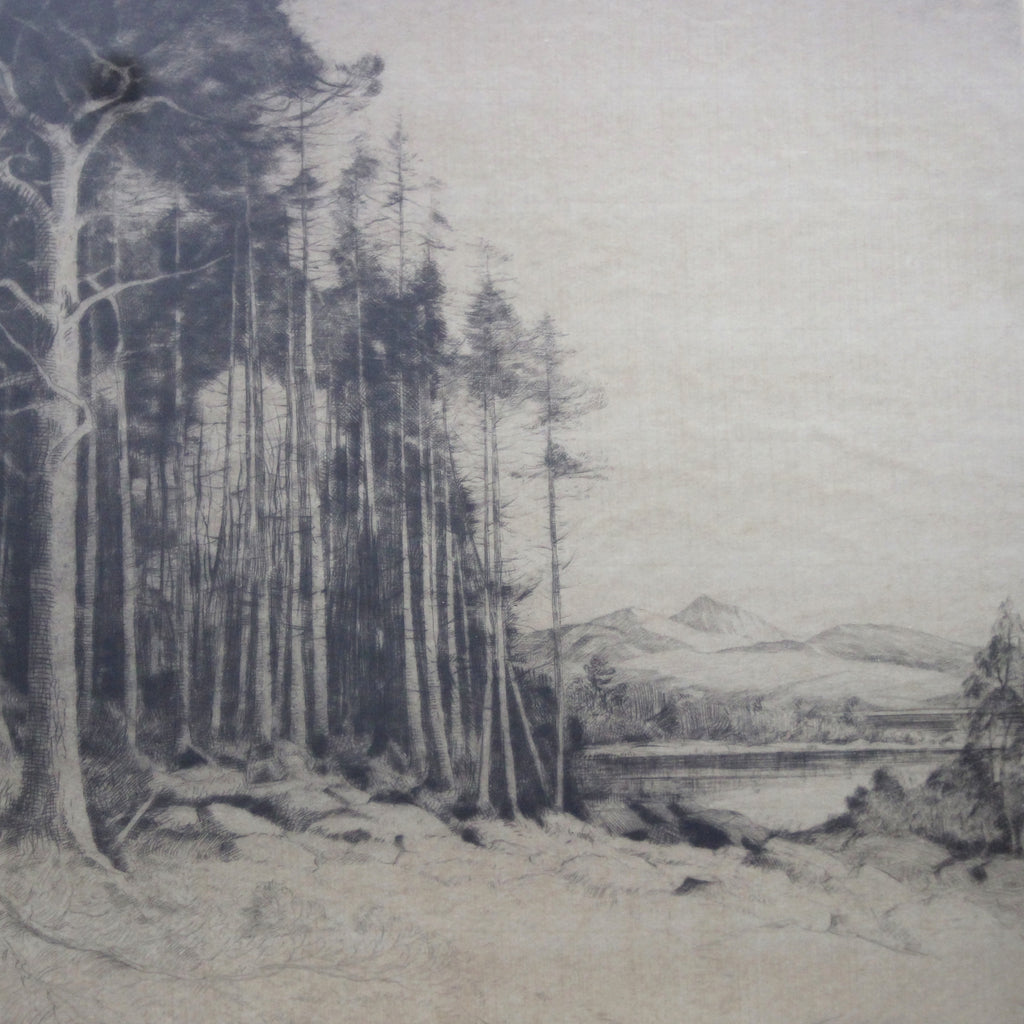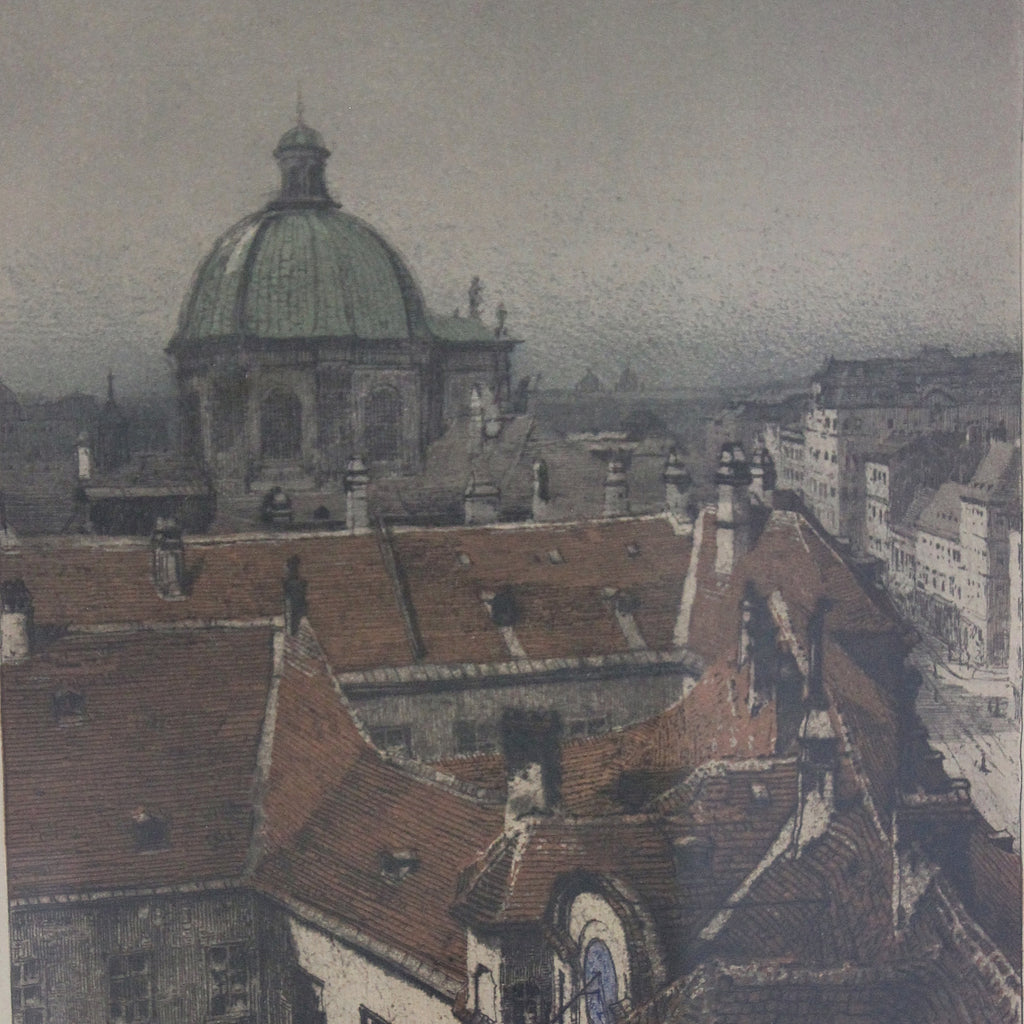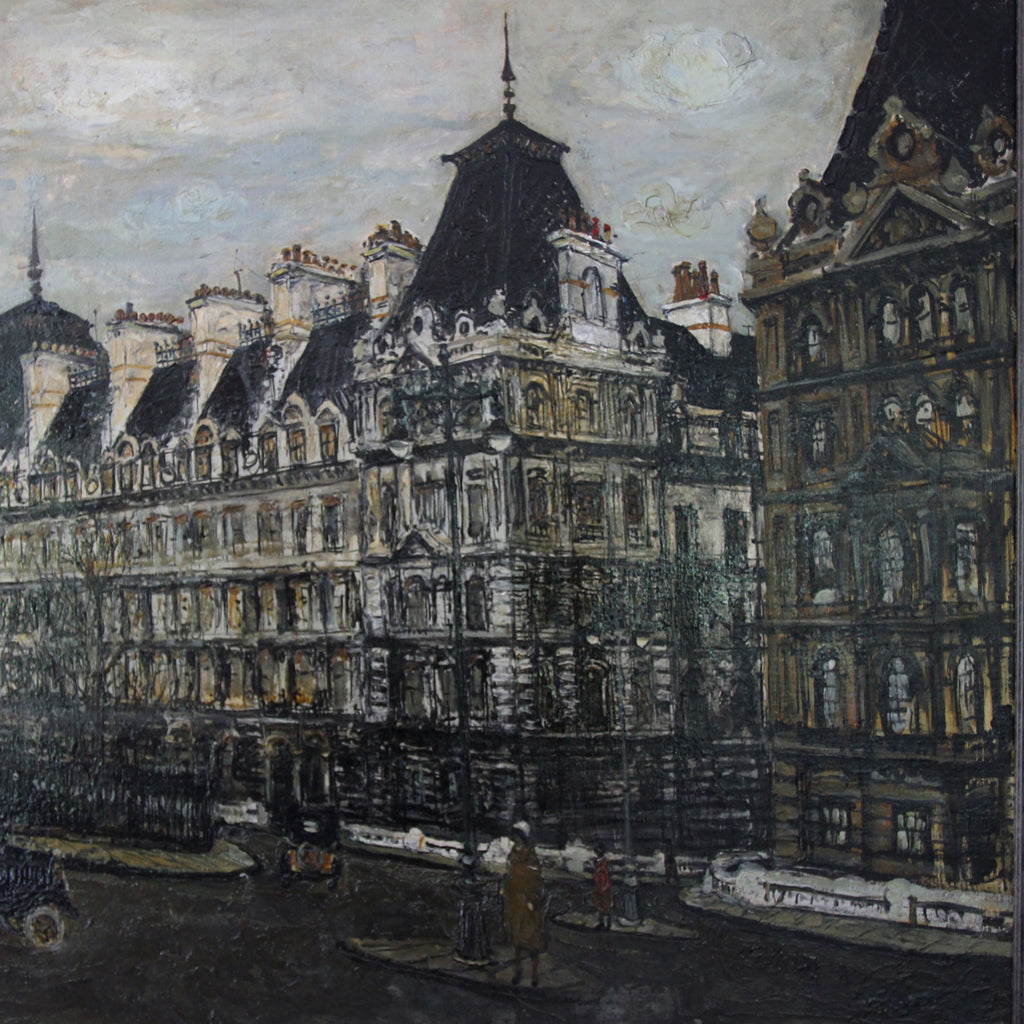JOURNAL — Assorted Thoughts RSS
Waiting at the airport is rarely an enjoyable experience. At least, at the Honolulu International Airport, there is an Asian garden to enjoy—a bit of peace and nature amidst the hustle of passengers and the smell of jet fuel. A lagoon, stocked with koi, adds another measure of zen before we board our flight for home.
Hawaii Bound - VII
It's our last day in Hawaii. So we're heading-out, cloudy or not. The sun is up there, trying to break-through. All we need is a little finishing-touch to our tans—which, as usual, seem to crack, peel and fall-away during the long, dry flight home.
Hawaii Bound - VI
On Oahu—where I was born, went to high school, and completed my first two years of college—we'll be catching-up with several boyhood friends. And going to the beach. One of my favorite beaches on the island is called Lanikai. It is in Kailua, which is right next to my hometown of Kaneohe. Lanikai Beach is gorgeous. It's popular, and it's not very big, so there's usually a crowd (and very little parking). But the water is perfect: gentle, shallow and turquoise blue (more like the Mediterranean than the North Pacific). It's perfect for children and those grown-ups who are not interested in extreme water sports. It's just beautiful.
Hawaii Bound - V
Our time on Kauai has come to an end. Today we head for Honolulu—to spend a few days with friends before returning to Pittsburgh. Our Hawaiian Airlines jet awaits us on the ramp. See you on Oahu!
Hawaii Bound - IV
The storm has (mostly) passed. A nice morning view from my brother's front deck. The top of Mount Waialeale—called "the wettest spot on Earth"—is capped in fluffy white clouds. It should be a nice day at the beach.
Hawaii Bound - III
Poipu, on the Southern coast of Kauai, has the most consistently sunny beaches on the island. There are no guarantees, but the leeward (Southern) shores in Hawaii typically are warmer, drier and sunnier. For this reason, many of the island's resorts are clustered here.
My favorite hotel on the island is the Grand Hyatt Kauai in Poipu. While it is, indeed, a big resort, it is also designed and decorated in very good taste (at least within the common areas I have seen—I have never needed to rent a room). What makes the hotel most attractive is the sensitive way in which such a large property is incorporated within the local topography.
Hawaii Bound - II
Tropical storm or not, today looks great. True, lots of clouds in the sky—but they're big, soft and fluffy. It will be a good day for the beach (especially at the start of vacation, when my winter white skin can use a bit of shade).
But, before the beach, a walk around my dad's acre of heaven. He's an avid gardener and he has many new plantings to show me. Shown above, a skywards view from his front yard: palms, sky, and (lots of) clouds.
Hawaii Bound - I
What a reassuring sight: our tropical-livery airplane already was parked at the gate marked "Lihue." After a long, cold and busy winter, we've been looking forward to our Hawaii getaway. My father's celebrating 89 years this year—and my nieces and nephews are a foot taller each time I see them. The jolly aircraft, being prepared for departure in sunny Denver (shown above), was nearly ready for boarding. I love the United flight from Denver to Lihue. If you can snag an upgrade, that route has lie-flat seats (which the flights from LAX and SFO do not).
The Eleventh Hour Scramble
Benji—shop dog extraordinaire and beloved friend—is good at reading the writing on the wall. He quickly senses when "something's up." When he sees me packing my lunch for work or sees us gathering items for a short excursion, he will post himself near the door—unwilling to be left out of the action. And when we really start packing (like suitcases), his anxiety begins to rise. (For this reason, I keep the suitcases stashed in the attic until the last possible hour.)
Back to the City - V
Italian Count Ugolino of Pisa was involved in the political struggles which ravaged Medieval Tuscan society. Like Dante Alighieri, the Florentine, Ugolino found himself on the wrong side of the political fight. As a result, in 1289, he was imprisoned in the Muda, a Pisan tower, along with two sons and two grandsons. The tower keys were flung into the Arno and the five family members were cruelly starved to death. Dante (then exiled in Ravenna) featured Ugolino in his Divine Comedy. As the count lays starving in the tower, his sons and grandsons beg their beloved father to eat them—thus preserving his own life. While Dante illustrates the complex anxiety of a man pondering the canabilism of his offspring,...
Back to the City - IV
Some painters seek to flatter their subjects. Others work very hard to do just the opposite. I suppose it comes down to this: Is the painter working for the sitter or is the sitter working for the painter? In the American Wing of the Metropolitan Museum of Art, I came across this charming scene, pictured above. A father kneels besides his son, perhaps explaining the painting to the lad, Washington Crossing the Delaware by the German-American painter, Emanuel Leutze (1851). I had never been drawn to the painting. It always seemed so staged, so theatrically heroic. It has always seemed (to me) to be a "highly-inventive portrayal"—though it does chronicle an actual moment in America's early years (Christmas Day, 1776)....
Back to the City - III
I was standing before my (likely) all-time favorite picture in the Metropolitan Museum of Art when I heard the rumble. It was more of a sound (and a vibration) than a shaking. "Do you hear that?" I asked Bob. It sounded like a slow-speed freight train passing-by on railway tracks—perhaps half a mile away. The only problem: there are no freight rail tracks in Central Park. And the New York City Subway System has spared Fifth Avenue any tracks buried below it. Moments later, the mobile phones of gallery guards began to ping. Husbands, wives, boyfriends and girlfriends began to text their loved ones to report the 4.8 magnitude earthquake which could be felt in the city. Some twenty-six minutes...
Back to the City - II
Standing near the Eastern edge of Central Park, just behind the Metropolitan Museum of Art, is the Ancient Egyptian obelisk known as Cleopatra's Needle. It is over 3,000 years old. During a visit to Egypt eleven years ago, our guide in Alexandria left us with this exhortation: "Please ask your government to send-back the obelisk." Actually, there had been a pair of obelisks in Alexandria: one which went to London and its mate which went to New York. In 1819, Muhammad Ali Pasha, the Ottoman Viceroy of Egypt, presented the two monuments as gifts—one to the Brits, the other to the Americans. At that time, one obelisk was still standing; the other had toppled-over (probably during the Crete Earthquake...
Back to the City - I
After a brutal, nine hour drive through a torrential (and continuous) Spring storm, we finally arrived at the Emerald City. It never fails: each and every time I exit the Holland Tunnel into Lower Manhattan, I exclaim, "Civilization! I'm back!" We came to New York City for a few days to see our accountant, visit friends, attend other events, and have a little fun. I also was delivering a customer's purchase—something a bit too delicate to ship easily. After arriving at our hotel—later than planned—we unpacked and took a little pre-show nap. We had tickets that evening for the Metropolitan Opera: Franco Zeffirelli's Turandot. Any evening in the Metropolitan Opera House is an event. The enormous proscenium arch, the rising chandeliers, even...
Boston's Arts
The Fogg Art Museum at Harvard University is wonderful. It's not very large—in fact, it is quite manageable for a two hour visit. But the collection includes works by many of the greats: studies and lesser-known paintings.
Shown above, a study of the seated figures for John Singer Sargent's El Jaleo, 1882 (the final painting which hangs in the Isabella Stewart Gardner museum, also in Boston). Sargent is my favorite "modern era" artist. With such economy, spontaneity and confidence—with just a few brush strokes—the 26 year old artist was able to paint a white skirt, conveying brilliantly how the fabric drapes over the woman's legs beneath and how the light plays off of the folds of her garment. Genius!
The Quest Continues
I have long wanted to visit the Fogg Art Museum at Harvard—especially once I learned that it possessed George Frederic Watts's painting of Sir Galahad, created between 1860 and 1862. I had long assumed that the picture was in England. After years of pre-internet searching, I finally learned that it was right here in America, at Harvard. Watts, a favorite of mine, used his then wife, the famed English actress Ellen Terry, as his model for the romantic youth. The painting was wildly popular and for several decades it was reproduced (in sepia tones and, later, in color) as museum art prints. Many a boy's bedroom would have been decorated with this print—considered a heroic role model for any young boy. Over...
Banned in Boston?
So much for "Banned in Boston." The "General Hooker Entrance," which most people use to enter the Massachusetts Statehouse, is clearly—and proudly—signposted. You can't miss it. Which is why a certain (delicate) state representative has demanded the sign by pulled-down. She's upset by the possible double entendre—and the probable giggles of touring teenaged boys.
Joseph Hooker (1814-1879) was a Union General in the American Civil War. He was born in Western Massachusetts to an English-American family which arrived in the 1600's.
An Uncommon City
Boston is amongst my very favorite of American cities. My father was born in Chinatown, just a stone's throw from Boston Common. My mother was born across the Charles River in Cambridge. They met at Suffolk University in Downtown Boston. For the first 15 years of my life, we travelled from Honolulu to Boston nearly every summer—"It may be our last chance to see Papa"—where, by the age of nine, I had mastered the Boston Subway (The T) in order to visit the Museum of Science multiple times a week. I travelled to Boston this week to see the premiere of my husband's ballet, Raymonda, at the Boston Ballet (he designed the scenery and the costumes). Of course, I cannot visit...
London Calling - IX
It's hard for me to name a favorite London museum. Let's just say that the Tate Britain is one of them. For me, a visit to the Tate is a walk down Memory Lane, enjoying my favorite, painted hits. So, for my last full day in London, I went to visit the Tate. The museum claims to present "500 years of British Art"—and its collection is, indeed, vast and wonderful. But how "British Art" is defined seems rather elastic to me; many of the museum's works have been sculpted or painted by non-Brits. Perhaps a work of art (even one by a foreign artist) qualifies as "British" if it was conceived on British (or United Kingdom) soil? Or perhaps it's considered "British"...
London Calling - VIII
Shopping, theatre and museums! My three favorite things to do while in London. Having finished packing-up all my purchases (thus far), I headed to Trafalgar Square to visit the National Portrait Gallery and the National Gallery of Art—two of the great art museums in the world. Shown above, a portrait of Queen Elizabeth II, painted in 1969. The trustees of the National Portrait Gallery wanted to commission a new portrait of Her Majesty for their collection and the Queen expressed interest in sitting for Italian portraitist Pietro Annigoni (who had painted her 15 years earlier, as a young queen). It took 18 sittings (over 10 months) before the painting was unveiled in 1970. The bold, regal likeness—with its monumental, Modernist composition—captured...
London Calling - VI
Hyde Park provides much "breathing space" for many Londoners—not unlike Central Park in New York City. The park began in 1536 when Henry VIII plundered the Church property from Westminster Abbey (part of his "dissolution of the monasteries") and created a private hunting grounds for himself and his court. In 1637, King Charles I declared the park open to the general public—and it has since remained an important retreat from the bustle of London's urban life. The park also is a site of dog walking, sunbathing, horseback riding, and other quiet recreation. It has been a military camp, a parade grounds, an exhibition fair grounds and the location for duels to the death. And Hyde Park is a go-to location...
London Calling - V
When I first opened my shop on Bleecker Street in 1995, I carried a line of British men's shaving products made by George F. Trumper. Trumper opened his Mayfair barber shop in 1875. He was a talented perfumer, as well, and he produced a line of men's grooming products which quickly became fashionable with London's wealthy gentlemen. His little shop—still fitted with original Turn-of-the-Twentieth-Century mahogany cabinetry—is on Curzon Street. From the 1680's through the 1760's, Mayfair was the pastoral site of the annual May Fair, held the first two weeks of May (except when the Plague was raging). In time, however, the attractions—and the crowds—began to upset the delicate sensibilities of the gentility prompting the Grosvenor family (the Dukes of Westminster)...
London Calling - IV
The quiet, upscale neighborhood of Notting Hill is overrun every Saturday morning—when the Portobello Road antiques merchants descend upon this otherwise peaceful neighborhood. And, along with the antiques traders, come thousands of customers (some serious about buying, most "just looking"). The market begins to open at 6:00 am. By Noon, the streets are clogged with Italian tourists enjoying their obligatory (and oh. so. slow.) passeggiata. The main market street, Portobello Road, began as a food market in the Nineteenth Century. After World War II, antiques traders began to populate the upper part of the road. Today, it is the largest antiques market in Britain. A mixture of terraced townhouses, small row houses, and Thirties apartment buildings are interspersed with retail...
London Calling - III
Buying trips to London mean several certain things: early, dark and wet mornings, lots of tunneling-about on The Tube, and as much theatre as I can manage to see (though evening theatre and pre-dawn antiques hunting can be a difficult combination). I started-out Friday morning to catch the first (5:51 am) Tube to the Southbank. Four hours in the damp (including mist and rain) was unpleasant though productive. Aside from the rain, it's nice to be prowling-around the City at such an early hour. It seems that I have the whole place to myself. Come mid-morning, I headed to the Northwest section of London, finding myself in a (surprisingly) quiet Edgware Road Tube Station. This station, which serves the Bakerloo Line,...
London Calling - II
While Bloomsbury has been my standard visiting residence in London, on this trip we're staying in the Islington flat of a good friend who is in South America for a few months. We are fortunate to have been allowed to stay in his London apartment. I first met this friend, Mark, in the 1990's when he walked into my Greenwich Village shop. He is a collector (and part time antiques trader) from whom I sometimes by merchandise. We've remained good friends from the day he walked into my store. The name Islington is the evolution of several earlier names. The Saxons (c. 1000-1050 AD) called it Giseldone and Gislandune (meaning "Gisla's Hill" or "Dune"). This name eventually became Isledon until the 1600's after...
London Calling - I
If I had to pick one London neighborhood to call my own, it would be Bloomsbury—long a center of London's intellectual, scholarly, medical and literary enterprises. I have been staying in this active, human-scaled neighborhood for decades—surrounded by students and faculty from the neighborhood's several colleges, and employees of the numerous bookshops and many creative businesses in the area. The neighborhood was first called "Bloomsbury"—or, rather, "Blemondisberi"—in 1281, named after the French Blemond family who owned the manor here. In time, King Edward III (who reigned from 1327-1377) acquired the property, still largely rural, and gave it to the Carthusian Monks. Later, when Henry VIII was "disbanding the monasteries," this property was seized and given to one of the King's...
Martin Luther King Day
Happy Martin Luther King, Jr. Day!
King is honored on this national holiday for his leadership of America's Civil Rights Movement—and his enormous contribution to our country's conscience and moral fiber. The holiday is celebrated on the third Monday of January each year, which, this year, happens to fall on his actual birthday (15 January).
Merry Christmas!
All Good Wishes for a Merry Christmas and a New Year of Health, Happiness and Contentment!
Musings on Central Park
Last week I drove-back to New York to transact some LEO Design business. Now that we no longer have a Manhattan apartment, we stay at a hotel on the Upper West Side. Until moving out of town, we had never required a hotel in the city. I must say, staying in a New York hotel is great, despite the expense. During most visits to New York, I cross Central Park to visit an elderly friend on the Upper East Side. Traversing the park is always one of the highlights of any Manhattan visit. And photo opportunities are always plentiful. On this trip, I pondered the enormous civilizing effect Central Park has on New York City life—especially for those lucky enough...
In Search of the Pharaoh's Daughter - XVII
The ancient city of Jerash is amongst the best-preserved Roman cities outside of Italy. It lies about 30 miles North of Amman, Jordan (previously known by its Greek name, "Philadelphia"). Ancient Greeks called the city "Gerasa." While very old human remains have been found in the area (possibly dating from 7,500 BC), the city really got its start under Alexander the Great—while he was heading home from Egypt in 331 BC. After Greek rule, it was possessed by Jews, Romans, Byzantine Christians, and Muslims. After a massive, destructive earthquake in 749 AD, the city seems to have been abandoned for several centuries until Crusader armies camped here in the Twelfth Century. In time, Ottoman Muslims took the city. The years...
In Search of the Pharaoh's Daughter - XVI
We started our short trek into Petra rather early in the morning—hoping to avoid the heat, dust and crowds. We were only partially successful. It seems that Petra is high on many people's "Bucket Lists." And the mid-day heat is oppressive. Every step on the way into the complex requires the same step taken on the way out. The sandstone mountains and rocky outcrops create a beautiful, otherworldly atmosphere. The anticipation builds as we get closer to Petra. Along the way, we begin to see tombs—both modest and ambitious—like the "Obelisk Tomb" (ambitious) shown above, carved out of the solid rock of the sandstone cliffs, probably in the First Century AD. Bodies of the aristocratic family members would have been...
In Search of the Pharaoh's Daughter - XV
Today proved to be an unexpectedly touching day. We visited Mount Nebo, in Biblical Moab (now modern day Jordan), the site where God lead Moses to view the Promised Land. As the biblical account tells us, Moses was allowed to see the land with his own eyes, however, God informed Moses that he would not make it there himself. He was to die at Mount Nebo and would be buried there. Shown above, the view Moses might have witnessed some 3,500 years ago. Jerusalem and Jericho are hidden in the haze. Today there is a Franciscan Church over the site presumed to be his grave (though there are other competing claims, as well). Being able to visit such a site—any...
In Search of the Pharaoh's Daughter - XIV
The heat and stillness are overwhelming at the Dead Sea. And the thick, soupy water is extremely salty—not refreshing at all. I was warned to avoid getting the water into my eyes or mouth (which did happen). But they say the water is great for a float, especially after applying a thick layer of Dead Sea mud all over your face and body. It didn't dry as quickly as I would have thought; perhaps I was perspiring too much in the heat. But, I must admit, while I did not look any younger after a dip, my skin did feel smooth and hydrated.
In Search of the Pharaoh's Daughter - XIII
It's our last day in Egypt and we decided to explore Cairo's Coptic Quarter—a neighborhood populated with some of Egypt's diminishing Christian population. It's a lovely change of atmosphere from the gritty, bustling commotion of modern Cairo. Almost zen-like. Though full of people, the neighborhood seems to have a calm and centered air. The word "Coptic," in its simplest sense, means "Egyptian." "Coptic Christians" simply means "Egyptian Christians." Though, today, the word Coptic (alone) has come to refer to Egyptian Christians. The Coptic Orthodox Church has its own pope and rites and has been separate from the Roman Catholic or Greek Orthodox Churches since 451 AD. Coptics name Saint Mark (who was evangelizing in Alexandria, Egypt) as their founder. It...
In Search of the Pharaoh's Daughter - XII
The Temple of Horus was built in the Ptolemaic (or Hellenistic) Period (332-30 BC) when the Greeks were in-charge. Alexander the Great kicked-out the Persians from Egypt in 332. He crowned himself King, though he was careful to observe all Egyptian customs and artistic requirements when building structures to commemorate his powerful (and deified) reign.
Shown above, a black granite sculpture of Horus the falcon, the Patron God of royalty, strength and protection. Here he wears the pharaonic crown. In Ancient Egypt, gods were king and kings were gods. Horus is one of the most important gods in the Ancient Egyptian pantheon, and this sculpture (as pharaoh) reinforces the belief that kings were gods on Earth.
In Search of the Pharaoh's Daughter - XI
Today we visited Aswan and took a motorboat out to Agilkia Island to visit the Temple of Philae Complex: a temple dedicated to Isis and the unfinished Trajan's Kiosk. In 1902, the Aswan Dam was built. Though it helped Egypt to control and regularize the flow of the Nile (so crucial to agriculture and the feeding of a growing population), the dam also endangered numerous ancient archaeological sites and the Egyptian homeland of the Nubian people. A second dam further upstream, called the Aswan High Dam (conceived in the Fifties), also would have submerged numerous important archaeological sites. When the controversial dam opened in 1970, it displaced many Nubians living in that area. They were forced to relocate; some moved down...
In Search of the Pharaoh's Daughter - IX
Hatshepsut (1507-1458 BC) had real Girl Power. She was the daughter of Pharaoh Thutmose I, married her half-brother, King Thutmosis II, and served as his queen. When the king died, Hatshepsut's stepson, Thutmose III, was crowned Pharaoh at the age of two. Hatshepsut served as Queen Regent to her stepson, ruling in his stead. That, however, didn't suit Hatshepsut's ambition, ability and power. She crowned herself King and began portraying herself with all the male titles, dress and appurtenances that came with the masculine office. Hatshepsut built many important monuments during her reign including the Temple of Karnak and her own impressive mortuary temple, shown above. Hatshepsut insisted in being portrayed as a man (as seen in her sculpture as...
In Search of the Pharaoh's Daughter - VIII
King Tutankhamun ascended the throne at nine and was dead at 18. This left insufficient time to plan and start building (let alone finish) a proper tomb for The Boy King. Instead, the tomb of an aristocrat in The Valley of the Kings was appropriated and adapted—very quickly!—for the burial of King Tutankhamun. Embalming and mummification took about 70 days, which did not leave much time for an elaborate tomb to be built, decorated and furnished. Howard Carter was a British archaeologist working in Egypt whose exploration was funded by Lord Carnarvon (of Highclere Castle of "Downton Abbey" fame). He began working in the Valley of the Kings in 1906 and is credited with discovering the Tomb of the pharaoh...
In Search of the Pharaoh's Daughter - VII
We awoke this morning to a pastel view of The Valley of the Kings, across the River Nile, in Luxor, Egypt. We were eager to explore the hot and dusty limestone crevices of this hidden valley—a place where pharaohs, queens and (invited) noblemen have lain buried for thousands of years. These desert mountains are certainly an inhospitable place for nosy on-lookers or ruthless grave robbers. The pharaohs (and their teams who planned their funerals) believed that this desolate place would provide privacy and protection until their royal souls could come back and re-animate their carefully preserved corpses. But people did find their graves—grave robbers, mercenaries and scholars—some as far back as antiquity and some in the Twentieth Century. Though the...
In Search of the Pharaoh's Daughter - VI
Today we sailed to Qena in Upper Egypt. Observe that "Upper Egypt" is to the South (closer to the source of the Nile) while "Lower Egypt" is to the North, closer to the Mediterranean (where the Nile ends). The Nile has provided life-sustaining water and transport to Ancient Egyptians (and Modern Egyptians, too). When one travels "Up the Nile," he is traveling South, towards the river's headwaters. In Qena, we visited the Temple of Dendara, shown above, dedicated to the worship of the Goddess Hathor. It was built circa 54 BC, during the Roman occupation. Carved and painted decoration during this time will often show the Roman (or Greek) conquerer depicted as a Pharaoh, accompanied by the gods and...
In Search of the Pharaoh's Daughter - V
Why shouldn't Egypt be hot? It's 90% desert. And it's August. Nevertheless, the sights are worth every drop of sweat. Today we travelled to Giza, the site of magical, mysterious and iconic sights. Even a person who has never been here before might feel as though s/he knows it . The images already are ingrained in every curious mind. We had been here once before, ten years ago, and are impressed with how the Egyptian government, the Ministry of Antiquities, has improved the visitor areas around the sites since then—all for the improvement of protection, scholarship and public education. But it's still hot and dusty. Occasional breezes will blow fine limestone sand into one's hair, upon one's moist skin and...
In Search of the Pharaoh's Daughter - IV
The Mosque of Muhammad Ali Pasha, Ottoman ruler of Egypt during the first half of the Nineteenth Century, can be seen from much of the city of Cairo. It is built high on a hill, within the fortified "Citadel" complex, the Medieval Islamic fortress which was the seat of Egypt's rulers for centuries. The mosque was built between 1830 and 1848 of limestone, alabaster and lead—for the silvery metallic domes and other metal roofing. The architect, from Istanbul, modeled it on the Sultan Ahmed Mosque in his city, also know as "The Blue Mosque. Muhammad Ali Pasha is buried in this mosque.
In Search of the Pharaoh's Daughter - II
A Phalanx of Pharaohs assemble to greet visitor at the Turn-of-the-Century Egyptian Museum in Cairo. Big ones, little ones, stone ones, wooden ones: they are all impressive, commanding, and meant to display the best attributes of the Pharaoh King. They are also beautiful.
We also see King Menkaure (who reigned in the late 2500's BC) in a "triad" sculpture alongside two goddesses, Hathor and Bat. He wears the conical crown of an Upper Egypt king. The trio is carved in grey-green schist and it was found in Giza in 1908. It was carved between 2530 and 2494 BC.
In Search of the Pharaoh's Daughter - I
After twenty-four hours of traveling—door-to-door—we staggered into our comfortable and quiet hotel room in Cairo, desperate for a shower and a nap. We'll stay here for three nights before heading South to sail Up the River Nile. The photo, above, shows the view which greeted us this morning, out our hotel room window—across the Nile to Zamalek Island. At 4,130 miles, the Nile is the longest river in the world (my Egyptian guide assures me, despite recent claims that the Amazon might be slightly longer). It is fed by two tributaries: the Blue Nile (which begins at Lake Tana, Ethiopia) and the White Nile (which begins at Lake Victoria, Uganda). The Nile flows northward, emptying into the Mediterranean Sea, but...
Back To The City - Day 3
The highlight of my visit to New York was seeing the wonderful exhibit of paintings by Joseph Christian Leyendecker at the New York Historical Society. (Followed by my tour of the Society's Tiffany lamps on the fourth floor, more about that tomorrow.)
The painting above, In the Yale Boathouse, is one of seven works he created for the July 1905 issue of Scribner's Magazine, illustrating Ralph D. Paine's article "A Victory Unforeseen."
Before there was Bruce Webber and Abercrombie & Fitch, Leyendecker created a Turn-of-the-Century standard of aspirational American male beauty. For me, "aspirational" is a key word. When I behold Leyendecker's riveting images, I often perceive a touch of sadness in his paintings.
Back To The City - Day 2
It was a hot and steamy day in New York today. So the cool comfort of tree-lined Bank Street provided welcome relief as I trekked-down to see my old shops on Bleecker and Hudson Streets. It's been six-and-a-half years since I closed my shop and moved to Pittsburgh. Since then, I had spent very little time revisiting Greenwich Village, the locus of so many important memories. Today, I decided, it was time to come see the old neighborhood which had become a turning-point in my life. In a city where very little remains the same (like old my storefront—and most of the shops I remembered), I was comforted to see that the up-turned paving stone, on the left side of...
Back To The City - Day 1
One of the first lessons I learned, as a brand new New Yorker, was this: when walking down the street, don't look up! Somehow, taking in the sights would mark me as a tourist, a curious spectator—not a real New Yorker.
Well, forget it. Now, when I return to the city, I am a tourist. Of sorts. And I am not shy about looking-up and marveling at the beautiful, Pre-War architecture—the craftwork of thousands of unknown human hands.
LEO Is Here!
LEO is here! It's 23 July, the first day of LEO—namesake, of course, of my favorite shop, LEO Design. It is also my X-tieth birthday, one I'd prefer to ignore. (Don't we get a three year "birthday rebate" because of Covid?) Instead, let me turn your attention to the regal lion, majestic embodiment of the LEO sunsign. This winsome feline guards the deposits held at Dollar Bank on Pittsburgh's Fourth Avenue—once known as the city's Wall Street. The bank was founded in 1855 and this handsome (and imposing) flagship location was built in 1871 (with 14,000 tons of Connecticut brownstone). The original pair of lion sculptures were carved by 28-year-old German immigrant, Max Kohler (assisted by a 25-year-old Welshman, Richard...
Notes From Japan - Part Seven
Though it may sound fancy that I would travel half-way around the world to see an opera, I cannot deny possessing a persistently pedestrian dimension, as well. Unless I'm hunting for antiques (in which case I remain adamantly on-task), I enjoy letting Kismet take the lead—to see what I can discover by taking random turns in the street. When walking through foreign shopping districts—whether arcades, malls or supermarkets—I find myself drawn to the humble, quotidian goods which local people need most regularly. I am mesmerized in the Japanese packaged candy aisle, the bold and colorful graphics calling-out to me (loudly, though I am not sure what they're saying). Foreign kitchen gadgets are another thrill. And don't get me started on...
Notes From Japan - Part Six
The bustling port city of Kobe is long and skinny—squeezed between the Bay of Osaka on the one side and the Rokko Mountain range behind it. Along the water is the industrial part of the city: manufacturing, sake brewing, warehousing and shipping. In-between, the city surges with life and commerce. Along the hilly rise, not far from our hotel, is a leafy neighborhood called Kitano Ijinkin. In this quiet, residential district, modern apartment buildings are mixed with Turn-of-the-Century Western-style homes, built by the American and European diplomats and merchants who did business in Kobe. Recall, the Port of Kobe opened-up to Western Trade in the 1850's, after which Western businessmen arrived, beginning to purchase and export Japanese goods. Today,...
Notes From Japan - Part Five
My primary reason for traveling to Japan was to hear the opera, Don Giovanni, for which my husband, Robert Perdziola designed the sets and costumes. Tonight was the premiere of the "International Cast," with principal roles sung by Canadians, Americans and Europeans. Tomorrow night the "Japanese Cast" takes the stage for their premiere.
The Japanese producers—administrators, craftspeople, crew—work very hard and invest heavily to bring Bob's designs to life. This team of people respects (and honors) talent, artistry and beauty. So it is extremely fulfilling for Bob to be able to work here—where people at every level of the organization make every effort to execute to the highest possible standard.
Notes From Japan - Part Four
Kobe is a major producer of sake, the Japanese rice wine which can be served cold or hot. Kobe is also the oldest sake-producing region, coalescing some 700 years ago. The area's high quality rice, water and weather conditions create high-grade wine—and the nearby Port of Kobe is ideal for easy shipping (within Japan or abroad). Many of the breweries are located on a 2.5 mile strip along the port and welcome visitors to observe production, sample the product, and learn the history of sake-making. I am intrigued by the fancy-decorated casks, called Kazari-daru, which were traditionally used to store and transport the sake. These barrels are made of cedar slats, bound with braided bamboo "belts." The cask is filled...
Notes From Japan - Part Three
When I travel to foreign cities, I love nothing more than "figuring-out" how to use their mass transit. It gets me around town, quickly and cheaply, and it allows me to observe the "real people" who live full-time in that world. It also allows me a sense of accomplishment: navigating and succeeding in mastering the complex tangle of symbols—whether in Japanese, Russian or Greek. Riding the Shinkansen "Bullet Train" is a delight. It is a marvel of mass transit engineering. It is smooth, elegant and fast, fast, fast—speeding along at up to 200 miles per hour. Oh, that America had the will to build such a network! We certainly have the ability and the money. I could get from...
Notes From Japan - Part Two
Kobe is an important, bustling port town along the southern coast of Japan's main island, Honshū. Kobe is squeezed between the Rokko mountain range and the crescent-shaped Osaka Bay. Osaka lies across the bay from Kobe and Kyoto is about 45 miles away. In the second half of the Nineteenth Century, Kobe was amongst the first ports to open-up to trade with the West—and developed rapidly in wealth and infrastructure. Like other important Asian port cities—Shanghai, Hong Kong—Kobe grew wealthy from the trade and developed an international, cosmopolitan personality from the interaction. The city, though modern and thoroughly Japanese, is dotted with remnants of the Late-Victorian and Edwardian era Western influence—buildings and houses that were built by Western merchants and...
Notes From Japan - Part One
I arrived today in Kobe, Japan. I am here to hear an opera, Don Giovanni, costumes and scenery designed by my husband, Bob Perdziola. (Perhaps I should amend that statement: I am most interested in seeing the opera, since the scenery and costumes are my husband's work. Though singing—and Mozart's music— promise to be wonderful, too.) After 28 hours of travel—door-to-door—I still had the presence of mind to appreciate some of the finer details of artful Japanese industrial design. This manhole cover, which I found walking through the hilly, leafy neighborhood near our hotel, displays the wonderful confluence of handsome, artisanal design with modern, affordable, mass-production technology. During the Nineteenth Century Industrial Revolution, when mass-production methods were invented and...
Welcome, June!
Welcome, June, and your birth flower, the rose.
Wild roses are known to have grown in Asia, Europe (over 30 million years ago) and in the Americas (over 50 million years ago). Today's modern, domesticated varieties are mostly descendants from Asia, collected by traders in the 1700s. Throughout the world—from the Ancient to the Present—poets have endowed the rose with a powerful mythological and symbolic identity. They are employed to illustrate nature's perfection—and the term "rose" sometimes is used to describe a flawless woman. Roses are presented on very special occasions—with different colors representing different attributes: white for purity, pink for youthful innocence, yellow for friendship, and red for passion.
Coronation Day
Today in England—for the first time in 70 years—a new British monarch will mount the throne: Charles III. Charles has been Prince of Wales for 65 years, from the age of 10 (although he would have to wait another 11 years for his investiture, in Caernarfon Castle in Wales in 1969). I will be-up early this morning to witness the festivities. No one can put-on a pageant like the Brits (except, perhaps, for the Vatican). I am eager to see the beauty, precision and planning—all on glorious, eye-popping display. And I anticipate that many people will be surprised at the highly religious dimension to the coronation—especially since the majority of us have never witnessed an English coronation ceremony (the last...
Thinking of Aprile Foulin
It's the First of April. What better time to remember the long-forgotten inspiration behind so much French Art Nouveau: Aprile Foulin.
Aprile Foulin was born in 1870 to a Parisian father (a traveling businessman) and an Italian mother (a seamstress). As her parents were not married (to each other), Aprile faced a difficult life of living in the shadows. Her dark, Sicilian complexion further ostracized her from easing into French society.
But Aprile Foulin was a brilliant and creative artiste—and she found her own way of making a mark on some of the most important icons of the French Art Nouveau movement.
Three Days in Oz - Part II
It never gets old...
Central Park is a glorious expanse of manicured wilderness—wedged into a crowded, teeming, urban aggregation. The park provides an immediate escape into nature—and provides limitless vistas of "impossibly perfect" natural beauty.
I walked across the park this afternoon to visit my dear friend, Anne (clutching our Chinese takeaway lunch in-hand). No matter how often I make this trek, I never hesitate to stop to shoot a particularly compelling landscape, like the one above. The green grass, the blue sky and the trees (with or without leaves) never fails to lower my blood pressure and restore my contented mood.
Three Days in Oz - Part I
It never gets old...
Heading to New York City—my once and forever hometown—and, suddenly, The Reveal. There it is! Like the Land of Oz, just beyond the poppy field! Gleaming. Beckoning. Calling my name!
My husband and I are spending three nights in the City. Today's his birthday and we've planned a nice dinner with a friend. First thing Monday morning, we see our accountant (and will drop-off those long-due tax documents!). After that, Bob will visit several costume shops. I have meetings with a few customers after which I'll take a Chinese lunch to a dear, aging friend. Lots of walking. Lots of surprise at the storefronts which have disappeared, replaced by a fresh batch of aspirants.
Preserving Pre-War Buildings
A stroll through downtown Denver affirms the city's Turn-of-the-Century growth spurt. Denver has done a beautiful job of preserving (and restoring and repurposing) its early Twentieth Century architecture (something I have long wished for Pittsburgh and New York City). Besides the many apparent (and handsome) early building façades, one notices that the proportions of the city remain human-scaled. Like Greenwich Village in New York, most of the older buildings stand about six storeys tall. Though newer, modern buildings are interspersed amongst the older buildings, significant portions of Denver still enjoy the lighter, low-density atmosphere of a century ago.
A Few Days in Denver
I have flown into and out of the Denver airport dozens of times in my life, usually enroute to Hawaii or Santa Fe, New Mexico. But I have never left the airport, nor visited the capital city of Colorado. With this in mind, I have been looking-forward to my short visit to Denver, principally to hear the Erich Korngold opera Die tote Stadt which my husband designed for Opera Colorado. The easy light rail ("A Line") train ride from the airport deposited me before the station's handsome 1914 Beaux Arts façade. Presidents Theodore Roosevelt, William Howard Taft and Franklin Delano Roosevelt had all arrived in Denver at the same spot. And the station was once serviced by a spur of...
Martin Luther King Day
Today we honor the legacy of one of America's greatest leaders—indeed, one of the World's greatest leaders—Dr. Martin Luther King, Jr. That Americans—leaders and followers alike—would more closely follow his enduring example of seeking non-violent (but overdue) change. MLK remains the finest illustration of Christian Love seeking Social Justice. May the holiday be one of rest, relaxation and reflection--with, perhaps, a measure of service to others. And, speaking of fine illustration, I am so very impressed by this 2008 portrait of Martin Luther King sketched by Chinese artist Mei He. Born in China, she was trained in Sichuan after which she attended the Savannah College of Art and Design. In a world where hand-sketching often is neglected, even in...
Top Shop Dog
My little Benji—one of the top loves of my life—turns ten today! After years of "guarding" the LEO Design cashwap counter at 543 Hudson Street, he has adapted well to worklife behind a couple of antique shop counters in the Pittsburgh region. After a bit of initial exploration and expectation, he usually crawls into his travel crate where he can nap the afternoon away (as he did in Greenwich Village). When I'm working at home, he curls-up under my worktable, occasionally inserting himself into one of my merchandise photo shoots—and always remaining ready to announce furiously the rattle of the postal slot.
Face-Off
The world, today, finds itself in a very tentative place. Amongst the big worries is the hair-trigger relationship between the United States and Iran, specifically Tehran's potential nuclear capability. Meanwhile, the streets of Iran are packed with young people demonstrating their dissatisfaction with their country's strict religious authoritarianism. Naturally, I feel supportive of Iranian youth struggling for freedom, human rights and modernity. Alas, many are paying a horrific price for their activism. It goes without saying, therefore, that today's big football match—the US vs. Iran—bears more weight than your typical Tuesday afternoon sporting match. In their first match at this World Cup (vs. England) the Iranian team remained silent while their national anthem played. They refrained from singing the lyrics. This act...
Gratitude
To cultivate an "attitude of gratitude" is to make the best of life. It certainly makes a person more attractive. And it may even improve one's health. It certainly makes one feel better!
For what am I thankful? My faith. My health. My family, husband and dog (Benji). And the loyal LEO Design customers who have allowed me to pursue this unique and wonderful vocation—seeking and acquiring Handsome Gifts and home furnishings which bring pleasure and beauty to my customers' homes.
Tomorrow is Black Friday, the traditional start of the Retail Holiday Season. I will continue to share more new items with you—as I find them—and endeavor to ship promptly to get them to you in-time for the Holidays.
Happy Thanksgiving!
Just in the Nick of Time!
After three weeks of building-out my booth space, I am ready-to-go! Just in time for Black Friday and the Holiday Shopping Season. I look forward to holding more merchandise, naturally, but I am also keen to restart my acquiring of furniture, artwork and lighting. Please stop by, should you ever find yourself in Canonsburg, PA.
Expansion Plans
When I closed my Greenwich Village shop in January of 2017 (nearly six years ago!), I never imagined opening a replacement store—least of all in Pittsburgh. Well, I haven't. And I do not plan to. Not really. Instead, I am in the process of expanding my space within the Antique Center of Strabane in Canonsburg, Pennsylvania (about 20 miles south of Pittsburgh). For the past five years, I've rented a small showcase in this multi-dealer antique shop. When a booth became available, I decided the time was right to "upgrade" to a bigger space. It's been five years since I've bought larger items—furniture, mirrors, lighting—and I am looking-forward to getting back into this business. Of course, the space will be much...
Last Few Minutes at the Beach
Today is our last day in Hawaii and, naturally, we spent a few hours at the beach. In the town of Kailua—on the Windward side of Oahu, near my hometown of Kaneohe—sits the small, quaint beach called Lanikai. It's a tiny little spit of sand (with even less parking) but it has the gentlest, most beautiful water imaginable. Across Kailua Bay one can see planes taking-off and landing at the Kaneohe Marine Corps Air Station. And a little island, 100 yards off shore, tempts one to swim across to it (though I never have). What this beach lacks in solitude and spaciousness, it makes-up in atmosphere and loveliness.
The Backdrop to My Youth
I grew-up in two Hawaiian towns: Kaneohe, on Oahu, and Kapaa on Kauai. I moved back-and-forth during my school years: from grade school to middle school to high school. Oahu (where one will find Honolulu and Waikiki) was, by far, the more developed island. At the time, 80% of the state's population lived there. And although Kauai was generally quainter and more beautiful, Oahu was home to one of my favorite mountain ranges in the world: The Koolau Mountains. Today, the Koolau Mountain Range stretches 37 miles long, along the Windward (Northeastern) Coast of Oahu, and tops-out around 3000 feet high. Although it seems large and dramatic—deep crevices run seemingly vertically from ground to summit—what one sees today is only...
Good Morning, Pacific Ocean
Different people have differing ideas of what makes a beautiful beach. Some people love the bustle and people-watching of Miami Beach. Others like the cold, rugged beauty of Cape Cod. Mediterranean beaches can be nice, too. As for me, I like three things: 1. Being able to see the water and a steep mountain backdrop at the same time. 2. Seeing minimal evidence of human building or encroachment. And 3. To be (mostly) alone at the beach—just me and my loved one(s). With these criteria in mind, my favorite beaches in the world are to be found on Kauai.
Back Home
After three long years, I've finally made it back to Kauai—to my family home. It's nice to see my 87 year old father; I value every moment we share together. And it's great to see my younger brothers and their broods of children—now growing into young women and men. I love the view, shown above, of the distant mountains as seen from my brother's front deck. On the left, Mount Waialeale, called "the wettest spot on Earth." On the right, Makaleha, Waialeale's younger sister. Even in darkening light, I always try to take-in this view as soon as I land on the island. It takes me back to my middle school years, when I lived on this spot. Today my father...
Twenty-One Years On
A prayer for the souls who perished. And gratitude for those who rushed-in to assist. Surely everyone will remember where they were that day. As awful as the attack was, I will always be thankful that I was home, in my beloved New York City, that day.
Independence
We at LEO Design wish you a happy, safe and restful Independence Day. And we share our fervent prayer: that Democracy will survive in America, deepen its roots and flourish—becoming, once again, a model to the World of freedom from autocracy, theocracy and thuggery. It's a prayer that collective and individual freedoms always contribute to a better, safer and more loving society. A society where every individual may achieve his or her chosen potential.
Two Worthy Commemorations
Today—19 June 2022—America observes two worthy commemorations: Father's Day and Juneteenth. Juneteenth celebrates the day in 1865 when enslaved African Americans in Texas were finally liberated (two and a half years after President Lincoln issued the Emancipation Proclamation—and two months after he was murdered in a Confederate plot). Although slavery already had been legally abolished in the Confederate States, obstreperous local governments sought to defy the Nation (again). On 19 June 1865, Union General Gordon Granger was sent to Galveston, Texas to announce and enforce the mandate. Although this action (called "General Order No. 3") marks the end of enslavement in the Confederate States, there were two remaining Union states which had yet to end slavery: Delaware and Kentucky. They...
English Summer - Part 7
Let's end our week-long visit to England with this final image, the fields and rolling hills—across the lake—of the Getty Estate at Wormsley. This sublime property is the home of Mark Getty and he allows the Garsington Opera to hold its annual summer opera festival here. This picture is taken facing away from the theatre, showing the fields in which opera-goers lay their blankets and enjoy their dinner picnics. As the sun prepares to set—which is around the time of the opera's dinner interval—a large herd of deer moves-out into the open field across the lake, enjoying a final graze before bedtime. Songbirds conduct their noisy symphonies as they prepare for nightfall, as well. The photo beautifully illustrates the magic...
English Summer - Part 6
My itinerary in England centered on attending the premiere of my husband's opera, Cosi Fan Tutte, at Garsington Opera. His name is Robert Perdziola and he designed the scenery and costumes for this production. The opera company began, modestly enough, in 1989 at the Oxford estate of Leonard Ingrams, a successful financier and opera lover. His home was formerly owned by Lady Ottoline Morrell, a socialite and patron of the arts. Here, just outside of Oxford, she would entertain and encourage Bloomsbury writers and artists. Decades later, Leonard founded the opera company and used his beautiful home as its backdrop—his stone veranda becoming the stage platform. A nicely-tented seating area was erected each summer and the home's interior (living room, kitchen and...
English Summer -Part 5
One of the delights of this trip has been visiting the Rothschild house, Waddesdon Manor, in the English countryside of Buckinghamshire—about 45 minutes Northeast of Oxford. Baron Ferdinand de Rothschild built the house in the 1880's to house his vast collection of English and French artwork and antiques, including many paintings by Gainsborough, Reynolds, Romney, Constable and Guardi. The house was never "lived-in," per se, but weekend parties of 14 - 20 guests was a common weekly occurrence. The handsome "Bachelor's Wing"—for the unmarried male guests—has a wonderful billiards room, walled with antique French oak panels, recycled from a real French chateau. The house was built in a Neo-Rennaissance style, taking assorted architectural inspiration from numerous chateaux of the French Renaissance....
English Summer - Part 4
God Save the Queen! Today Queen Elizabeth II celebrates her Platinum Jubilee—marking 70 years on the throne, the longest reign of any British monarch in history. England is abuzz with the celebration. Today and tomorrow will be "bank holidays" (meaning official business will cease for the four day extended weekend) and Buckingham Palace promises to mount a celebration befitting such a momentous occasion. Shop windows and homes have been decorated with pictures of the Queen. Flags and bunting hang from fences and storefronts. And the nation seems to be gearing-up for a week-long festive celebration of Elizabeth Regina. It's a fun and historic time for me to be visiting England. Indeed, Elizabeth II was crowned on this day in 1953 (69...
English Summer - Part 3
Try as I might, I do not understand the rules of cricket. It seems a bit like American baseball: bats are used to hit balls, players run between marked points, and opponents in the field attempt to catch the flying ball before it touches the ground. Beyond, this, however, the game remains a mystery to me. Nevertheless, I do love the traditions of cricket. Players dressed in stylish "cricket whites," spectators alongside the pitch clapping politely and sipping tea, and the unceasing expectation of the players' gentlemanliness—whether their team is composed of gentlemen or workingmen. (And today, women play the game, too.) The game was first played in England in the mid 1500's. As the British Empire spread, they...
English Summer - Part 2
Of the many London buildings I love, Saint Pancras Train Station & Hotel probably tops my list. It is a delightful confection of Victorian Gothic Revival—handsome, theatrical and full of wonderful, handcrafted decoration. It is also a stone's throw from Russel Square, in Bloomsbury, the neighborhood where I stay when visiting London. I get to see it several times a day, coming and going from the King's Cross Tube Station and it is always an elegant and welcomed sight. The station was designed by William Henry Barlow and opened to the public on 1 October 1868. It was built by the Midland Railway company as the London terminus for its train lines. Previously, the area was a slum which was...
English Summer - Part 1
There is nothing quite like an English Summer. Warm, just a little balmy, but gentle. And beautiful. Each part of England enjoys its own specific beauty, though each region does share a few commonalities: rolling hills, big fluffy skies, and divine shades of green—truly heaven on earth.
This week I'll be traveling through England. A good bit of business interlaced with fun, friends, and snippets of cultural edification. New acquisitions should be back in the States—and starting to appear on the website—around 12 June. Please check back to see what I've found and check this journal where I'll be sharing some of the wonderful sights of my journey.
Modern Travel
After a long two-and-a-half years of staying (mostly) around home, this morning I break free! I begin my first overseas shopping trip since COVID intruded. Passport? Check. Pound notes? Check. COVID test kit? Check. I even have my N-95 mask. Who wants to spend eight hours packed into a sealed metal tube with 300 strangers and not be wearing a mask? In truth, my trip will be a bit of business mixed with pleasure. My other half, scenic designer Robert Perdziola, has designed a new Cosi Fan Tutte at Garsington Opera. The company performs on the grounds of the Getty Estate at Wormsley—just about halfway between London and Oxford. I'm heading over for the premiere. But I am also planning...
"A Date Which Will Live in Infamy"
Eighty years ago today—at 7:48 on a Sunday morning—the Japanese Imperial Navy launched a sneak attack upon the American Naval Base at Pearl Harbor, Honolulu, Hawaii. 353 Japanese planes attacked the sleeping base, resulting in over 2,400 American deaths and nearly 1,200 American wounded. There was massive destruction to the base and its fleet. The next day, President Franklin Delano Roosevelt declared war upon Japan, calling the attack "a date which will live in infamy." (Three days after that, Germany and Italy declared war on the United States, though they had no binding agreement with Japan to do so.) Only 64 Japanese were killed in the attack. Japan also conducted simultaneous attacks against the US territories of the Philippines, Guam and Wake Island....
All Hallows' Eve
In recent decades, Hallowe'en has become perceived as a pagan celebration—a day of witches, gnomes, Kim Kardashian, and the Devil himself. I've heard a number of people proclaiming the day "my favorite holiday," further explaining that they liked it because it was a big celebration devoid of religious associations. Nothing could be further from the truth. Since the year 800, the date has had religious importance. Hallowe'en—All Hallows' Eve—is the vigil night before the important Christian celebration, The Feast of All Saints (celebrated 1 November) also known as All Saints' Day or All Hallows' Day or Hallowmas. And the following day (2 November) is also special—All Souls's Day, a day dedicated to honoring all the dead (sainted or not).
Beware the "Ides of March"
In the ancient Roman calendar, "The Ides” were the mid-point in a month—either the 13th or 15th, depending on the length of that particular month. Each month’s Ides were celebrated in honor of Rome’s top deity, Jupiter, and a “scapegoat” was paraded and sacrificed to that god.
The Ides of March—15 March—was extra-special since March was the first month of the year. Commoners spent the day picnicking, drinking, and making merry. The scapegoat in March would be an old man, dressed in animal skins, who would be (symbolically?) driven from the city—perhaps representing the expulsion of the just-completed, old year.
Welcome, March!
Welcome, March, and your ever-promising flower, the daffodil. Daffodils are one of the first flowers to emerge after the winter, confirming the promise of Spring—that life does return after sleep. And seeing daffodils is such a joy! Certainly, March enjoys a wonderfully symbolic flower. Back in April of 1802, English poet Willam Wordsworth and his sister, Dorothy, were enjoying a walk around Glencoyne Bay in the Lake District in the north of England. As they walked, they saw a few daffodils swaying near the shoreline. The brother and sister wondered together if the flower seeds had floated ashore and sprouted. As they walked, they saw more and more of the yellow blossoms, finally culminating in a wide belt of the...
Merry Christmas!
Wishing All
a Merry Christmas
and a New Year which exceeds all your expectations!
Fondly, Kimo Jung
and the LEO Design team
"A Day Which Will Live in Infamy"
On a sleepy Sunday morning, 7 December 1941, 353 Imperial Japanese airplanes approached the US naval base of Pearl Harbor in Honolulu, Territory of Hawaii. Without warning (or any declaration of war), Japan attacked the US at 7:48 am. By the next day, US President Franklin D. Roosevelt would declare war on the Japanese Empire, thus entering America into World War Two. Three days after that, Germany and Japan would both declare war on the United States (though they had no treaty obligation with Japan to do so). While Japan was attacking the Hawaiian installation, it was also attacking other American and British military sites in the Philippines, Guam, Wake Island, Malaya, Singapore and Hong Kong. The Japanese goal was to disable the US...
Happy Birthday, Dad!
Oh, but for the Coronavirus—I would be in Hawaii right this minute, celebrating my father's 85th birthday! Oh well. Happy Birthday, Dad! Having fathered me, my dad—Jim Jung—is by default the grand-father of LEO Design. But he played a role in its inception, too. Spool-back to the hot and humid summer of 1995. My family was returning from their summer holiday in Europe—specifically France and Switzerland—and they had planned to stay with me in Manhattan for a few days before returning to Kauai. Although LEO Design (as a concept) was in-the-works, the lease was signed—and I received the store key—the day they landed at JFK. Thus, conveniently, I had a helpful (and free) cleaning crew staying in my apartment. We all spent a...
Nineteen Years On
It seems like just yesterday. And, yet, so much has happened since that crystal-clear Tuesday morning.
Let's remember the poor souls who perished and the brave souls who rushed-in to help.
The City by the Bay
Let's end our fanciful summer holiday by pulling into the Bay of Naples (again). Here we see an impressionistic rendering of "Naples at Twilight" by my partner Robert Perdziola. This piece is actually the working design elevation for the (much larger) actual painted backdrop—which appeared in Act II of Hector Berlioz's Nineteenth Century opera "Béatrice et Bénédict" at Opera Boston in October of 2011. The 1862 opera is based on Shakespeare's "Much Ado About Nothing"—and, more specifically, the bickering lead characters, Beatrice and Benedick. This production was mounted in the magnificent Cutler Majestic Theatre in Boston—a Turn-of-the-Century jewel box of a music hall. Sadly, it was the last production mounted by the company; Opera Boston closed early the following year.
Moon-lit Crossing
This picture caught my eye right away. Its moody, moon-lit waters—rippling gently but incessantly—bearing the belching steamer as it heads for port. I can almost hear the rumbling chug-chug-chug of its motor as it struggles slowly to shore. I purchased the picture in London, at Portobello Road in Notting Hill. It is clearly signed—J. Callow—and I have found such an artist in my research (John Callow, English, 1822-1878). He principally painted nautical and maritime pictures. Vexingly, I have not found another painting of his which compares in style to this one. As for his signature, John Callow has signed his works in so many different ways that I am not surprised that this one is not a perfect match either. Such...
Summer Wave
On our first trip together to Paris, my partner and I began to recognize a recurring art gallery poster, usually stapled to one of Paris's many Colonnes Morris—those handsome free-standing "huts" (about the size of a large phone booth) that provide an organized and contained space for advertisements. It showed a young lad, resting astride a ten speed bicycle, waving to his friends in the distance who are playing along the waterfront. Upon investigation, we determined that the poster was promoting the works of a Breton artist, Alain Gaudin, then on-view at the Galerie Amyot. We wended our way down the narrow Rue Saint-Louis en Île on the enchanting Île Saint-Louis, the smaller of Paris's two islands which float in the River Seine....
Misty Mountain
On one of my first trips to Glasgow, I purchased this oil painting—a clouded hill punctuating an otherwise flattened Scottish landscape. I liked its simplicity, its comforting color palette, and its beautifully dour mood. I also loved the simplicity of brushstroke—the hand of an artist who captured his subject with economy and spontaneity. Clouds, mud, bramble, mountain; the artist executed his work quickly and deliberately. The painter is Robert Buchan Nisbet. He was born in Edinburgh and lived on George Street (coincidentally, the street where this picture was framed). His father was a housepainter. He was a founding member of the Scottish Society of Artists and its second president. His older brother, Pollock Sinclair Nisbet, was also a painter. I long for a...
Secret Harbor
Britain is a treasure trove of coastal cities, harbors, and ports—each one a little gem of beauty, commerce and recreation. Generally, ports represent the earliest features of a town or village's layout; they were "the doorway" through which people traveled and trade flowed. Ports were the economic engines of early communities—and port cities were often a reflection of both great profits and dirty commerce. Of course, ports come in many shapes and sizes. They can be charmingly quaint or brutally industrial. But, regardless of their features, they are always a place where human activity meets nature's great expanse and power—places where the dramatic and the ordinary moments of human life are on display (and worth watching). This woodblock print was made in the...
Cold Comfort
If I had to pick my three favorite colors, they would be blue, green and grey (and all variations of that shade, from "dove" to "slate"). This picture, by Belgian painter Louis Mehaignoul (born 1904), gives me dour comfort: soft light, comforting shades, and my three favorite colors. I found this picture in London during one of my buying trips. It now hangs in my dining room in Pittsburgh.
Black Wood of Rannoch
The Black Wood of Rannoch is a surviving remnant of the massive Caledonian Forest, the ancient rainforest which once blanketed most of the Scottish Highlands. This parcel lays along the southern shore of Loch Rannoch in the Highlands (which can be seen in the etching). The forest was once lush with Scots Pines, the indigenous species that took-hold after the last Ice Age (around 7000 BC). The Caledonian Forest appears in multiple works of literature, including as the site of the Twelve Battles of King Arthur. Over the millennia, through woodcutting, grazing and climate change, the large forest has been reduced to spotty vestiges. Foresters have been actively propagating and planting Scots Pines in an attempt to preserve the species against aggressive invasive species....
Over the Garden Wall
The Salesian “Church and Convent of the Visitation” in Vienna was built between 1717 and 1719 and is adjacent to the lower garden wall of Schloss Belvedere (the castle which now houses the world's greatest collection of Austrian art). From the elevated steps of the museum, at the top of the garden, one can see the church's green dome. Construction costs for the church were paid by Empress Wilhemine Amalia, the widow of the Holy Roman Emperor, Joseph I. She wanted a place to spend her final years and, in fact, is buried there. It was also to be a school for aristocratic girls, run by the Salesian Order of Nuns. Slovakian artist Luigi Kasimir grew up in a family...
Grey Gardens
Grosvenor Gardens is formed by two triangular parks—each pointing towards the other—intersected by two roads, each also called Grosvenor Gardens. It is located in the Belgravia section of London, built in the early 1800's as upscale housing for the wealthy and upper middle classes. Belgravia is still a posh neighborhood, dotted with smart shops and restaurants. This picture was painted by British artist Robert T. Blayney (1929-2016) around 1950. Despite its modern spontaneity, the subject matter and dour colors give it a timeless propriety. But there is also a little fun to be gleaned in the viewing; I see a touch of Charles Addams in the composition and almost-eerie brushwork. We do not have that many Mid-Century paintings; this...


